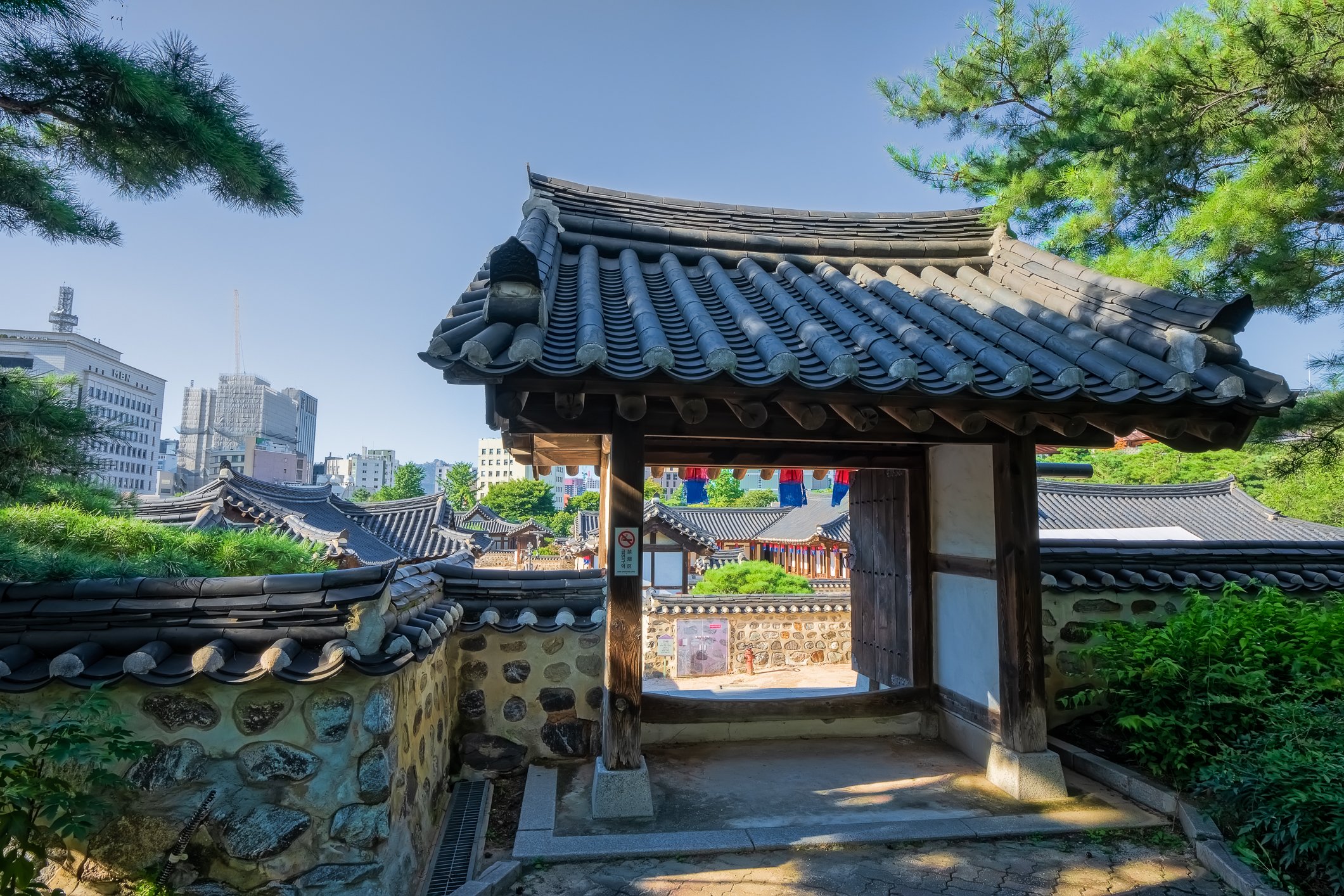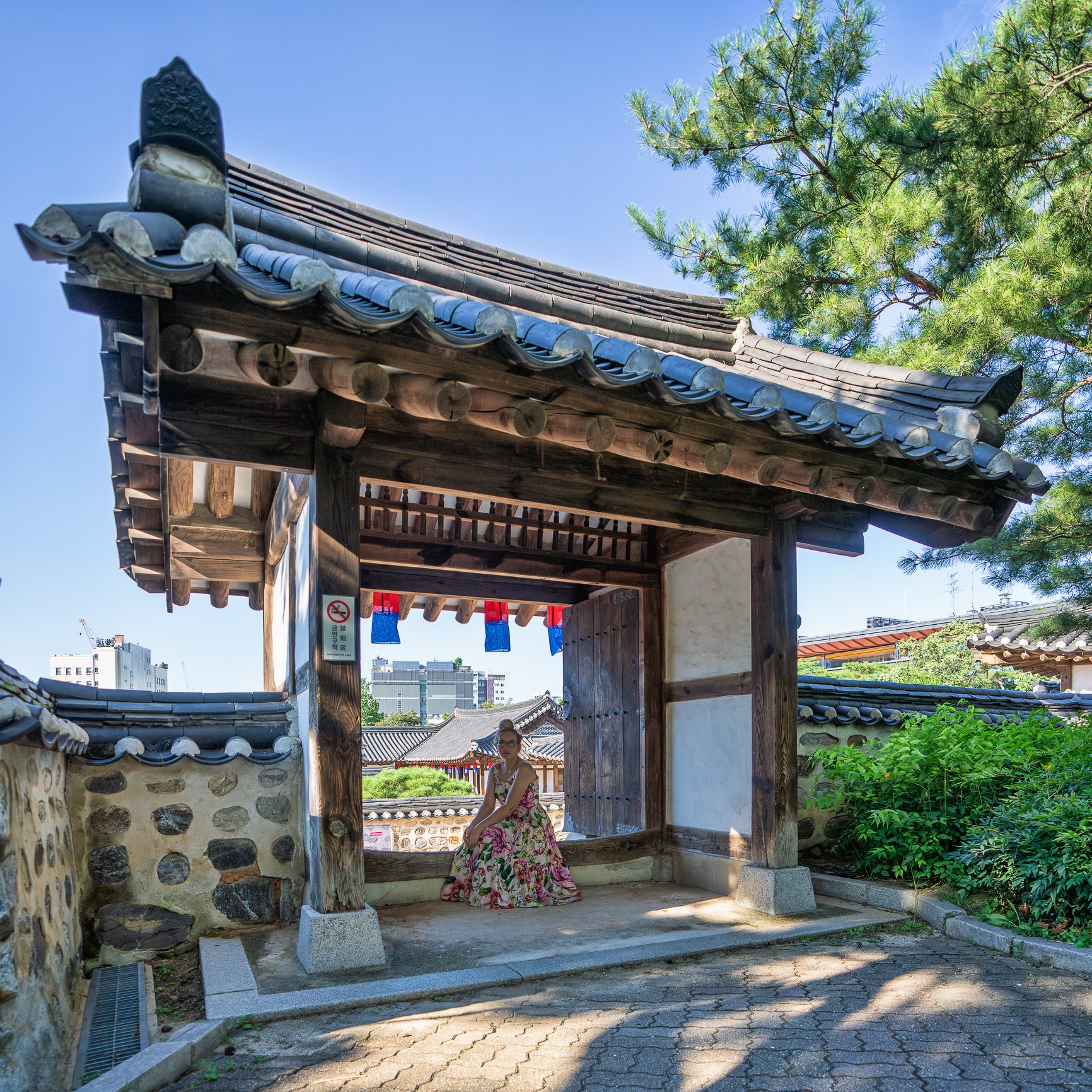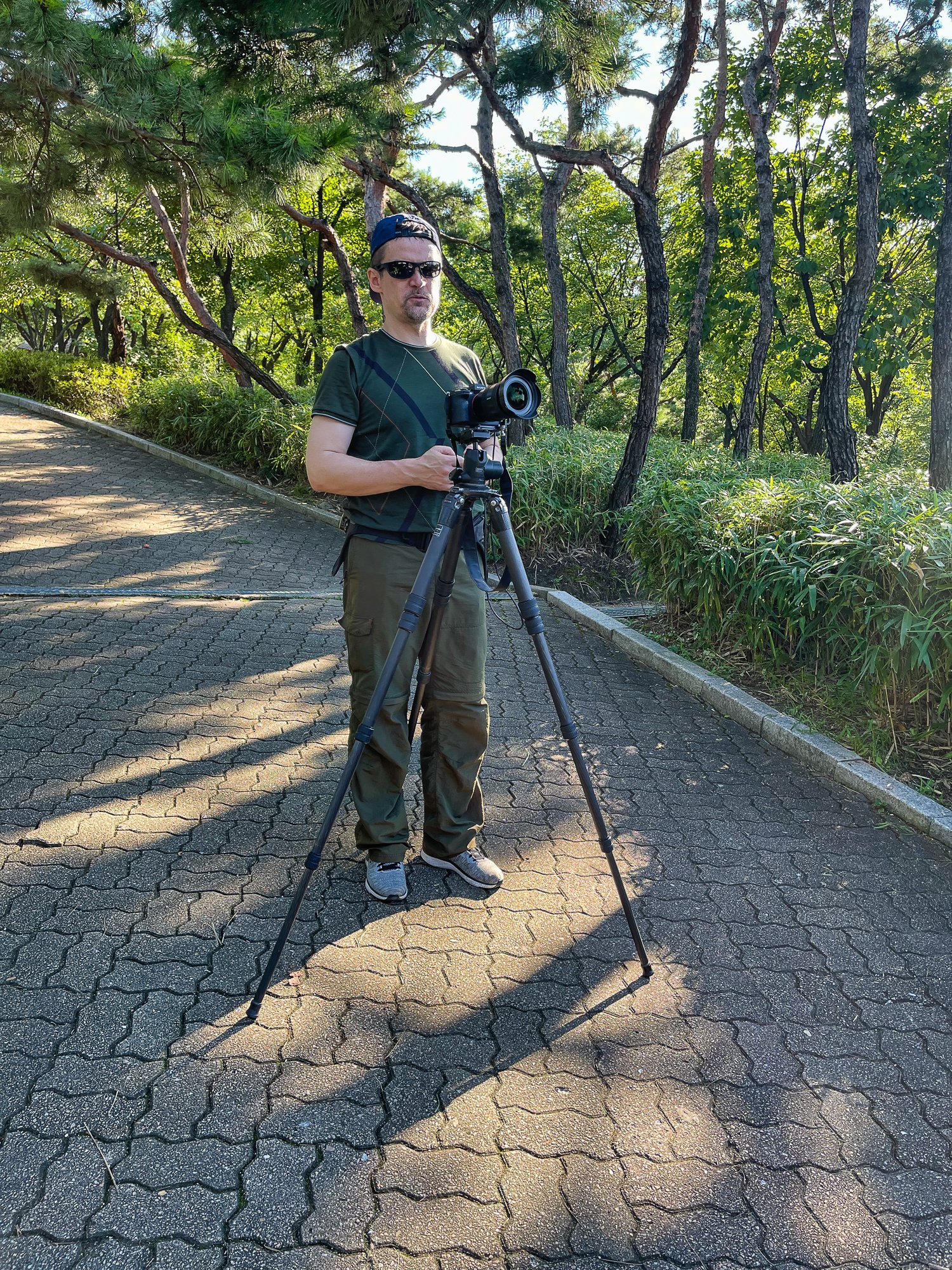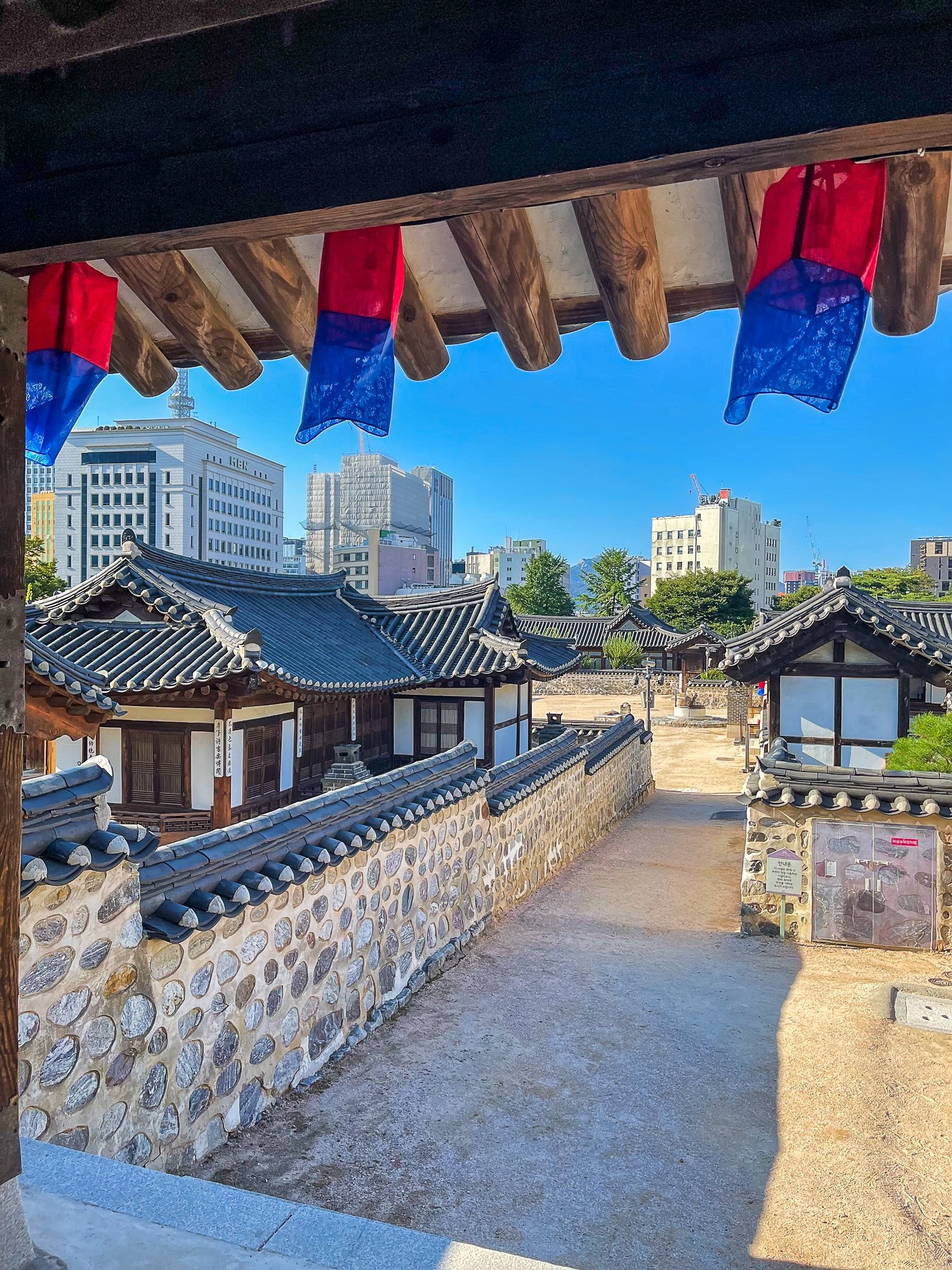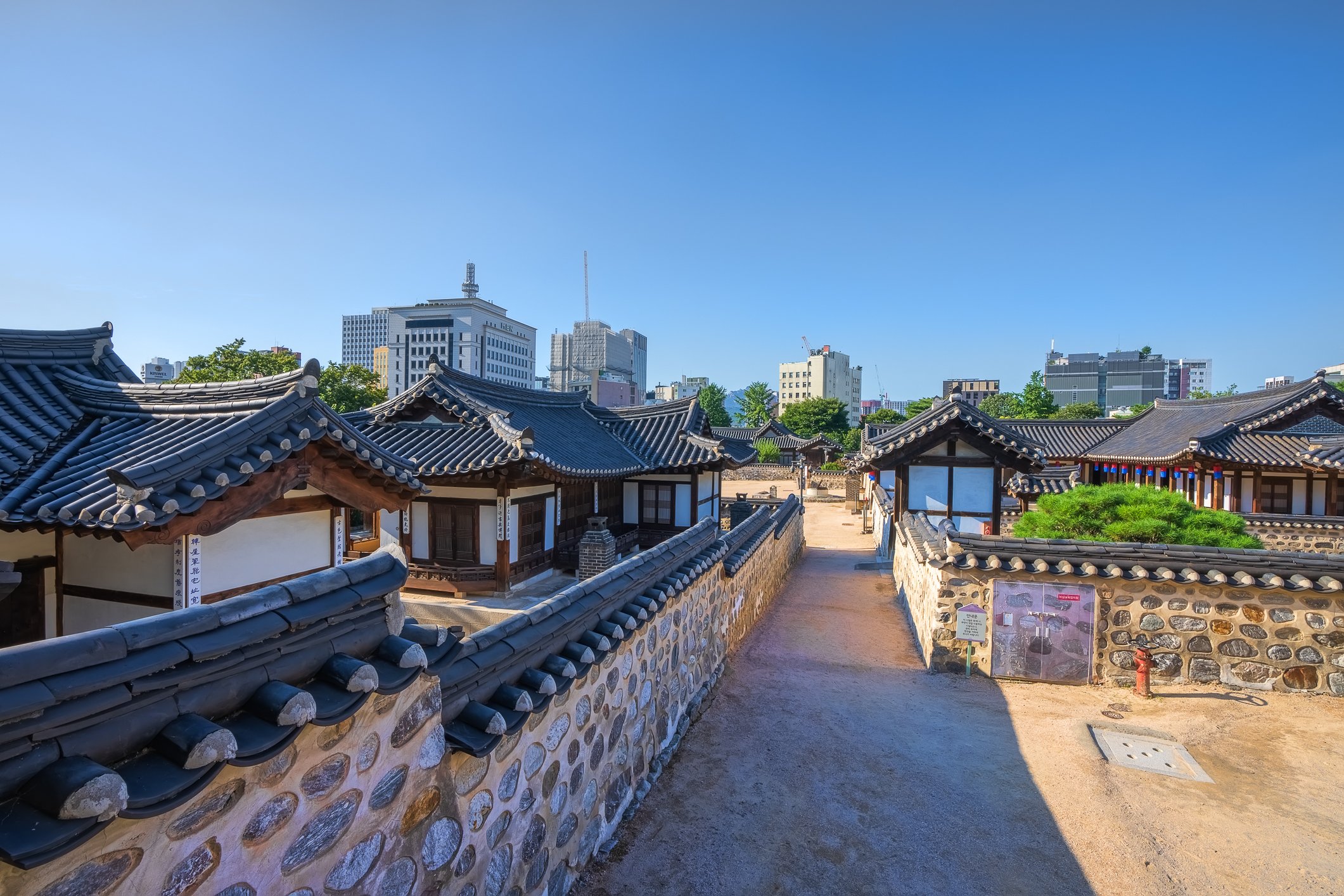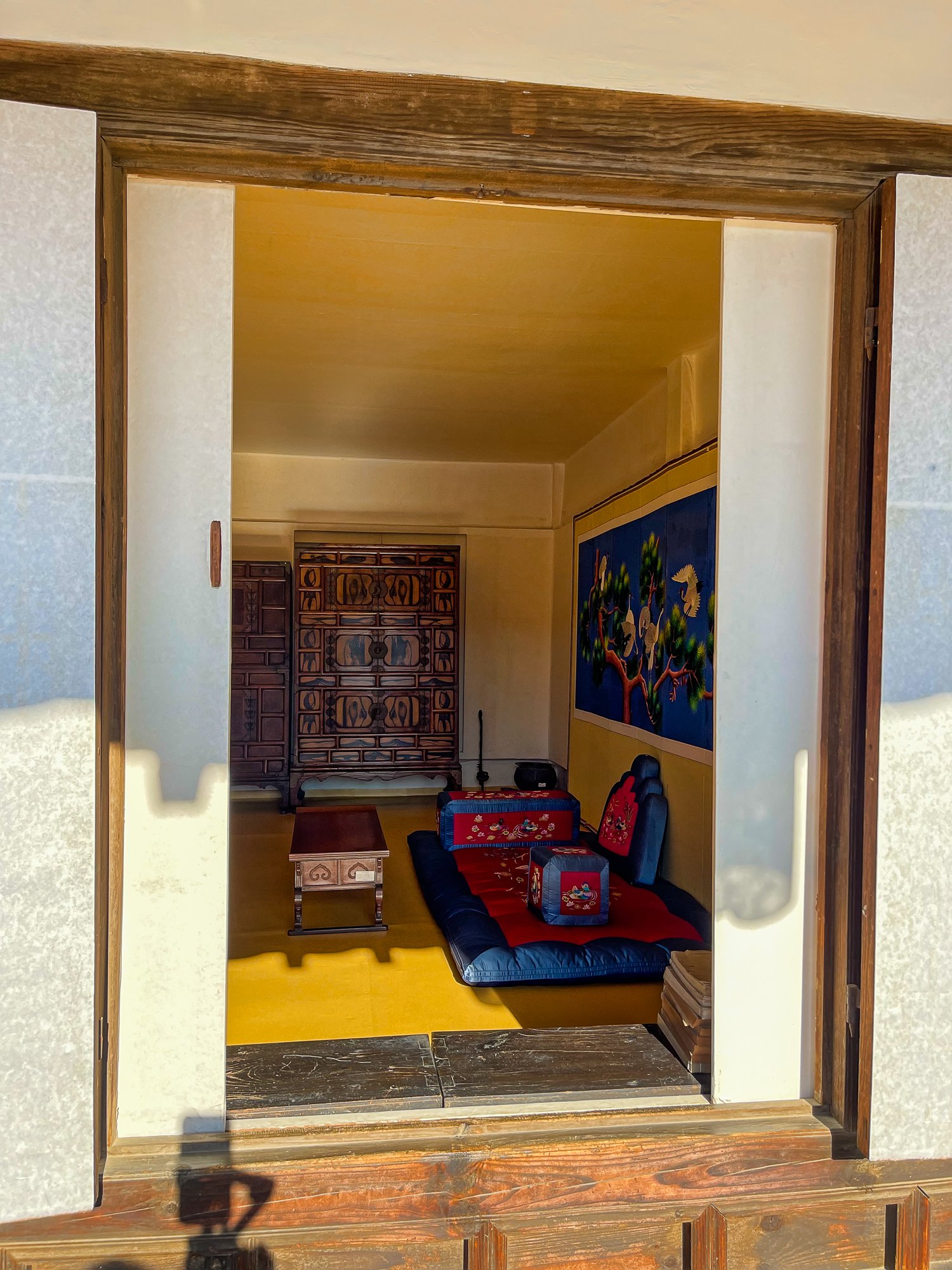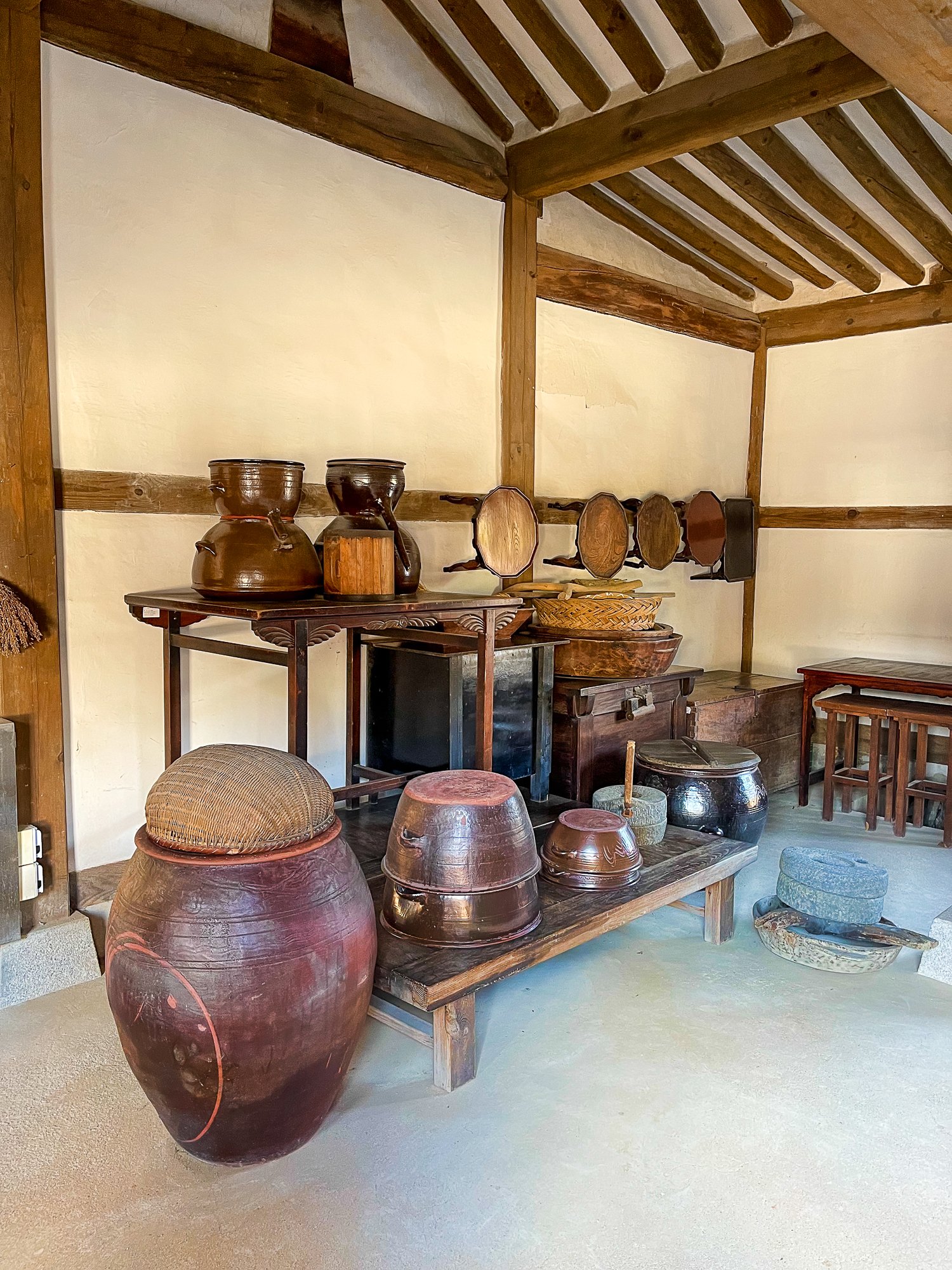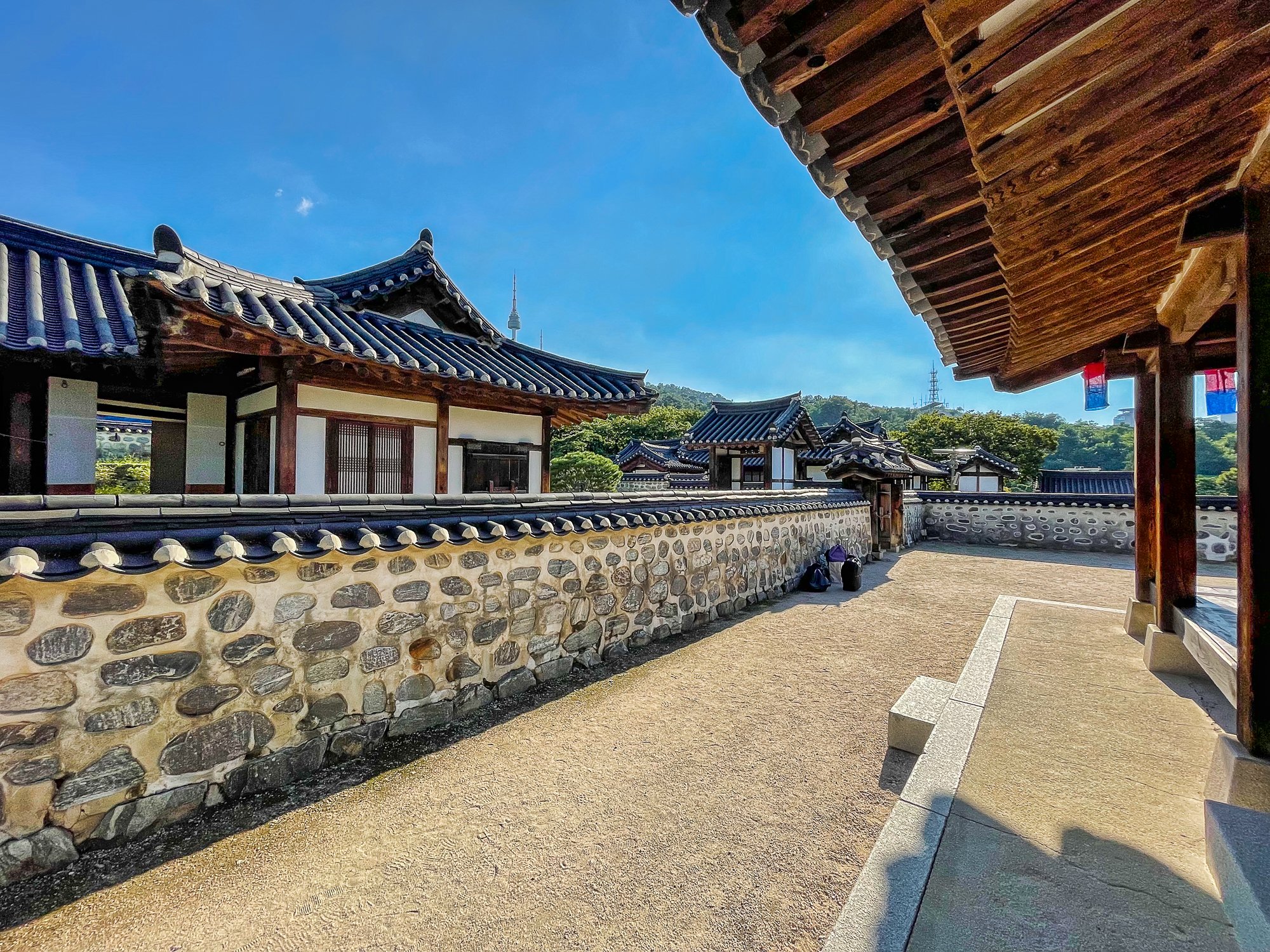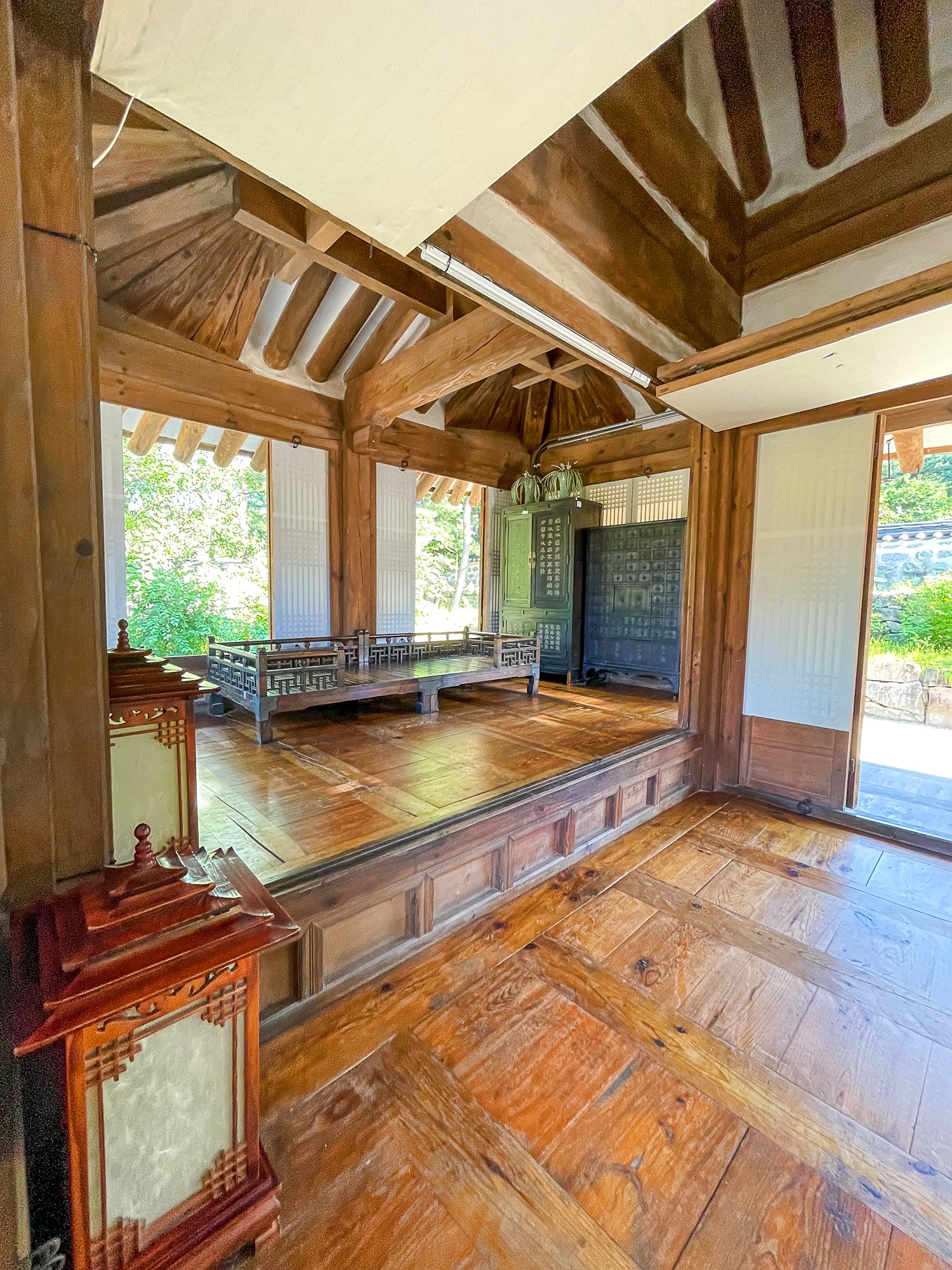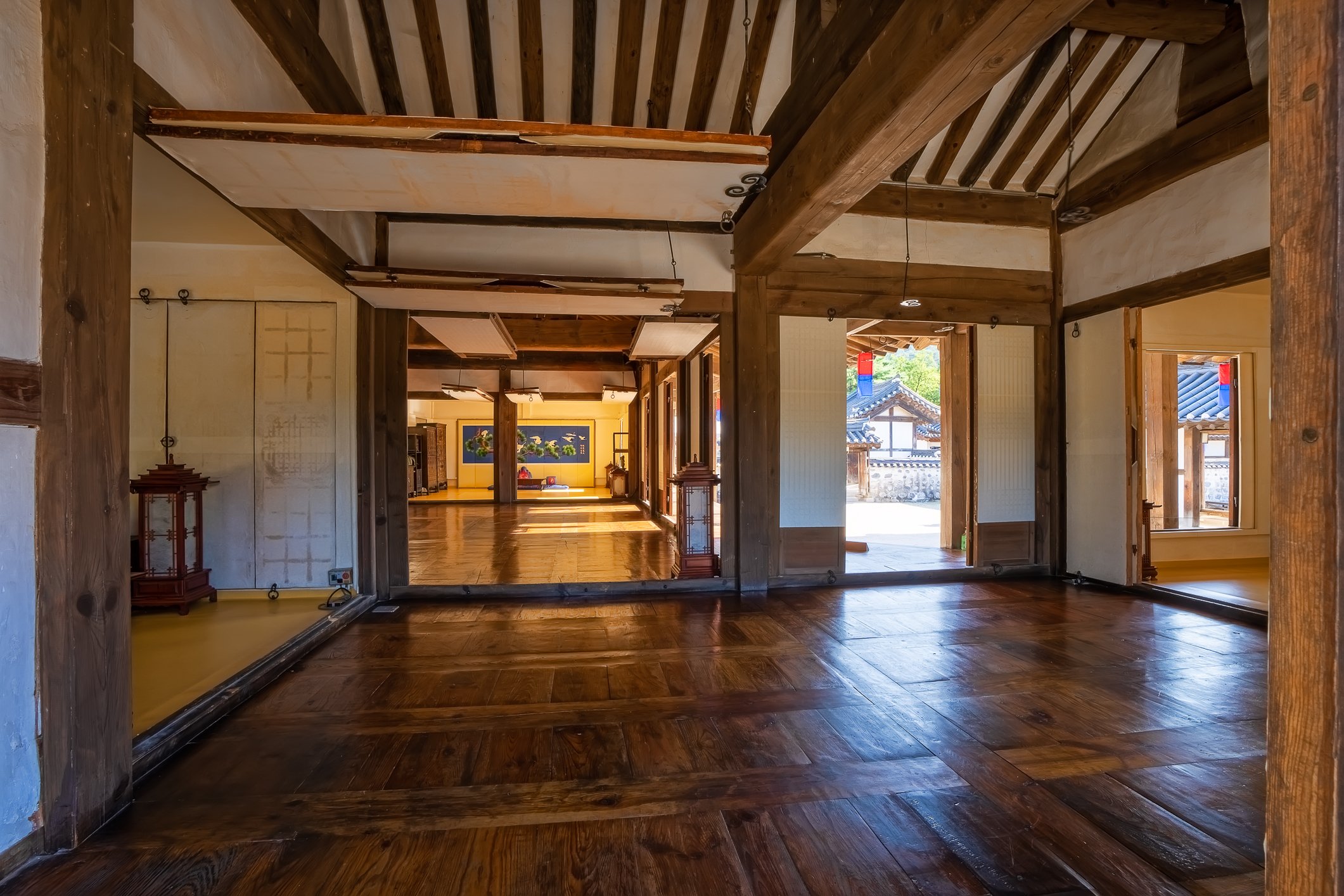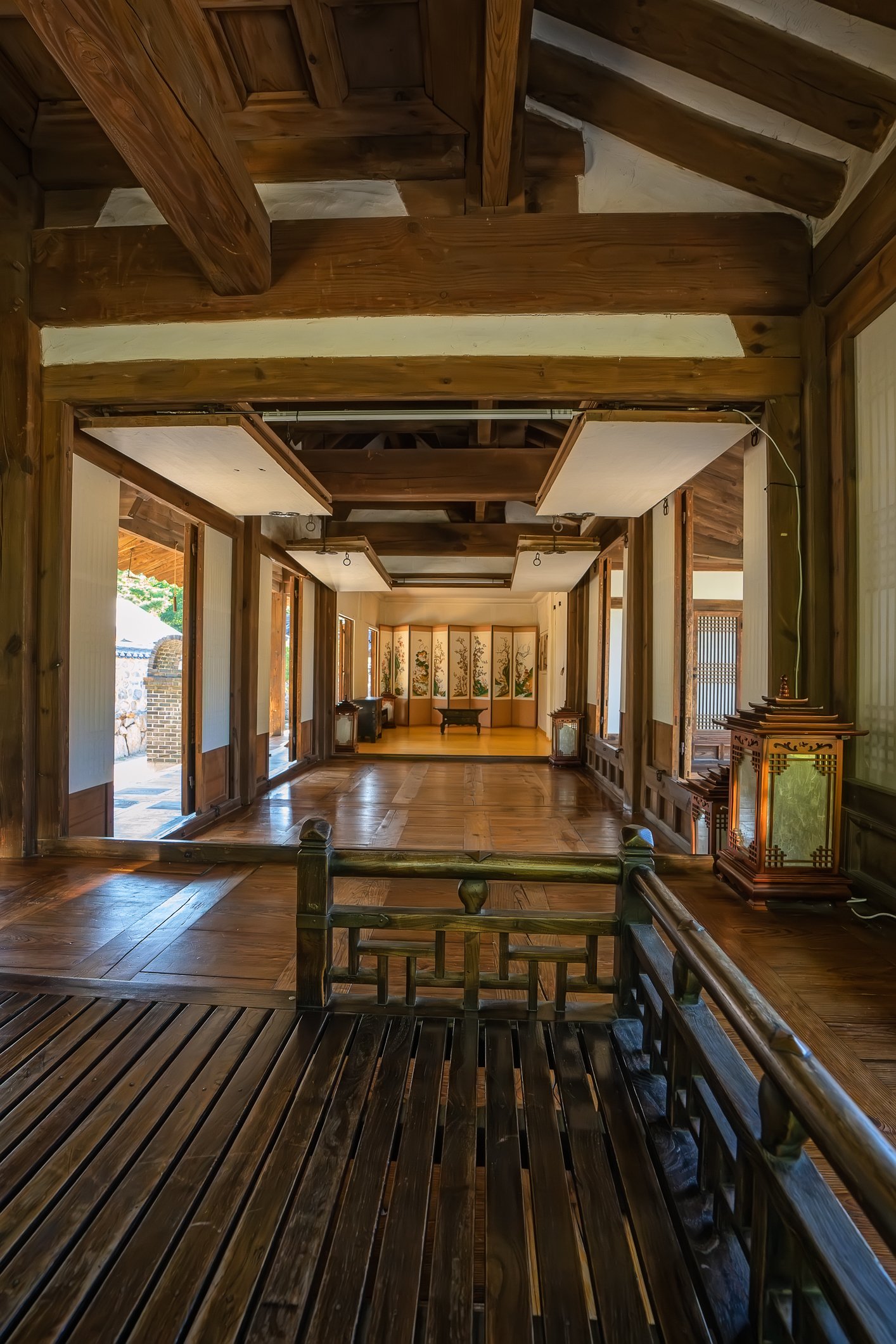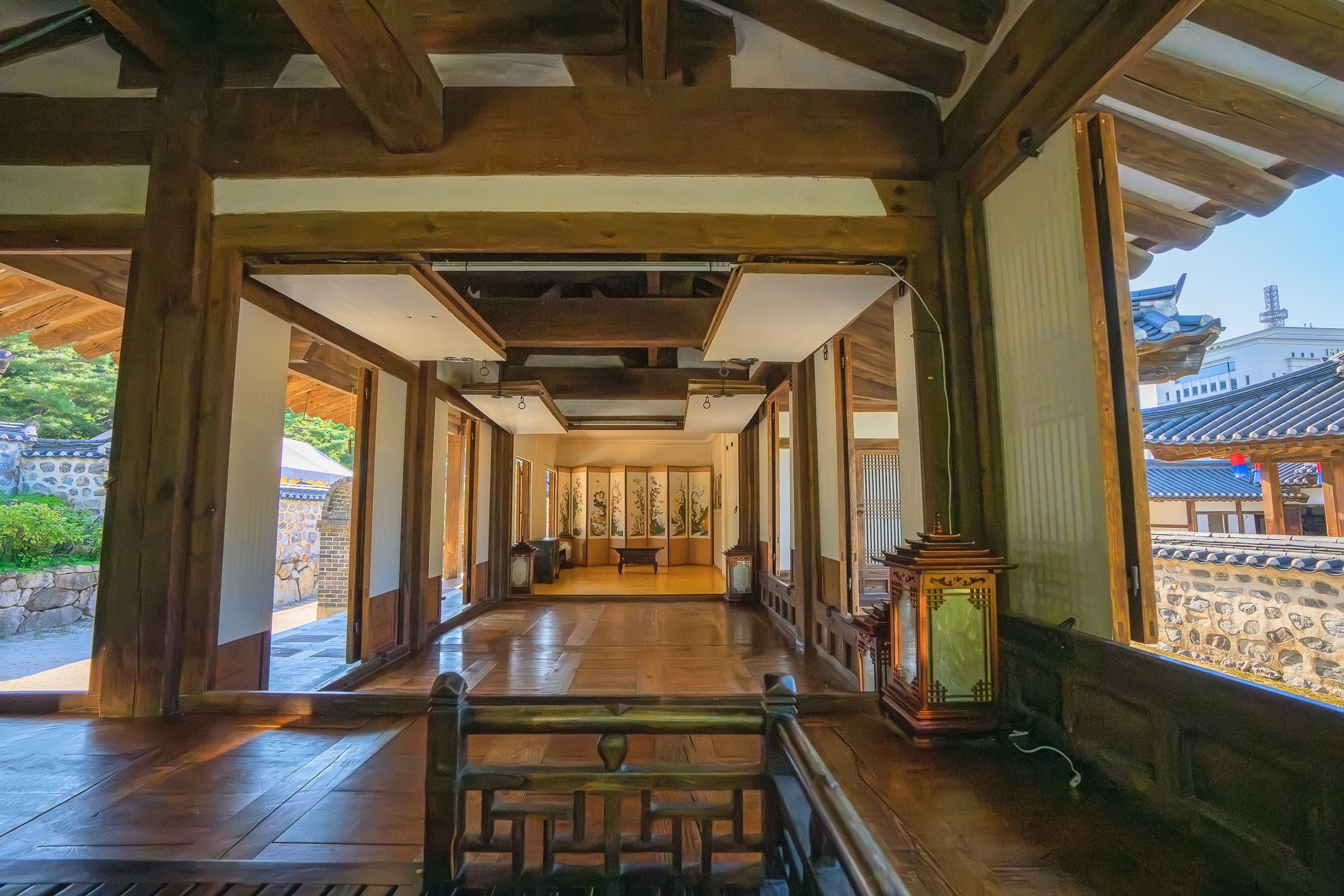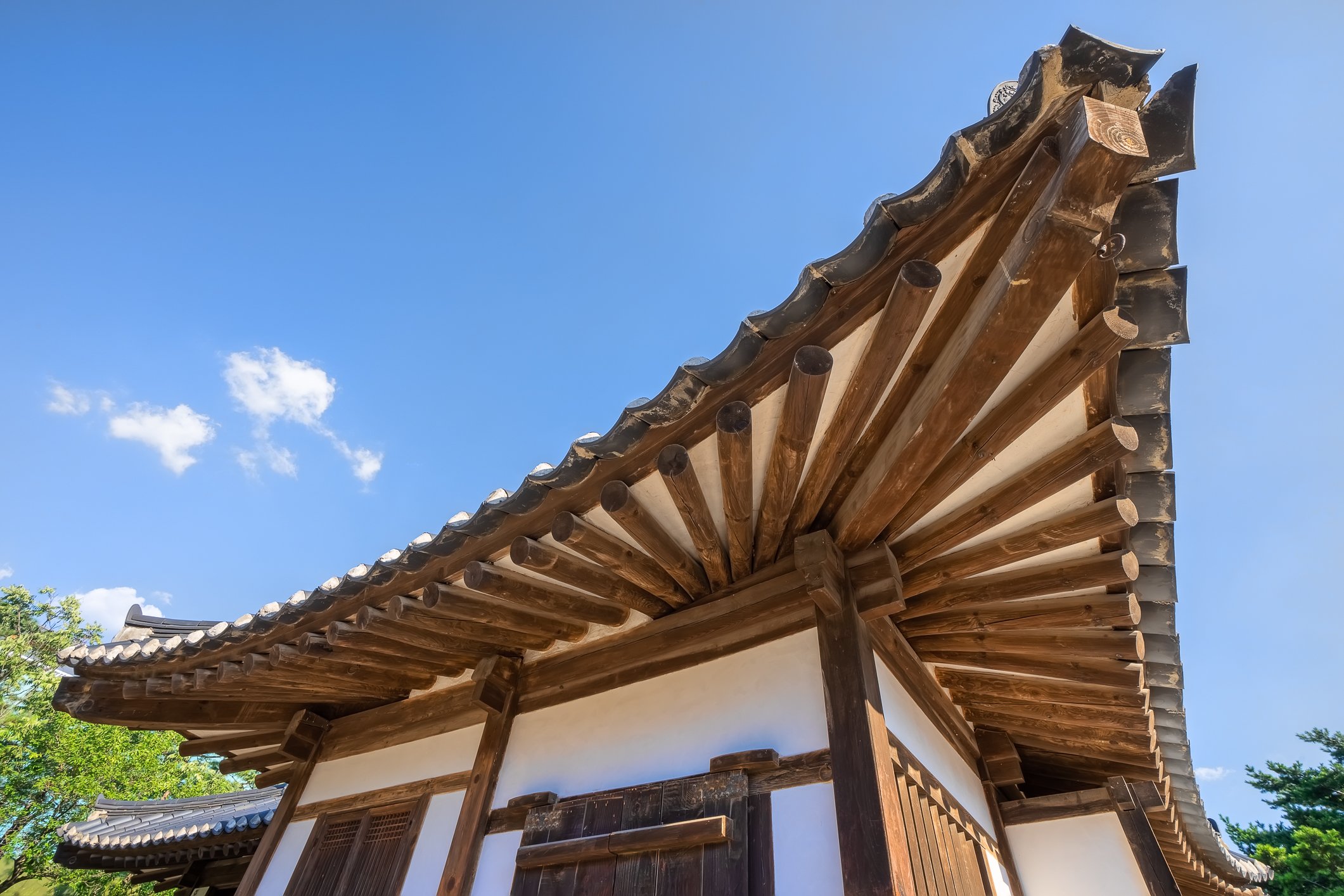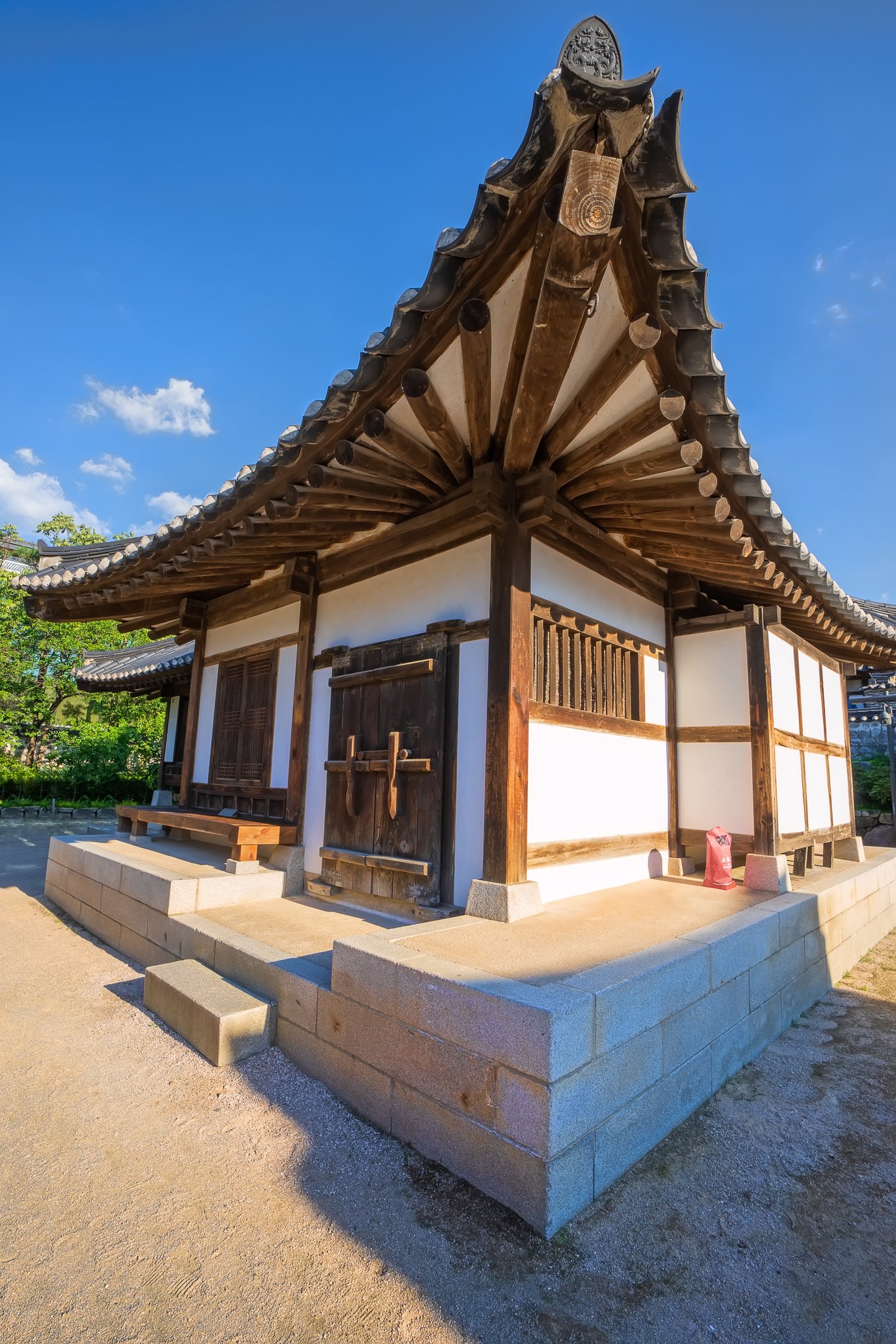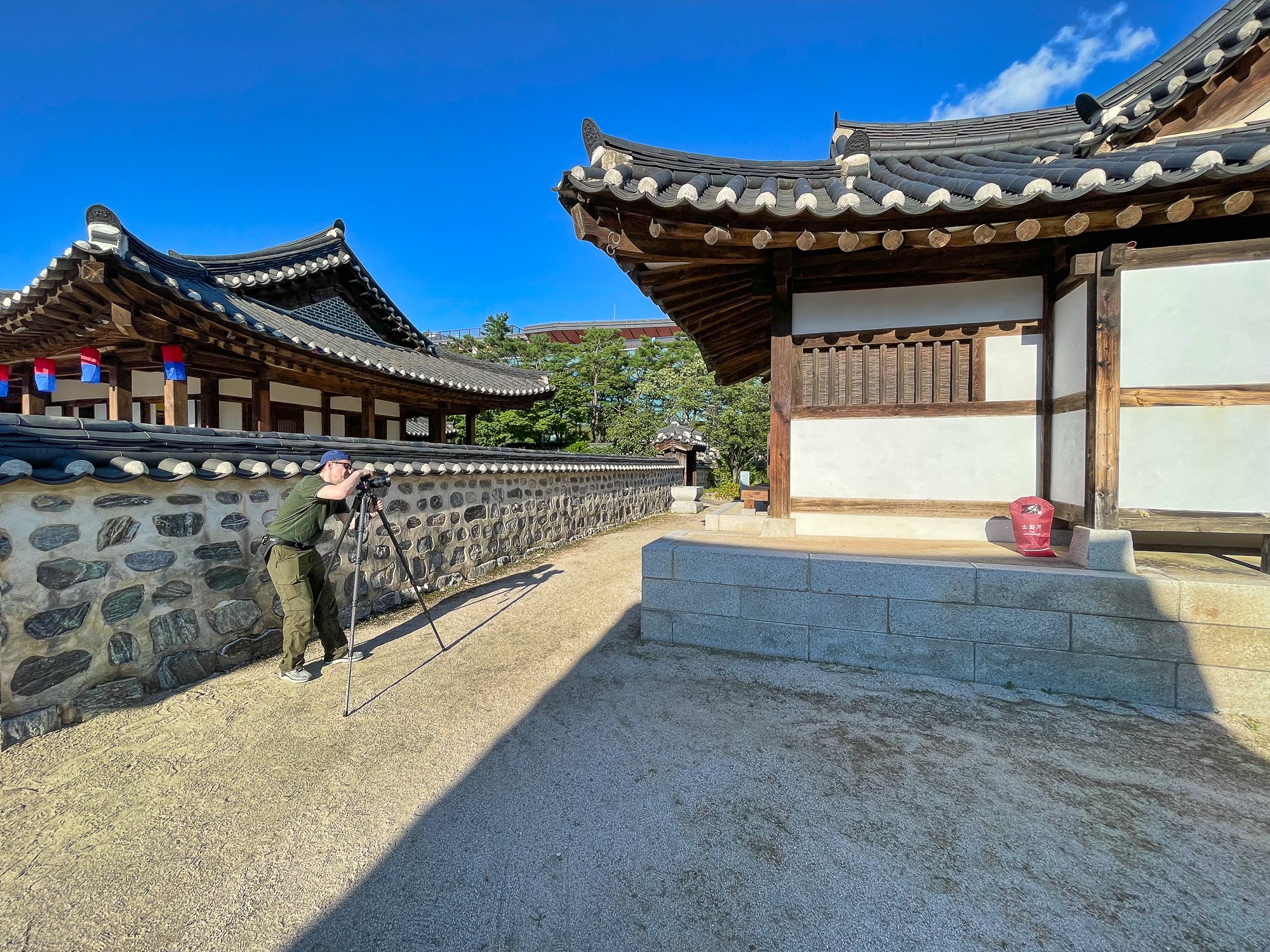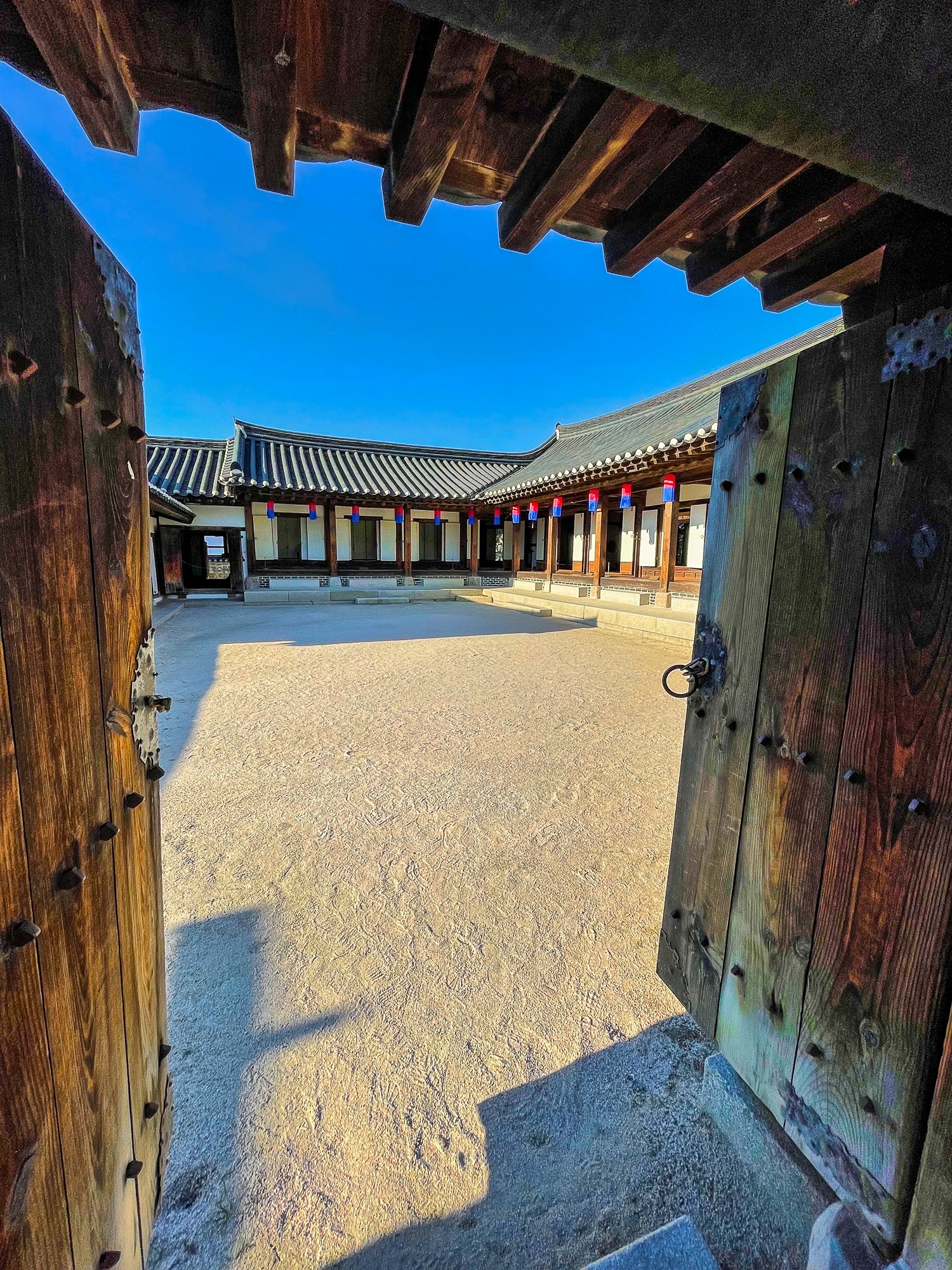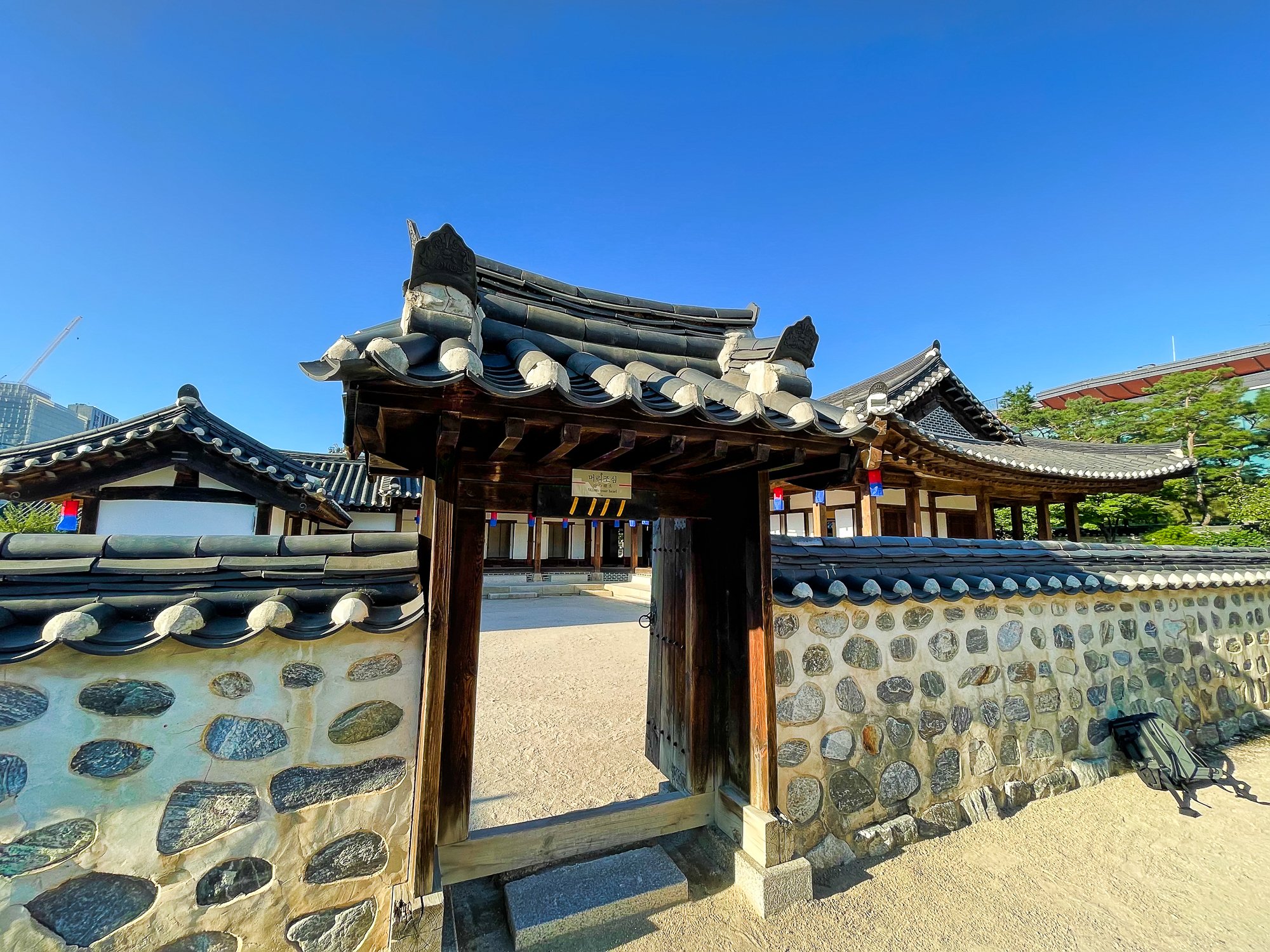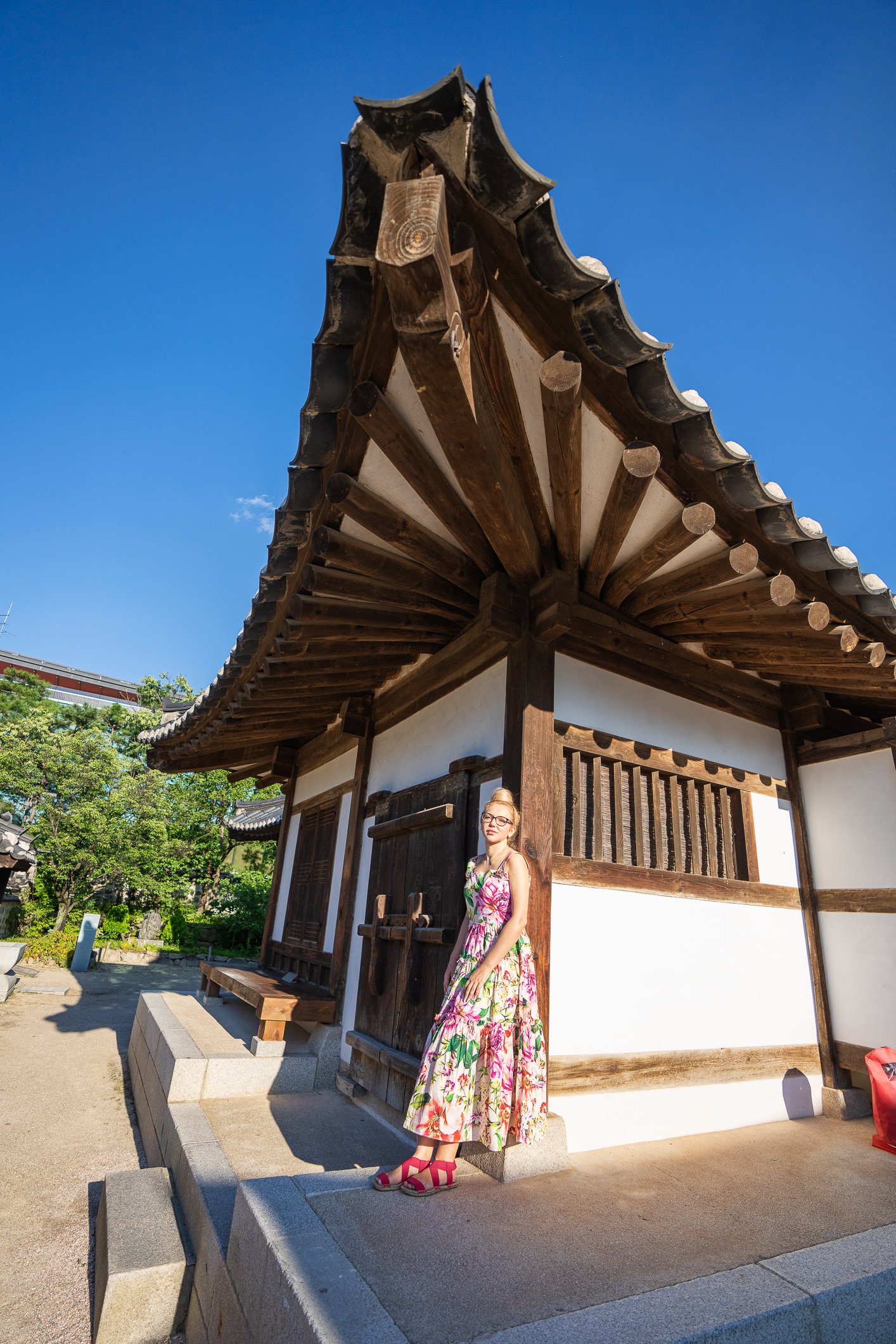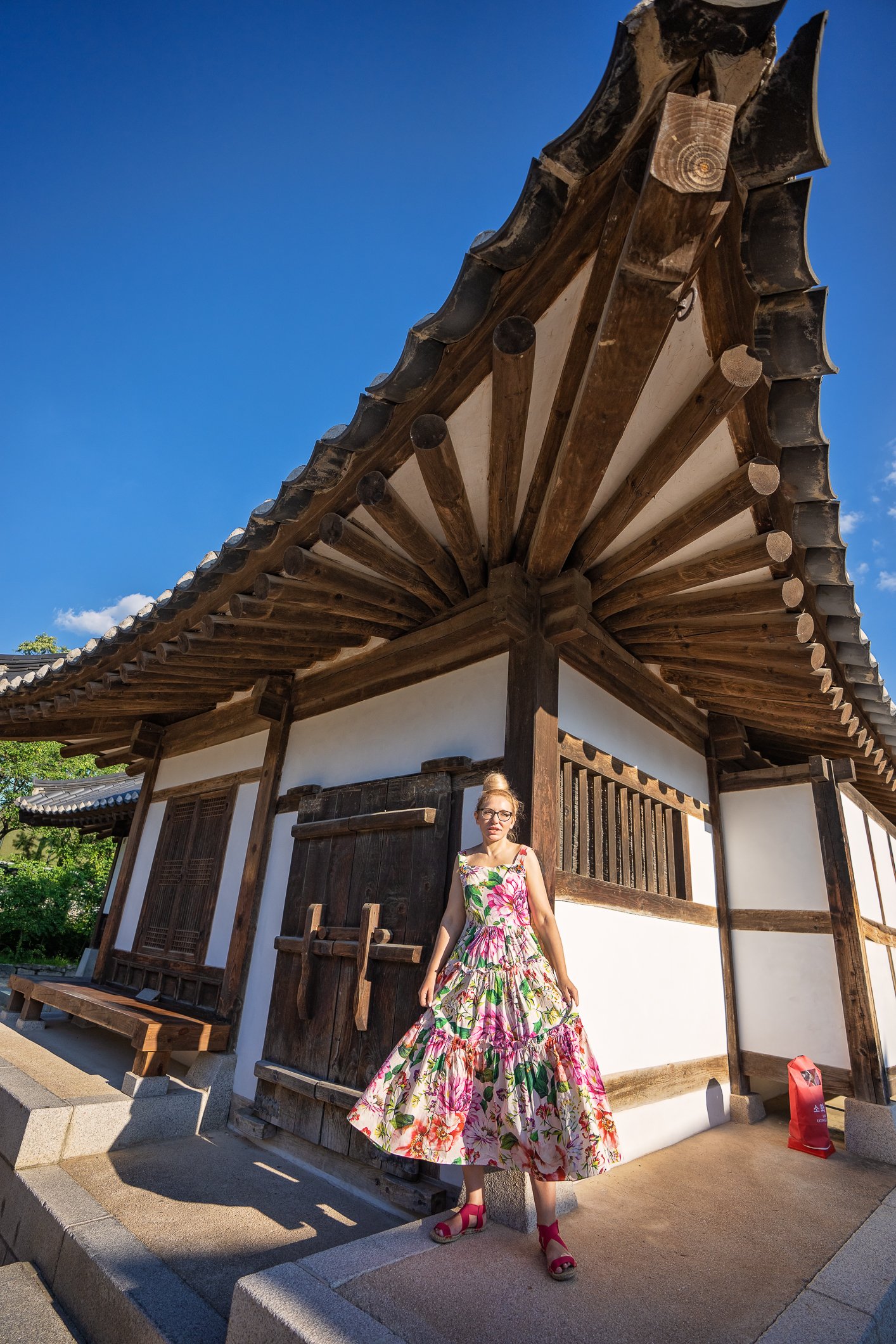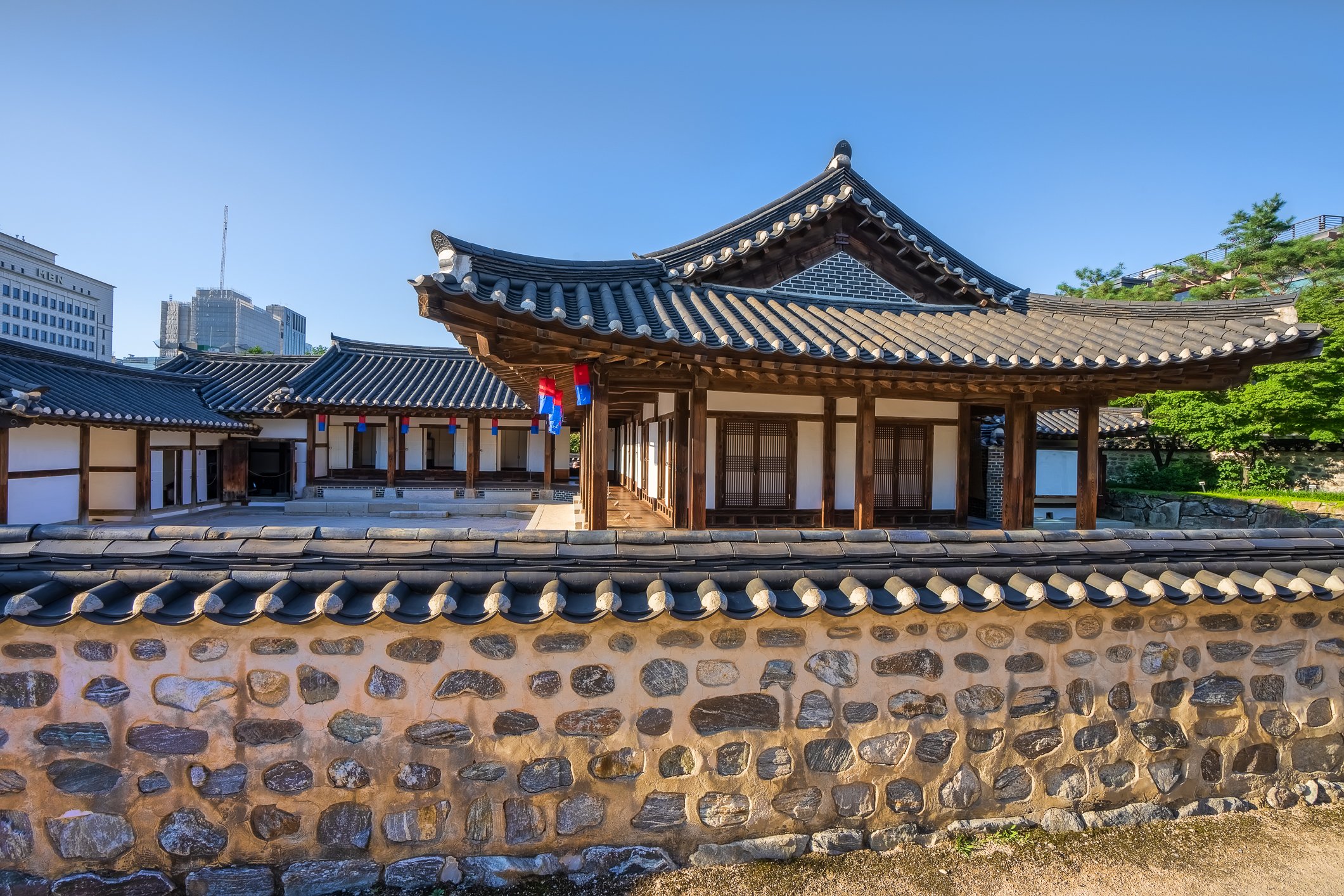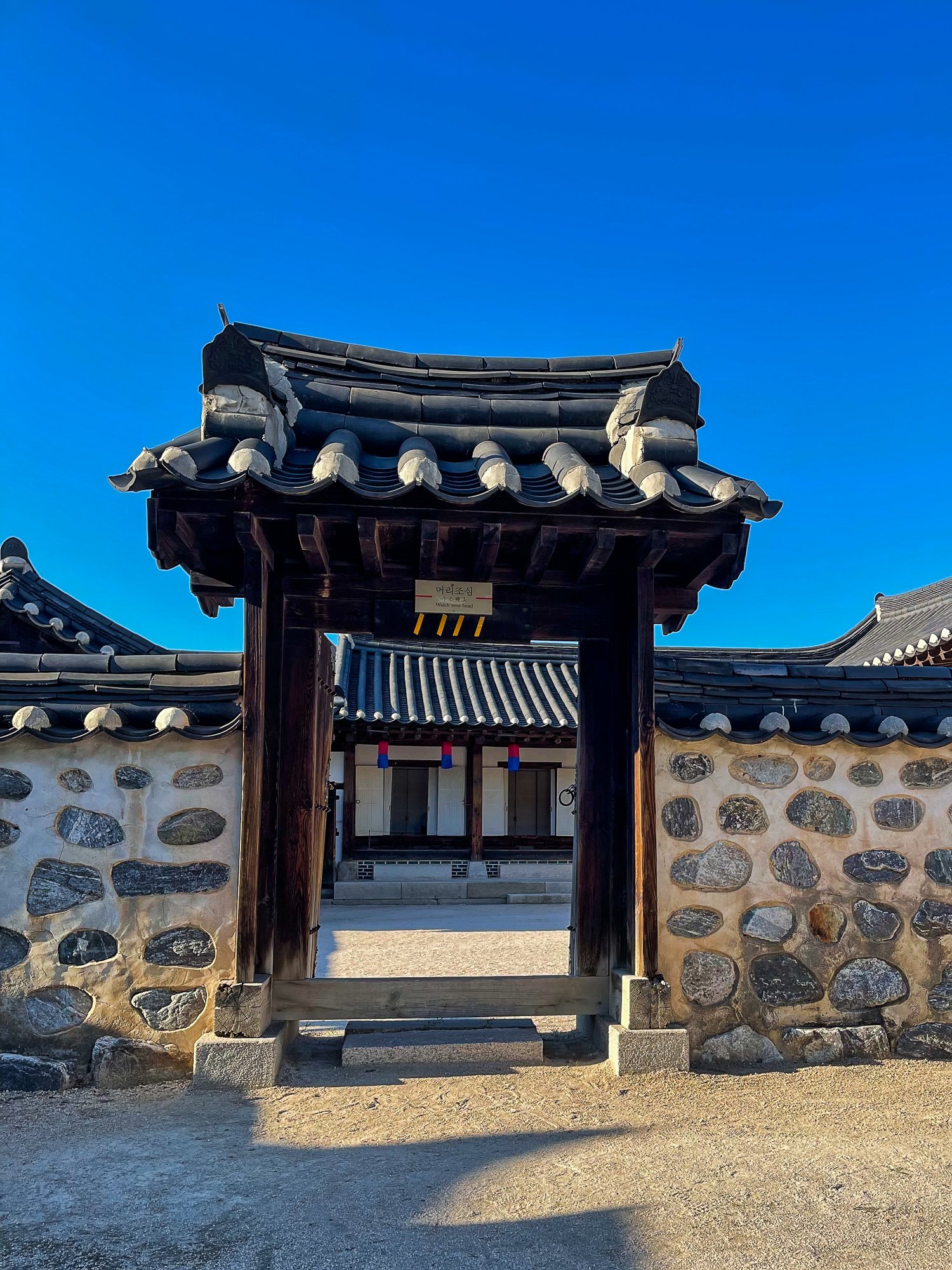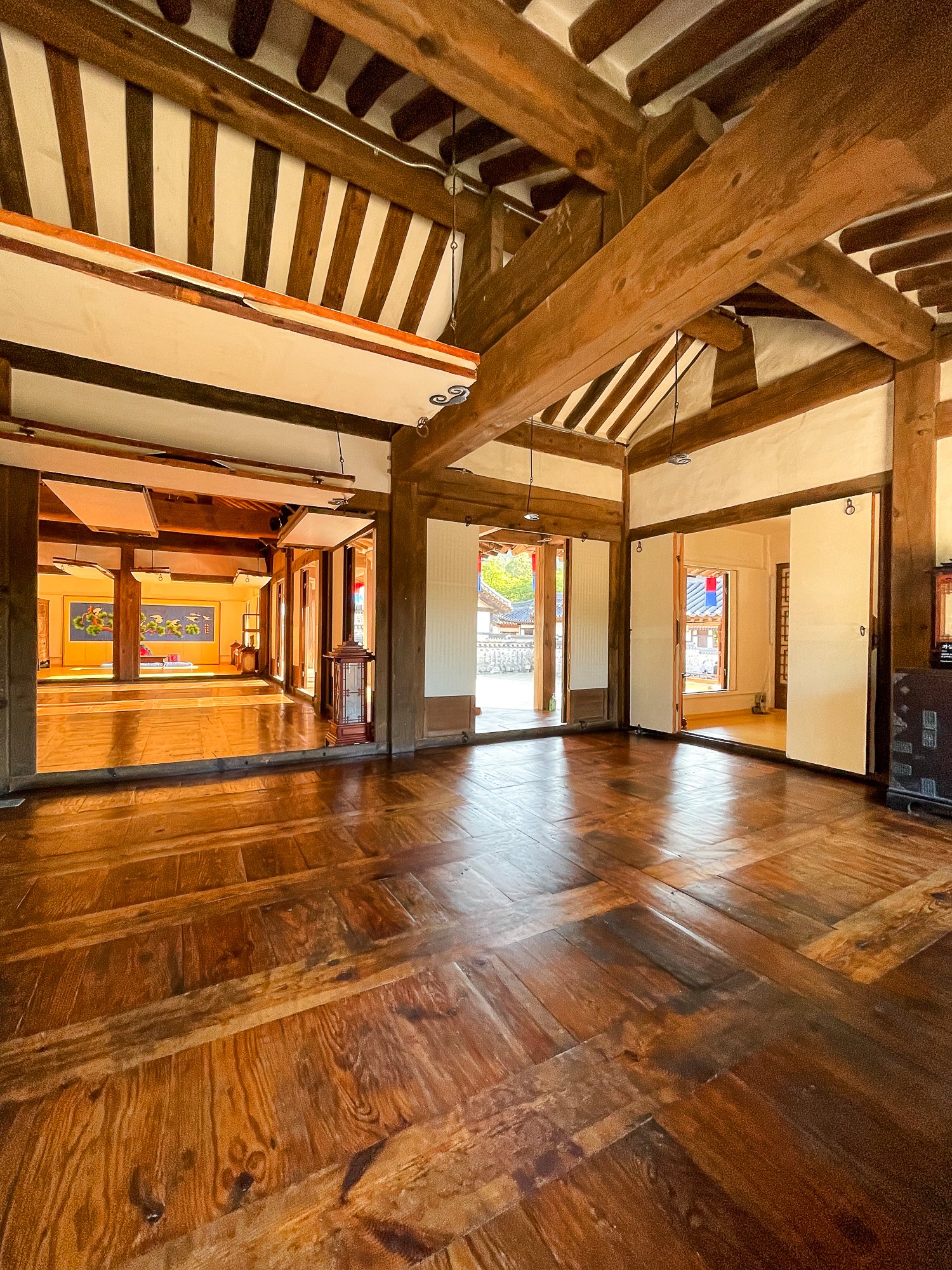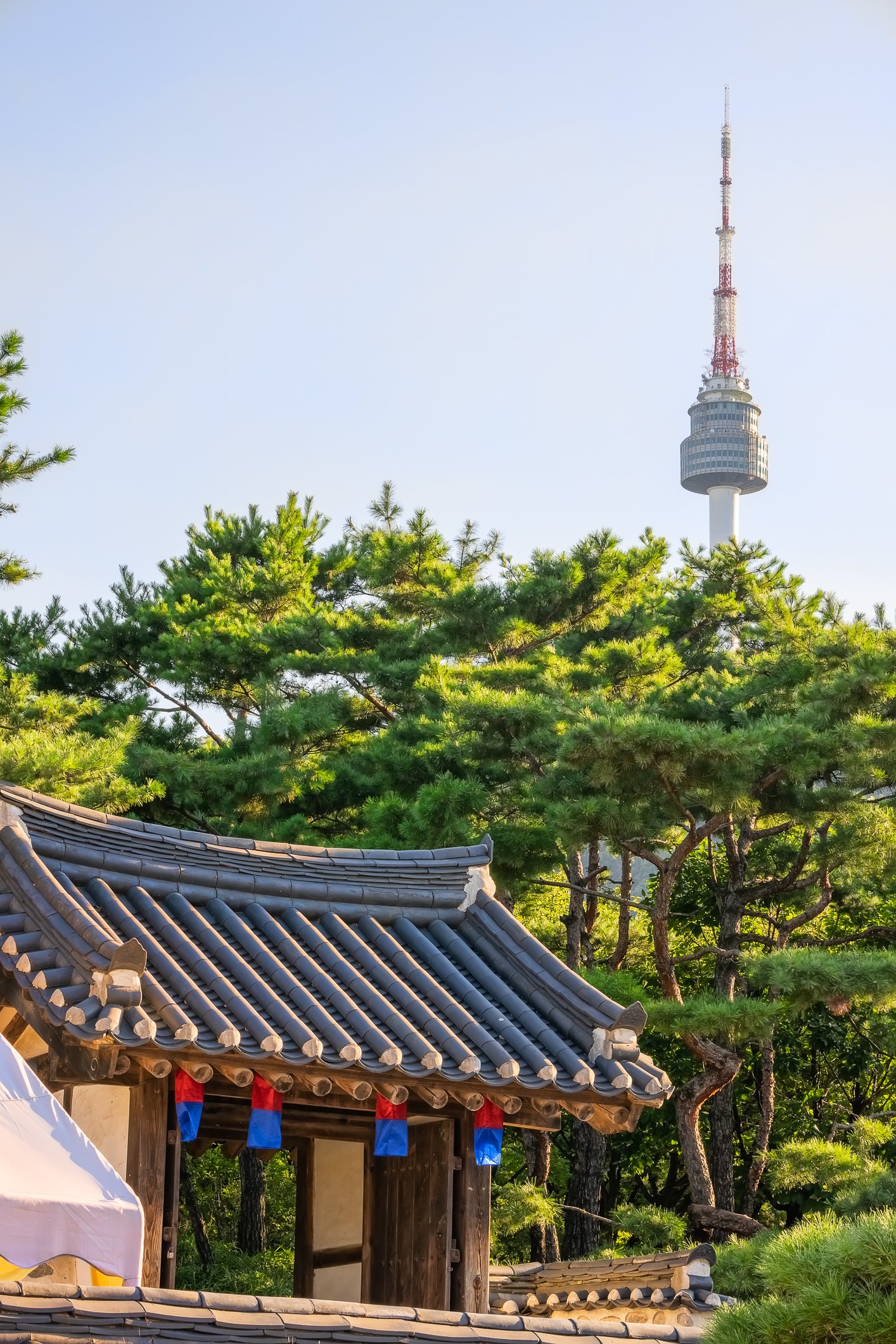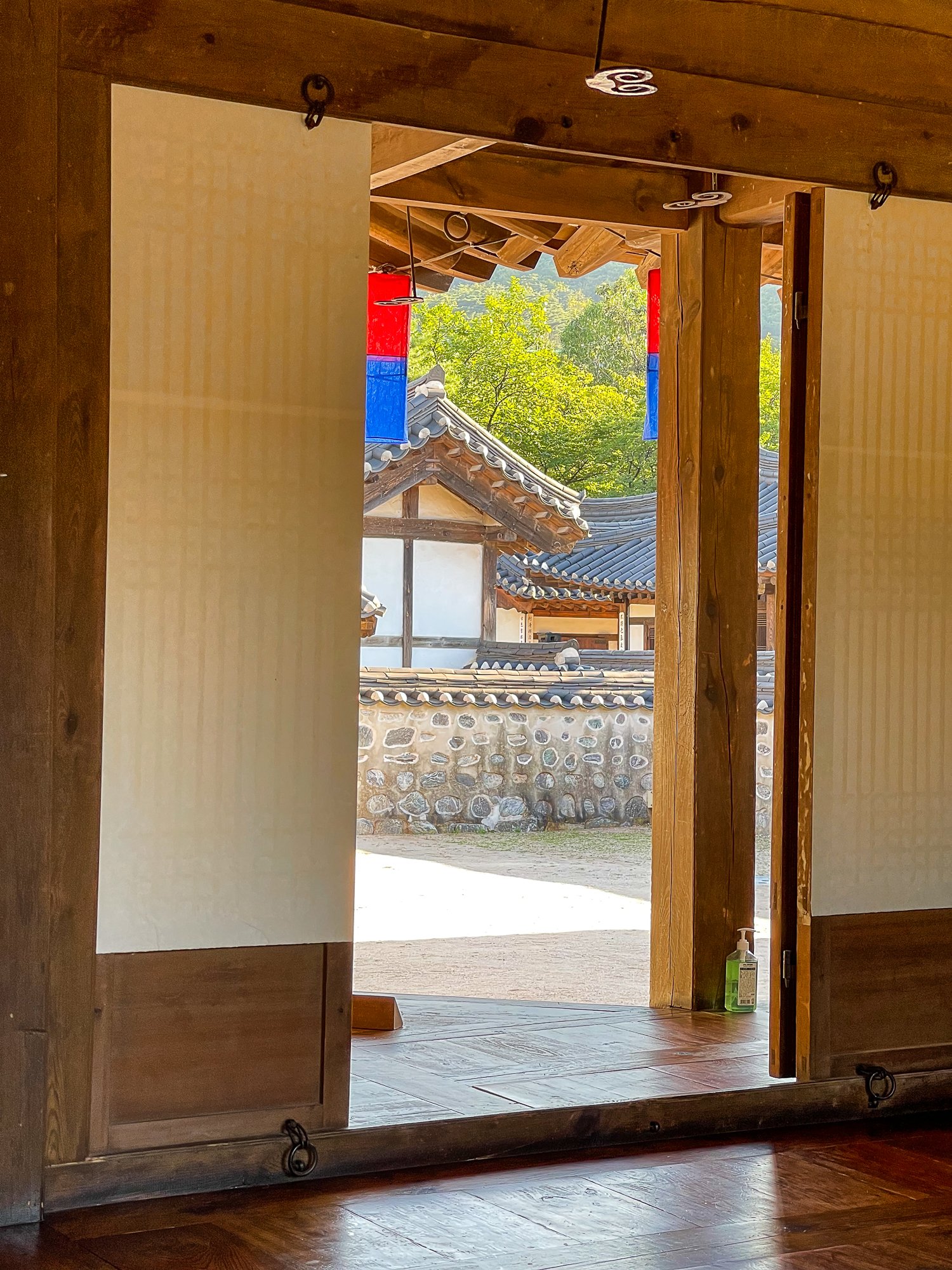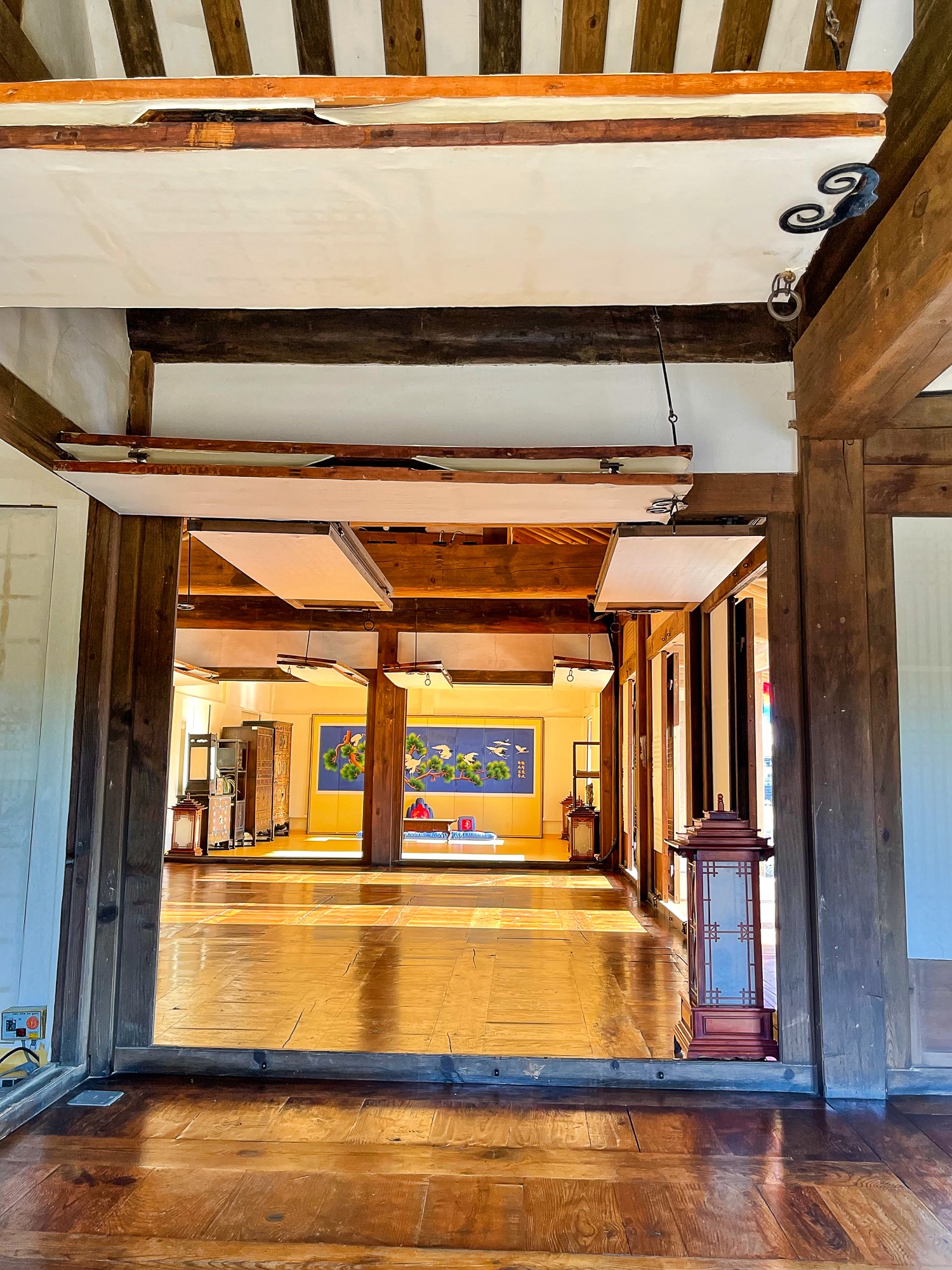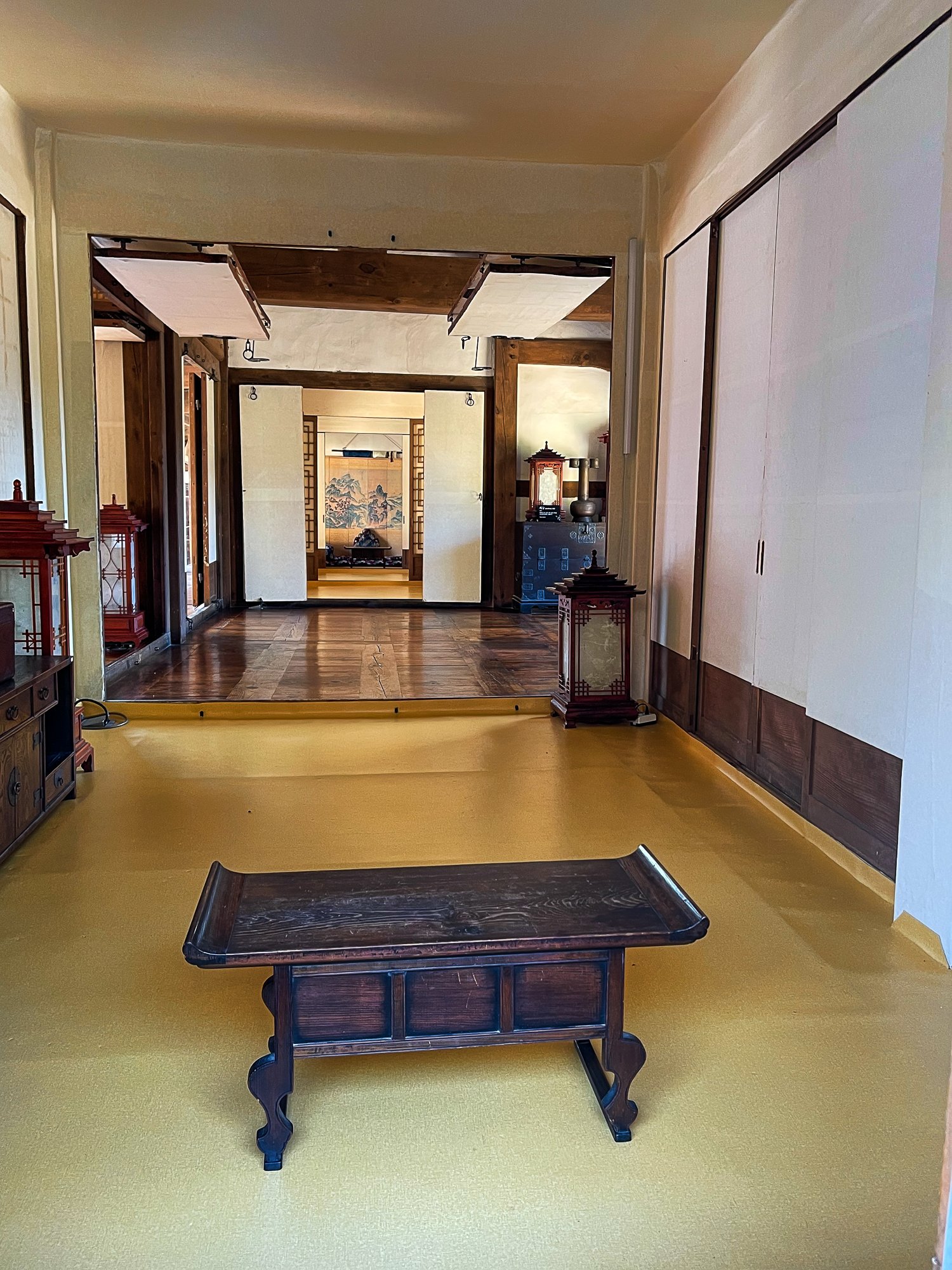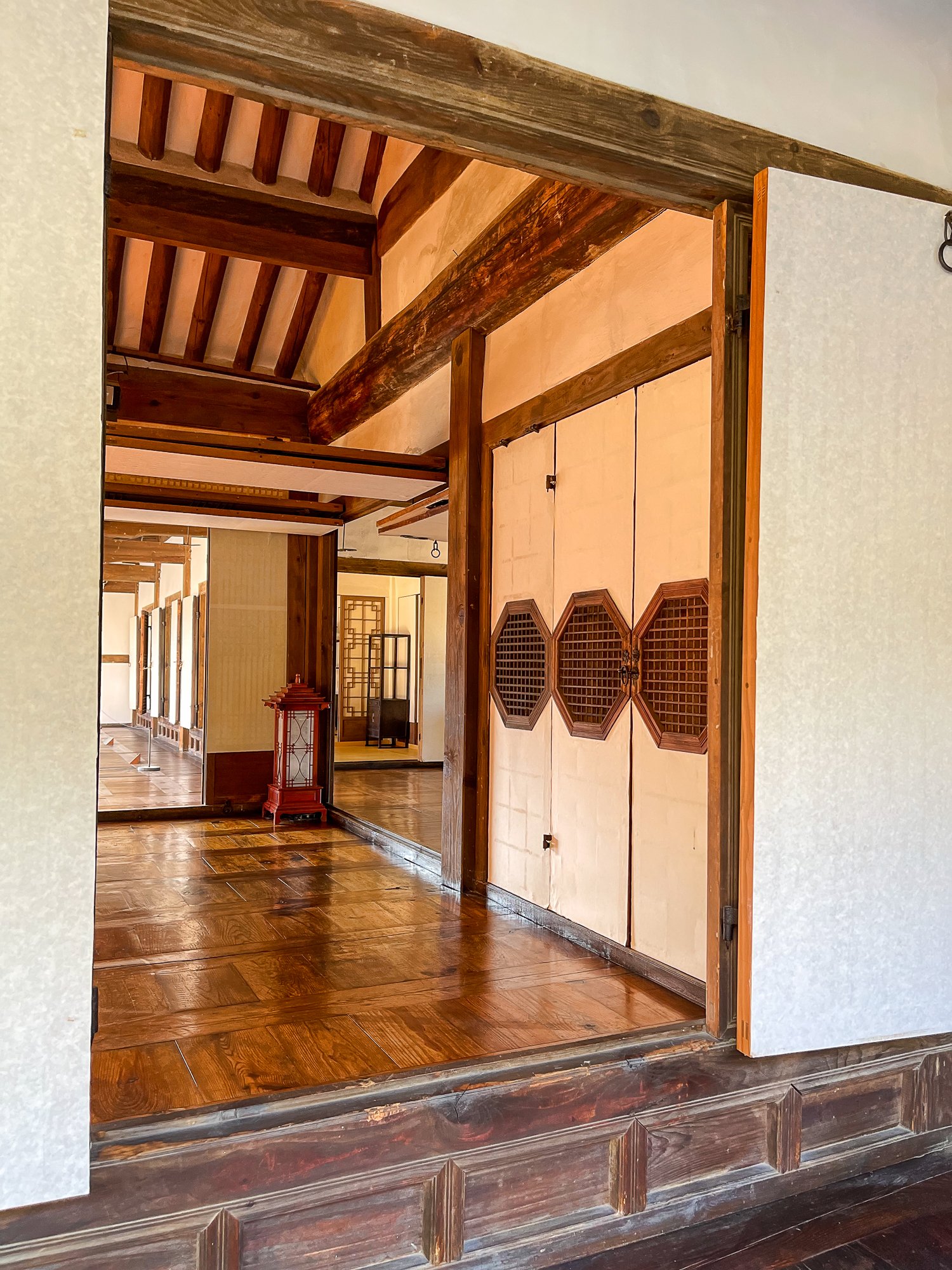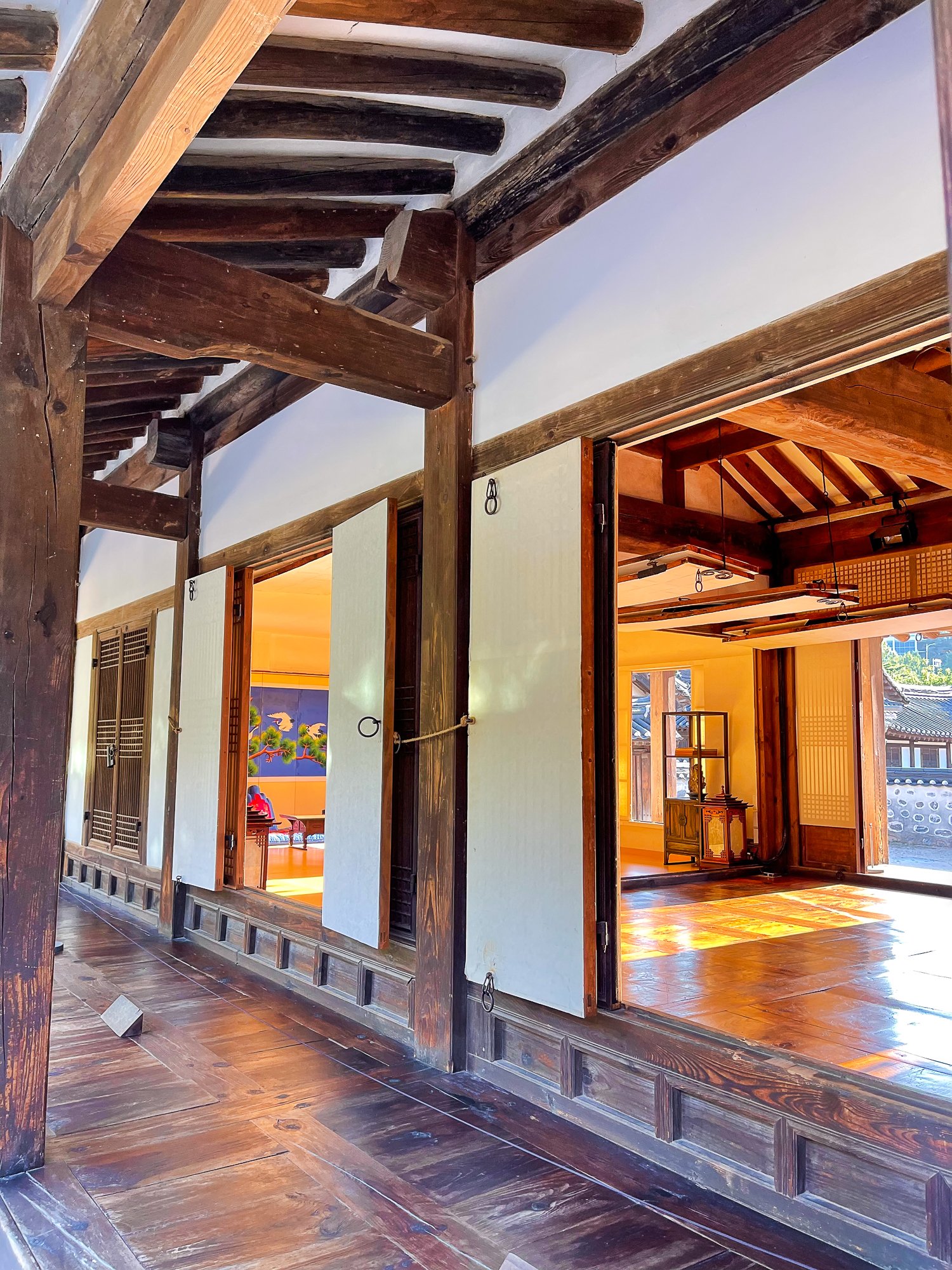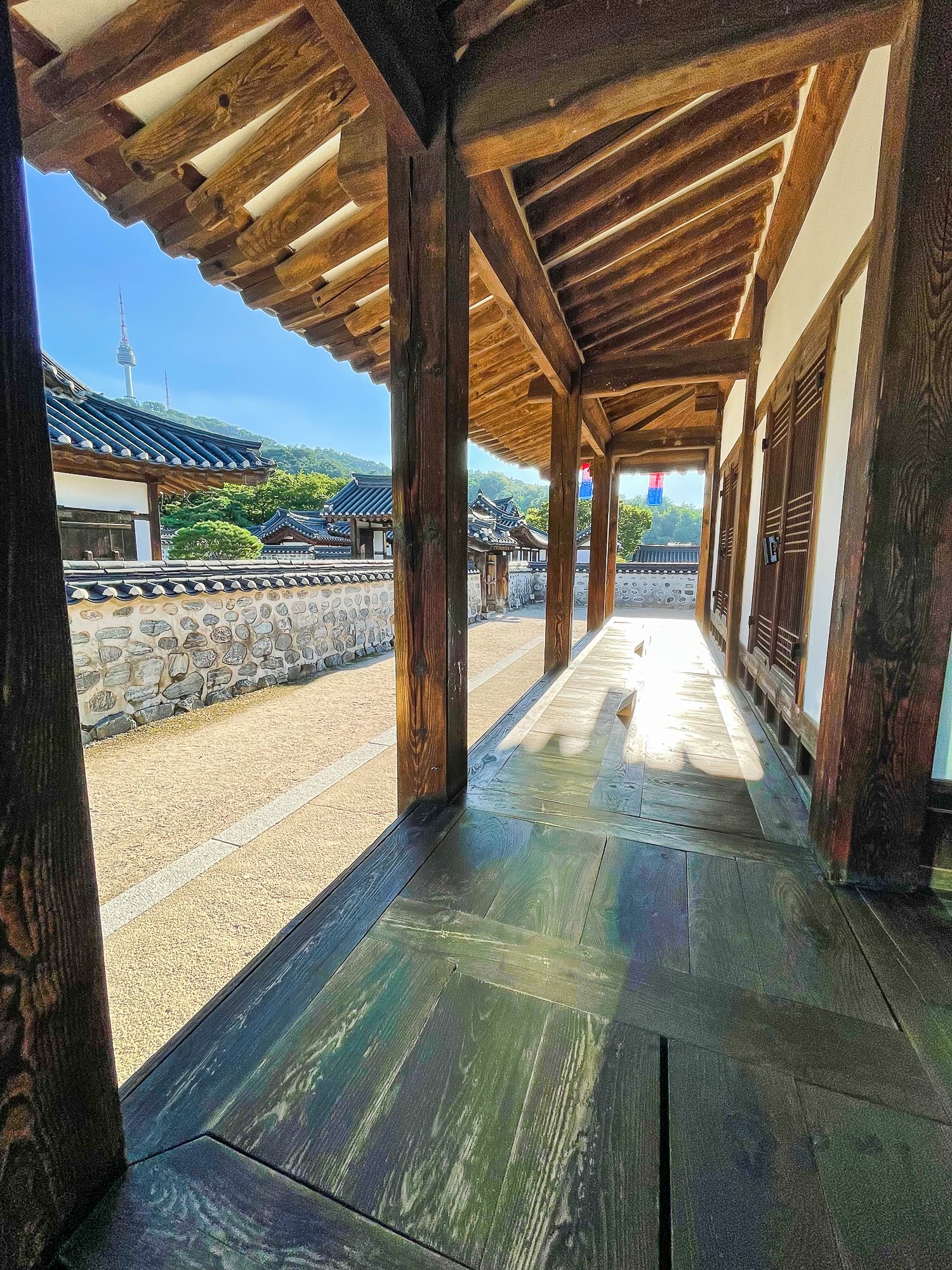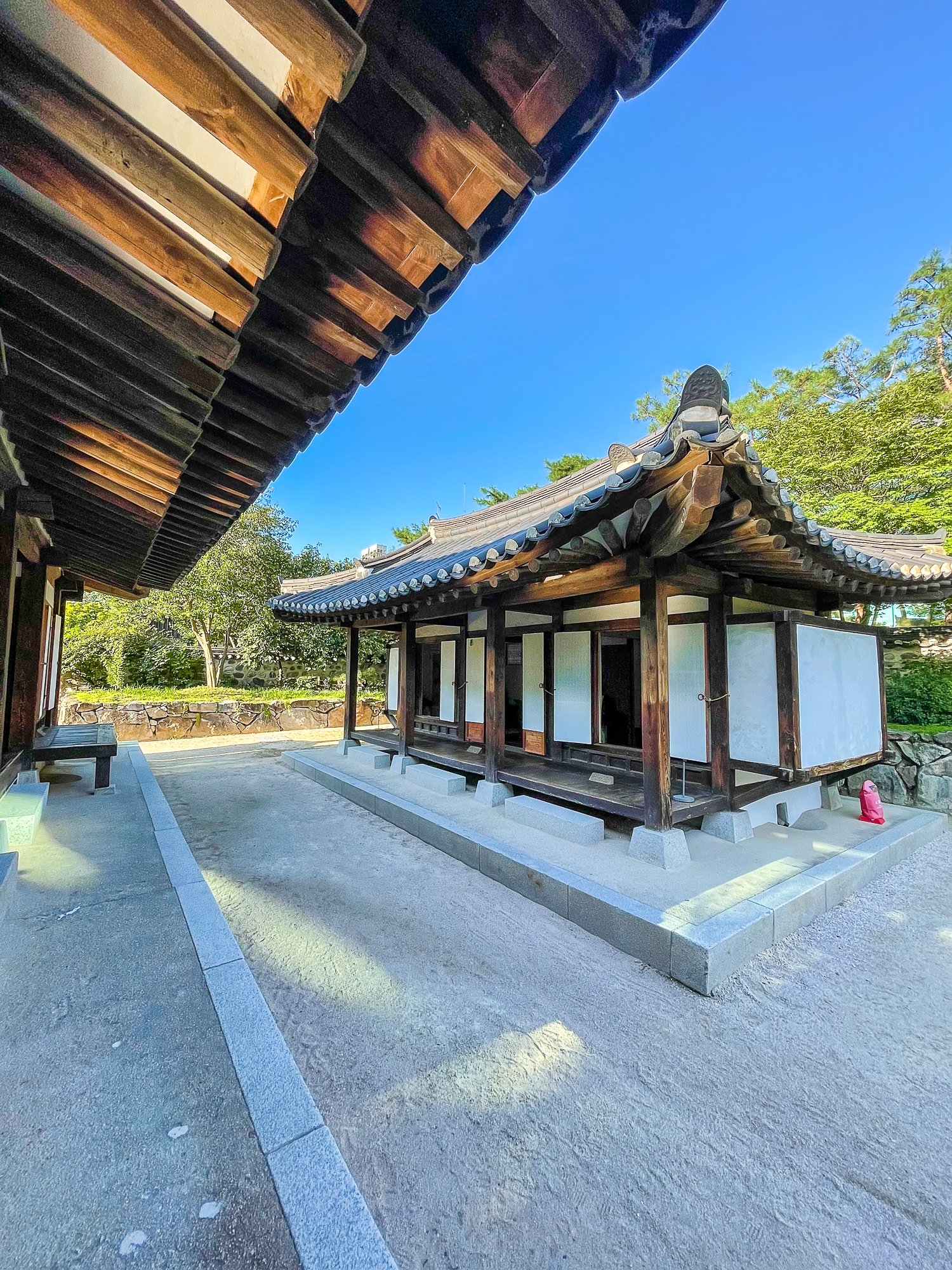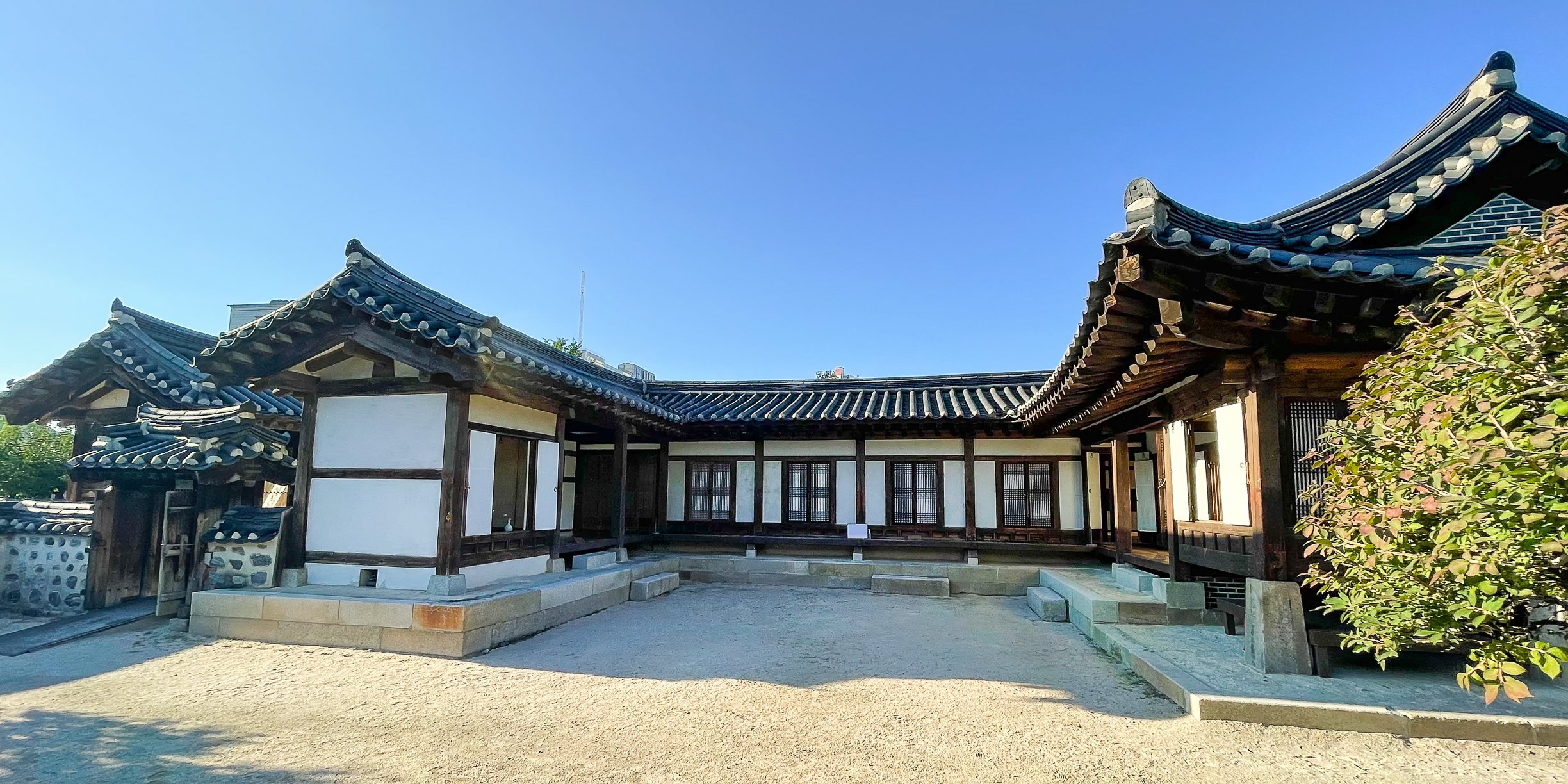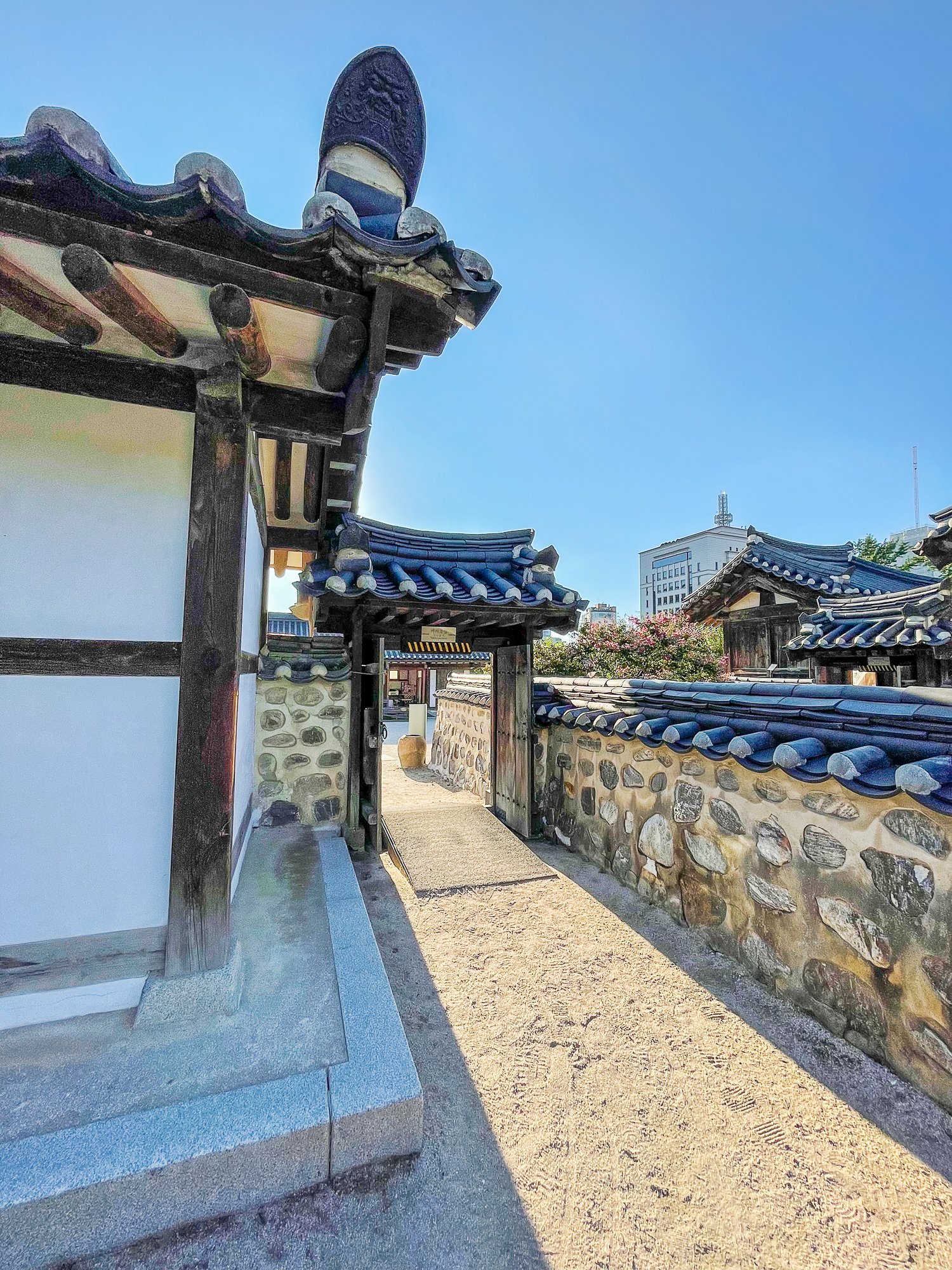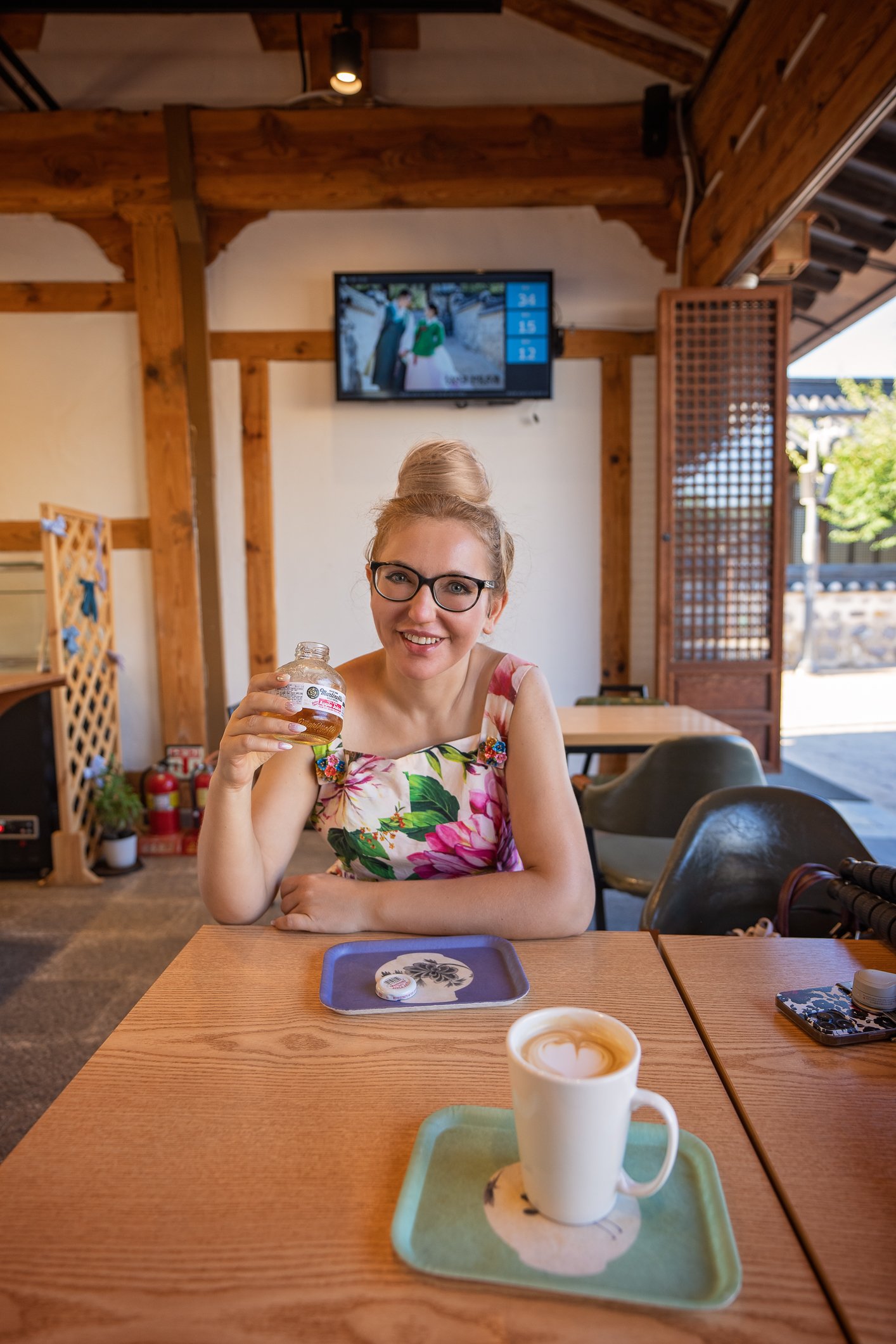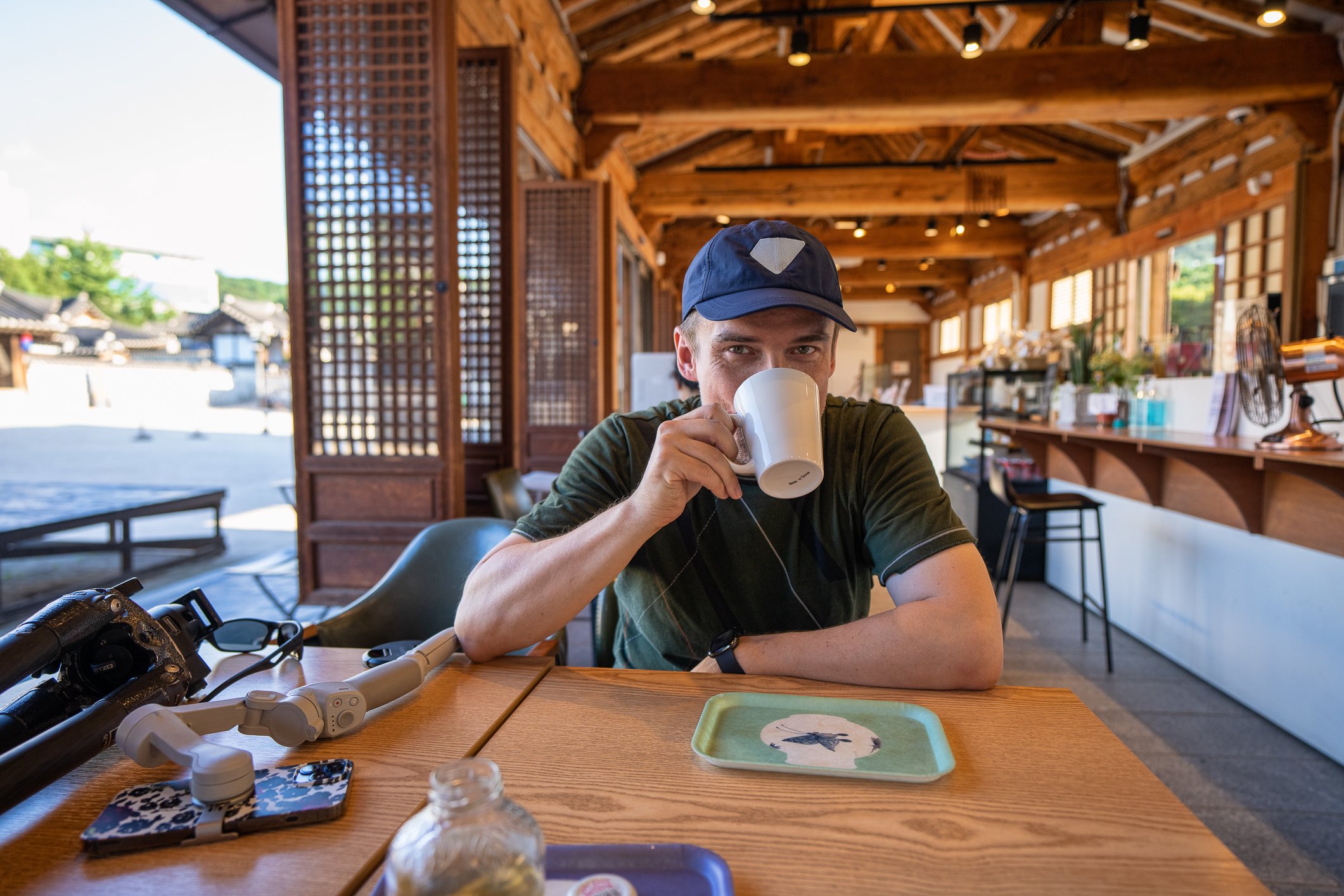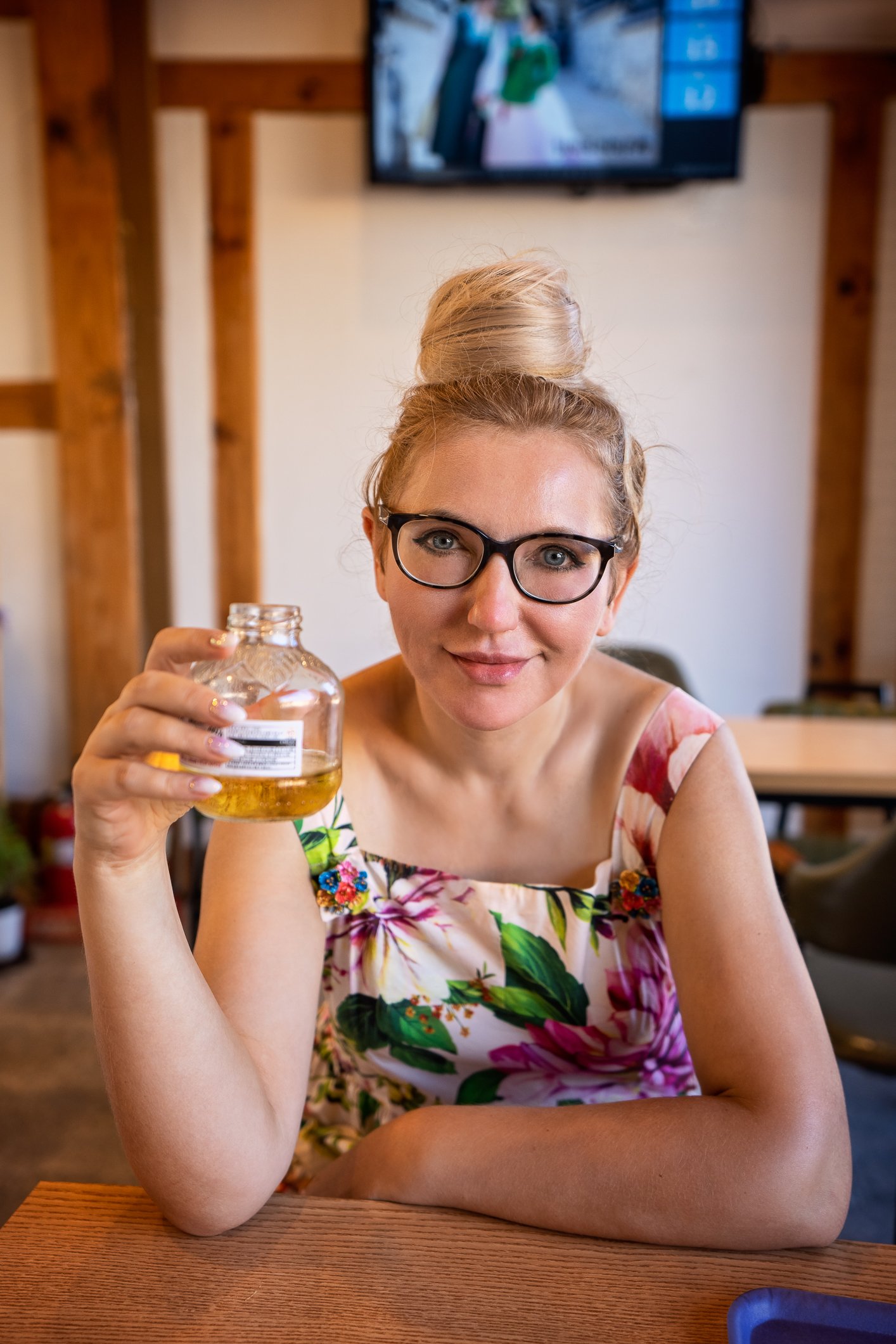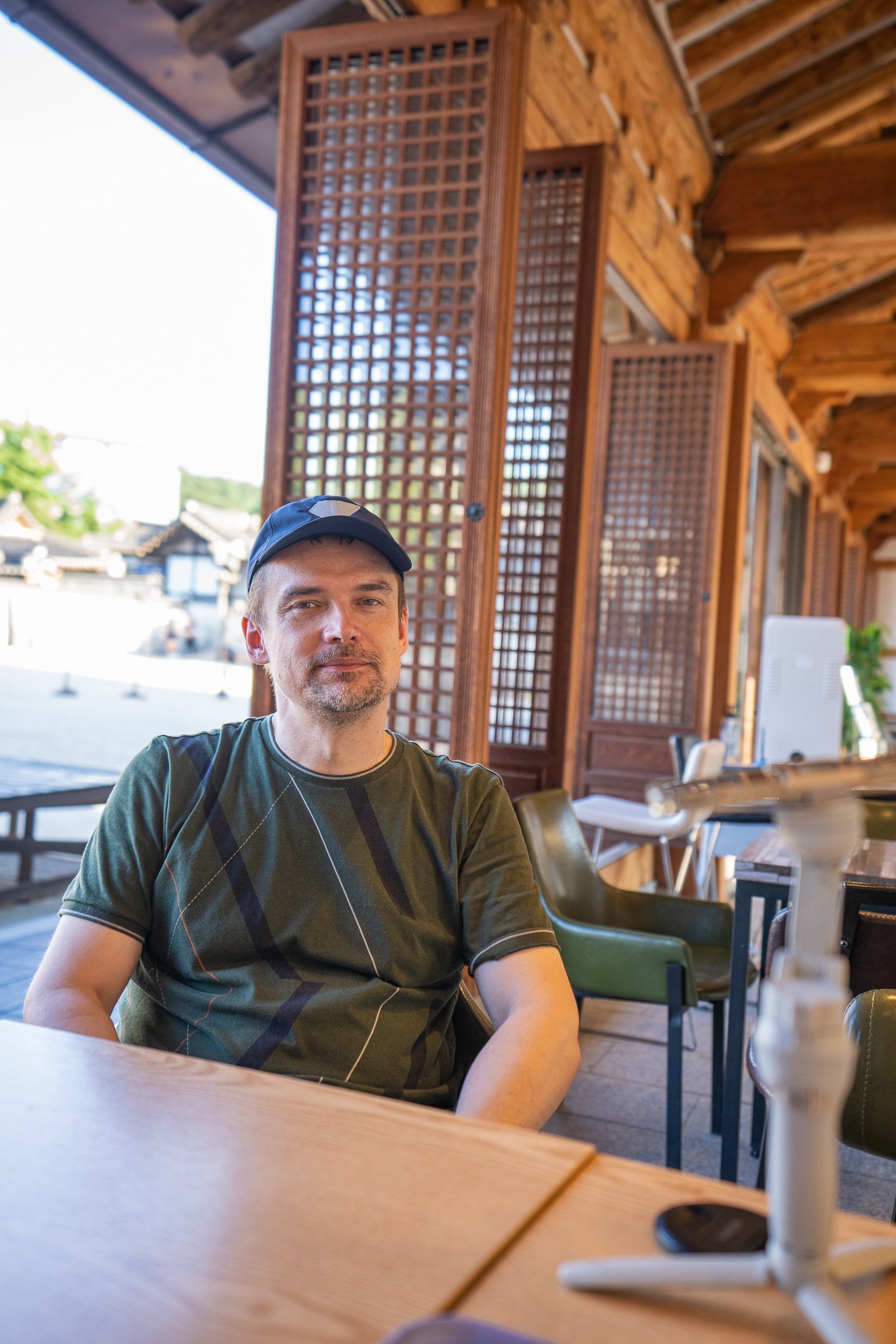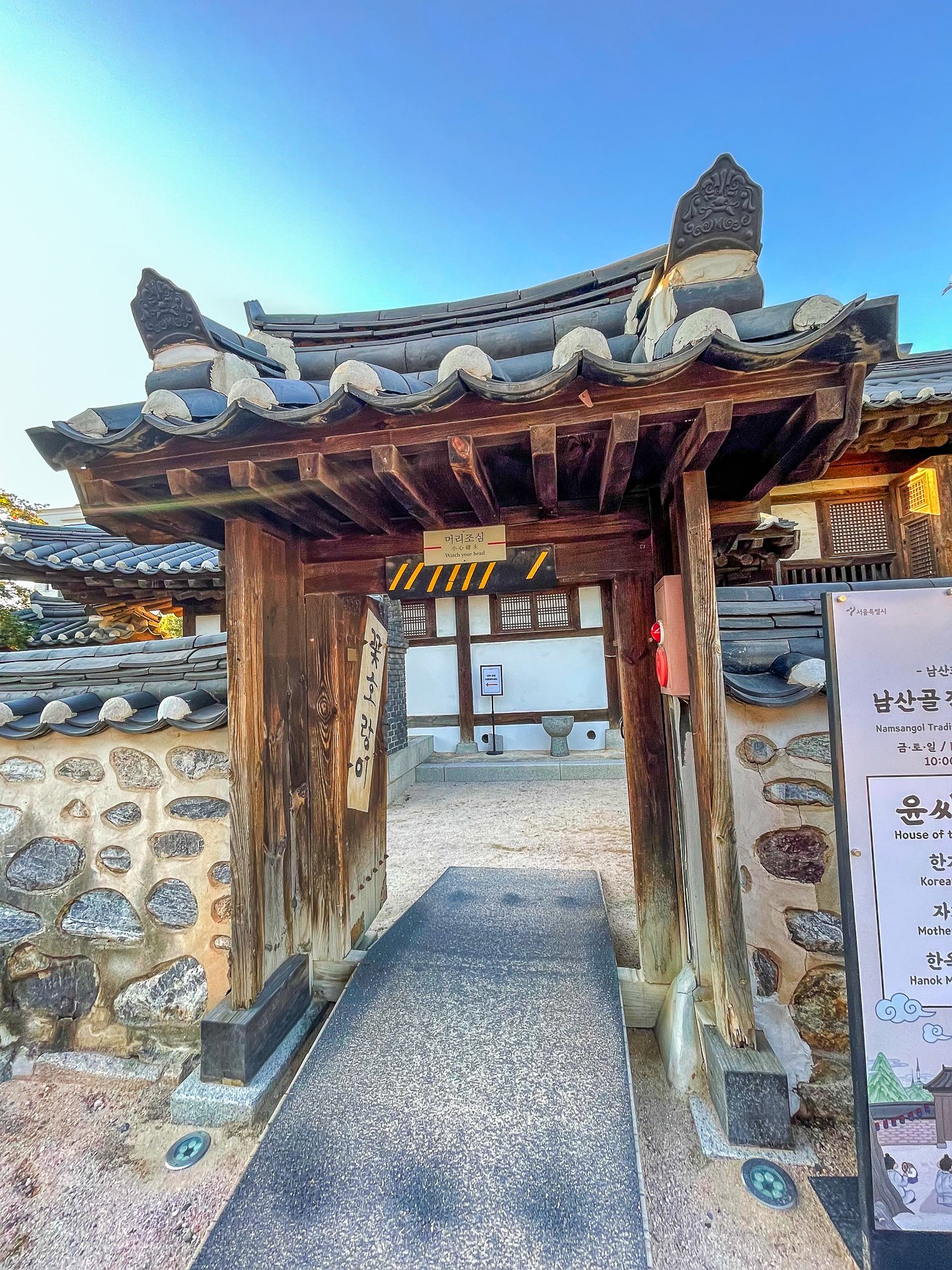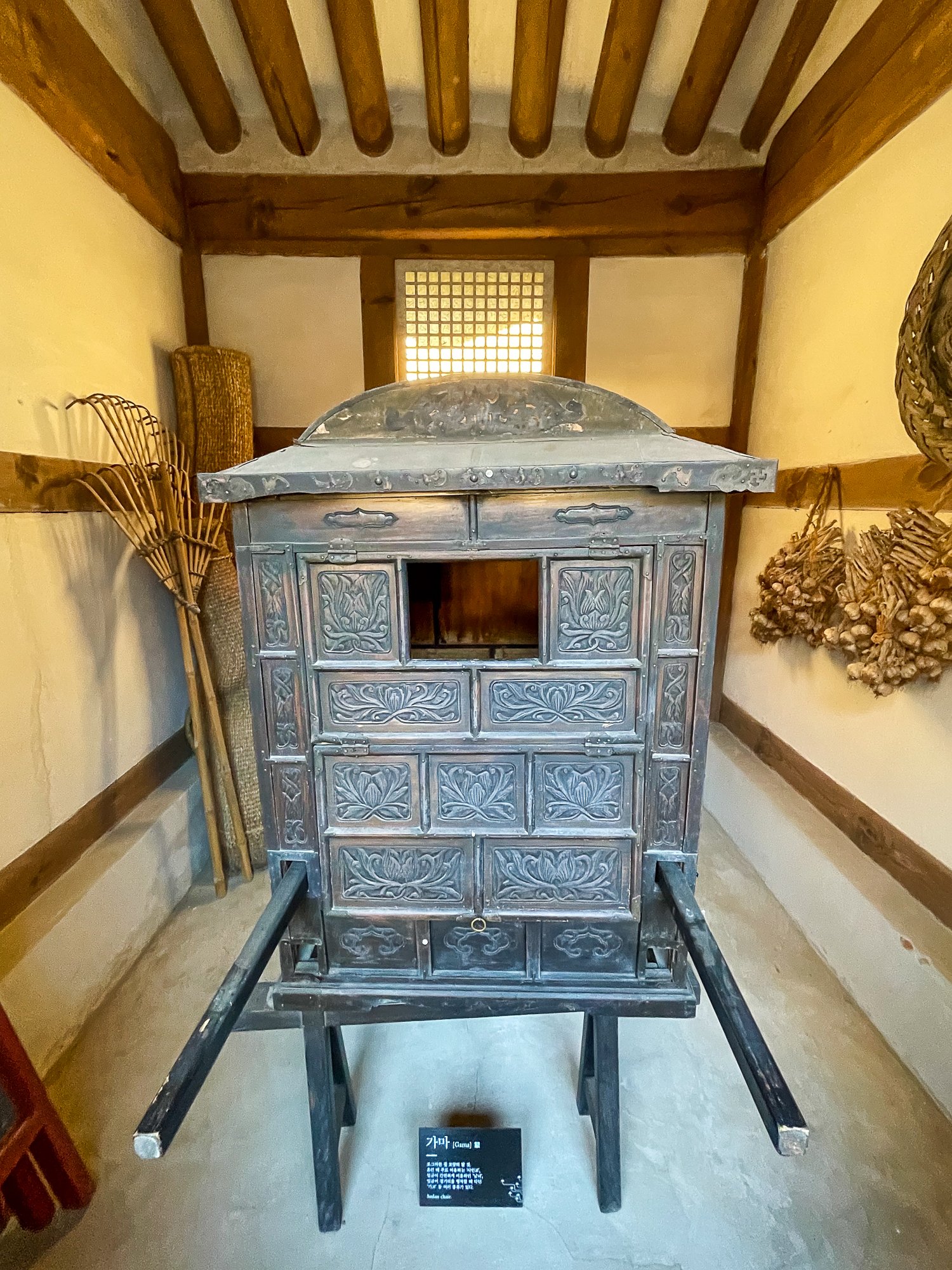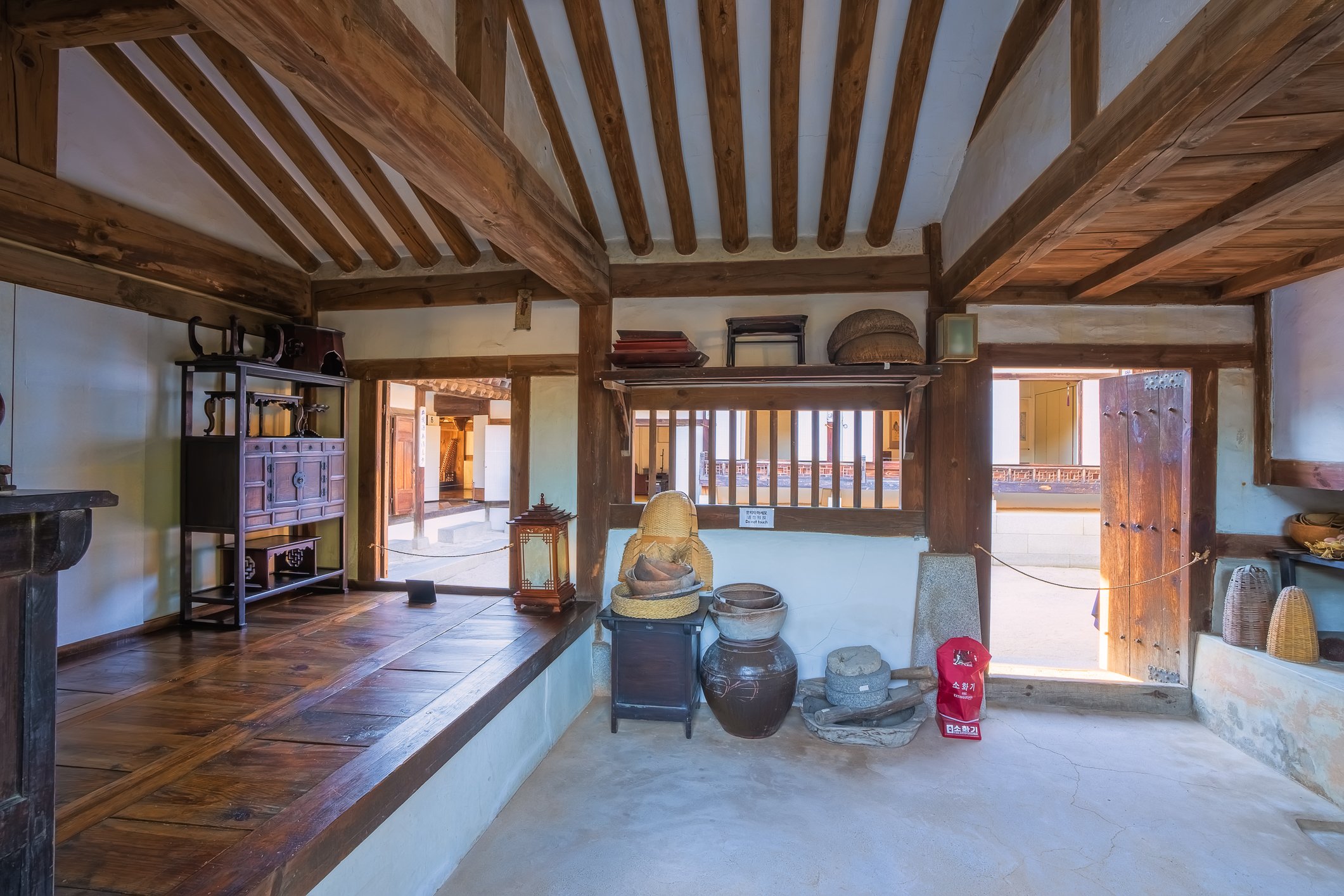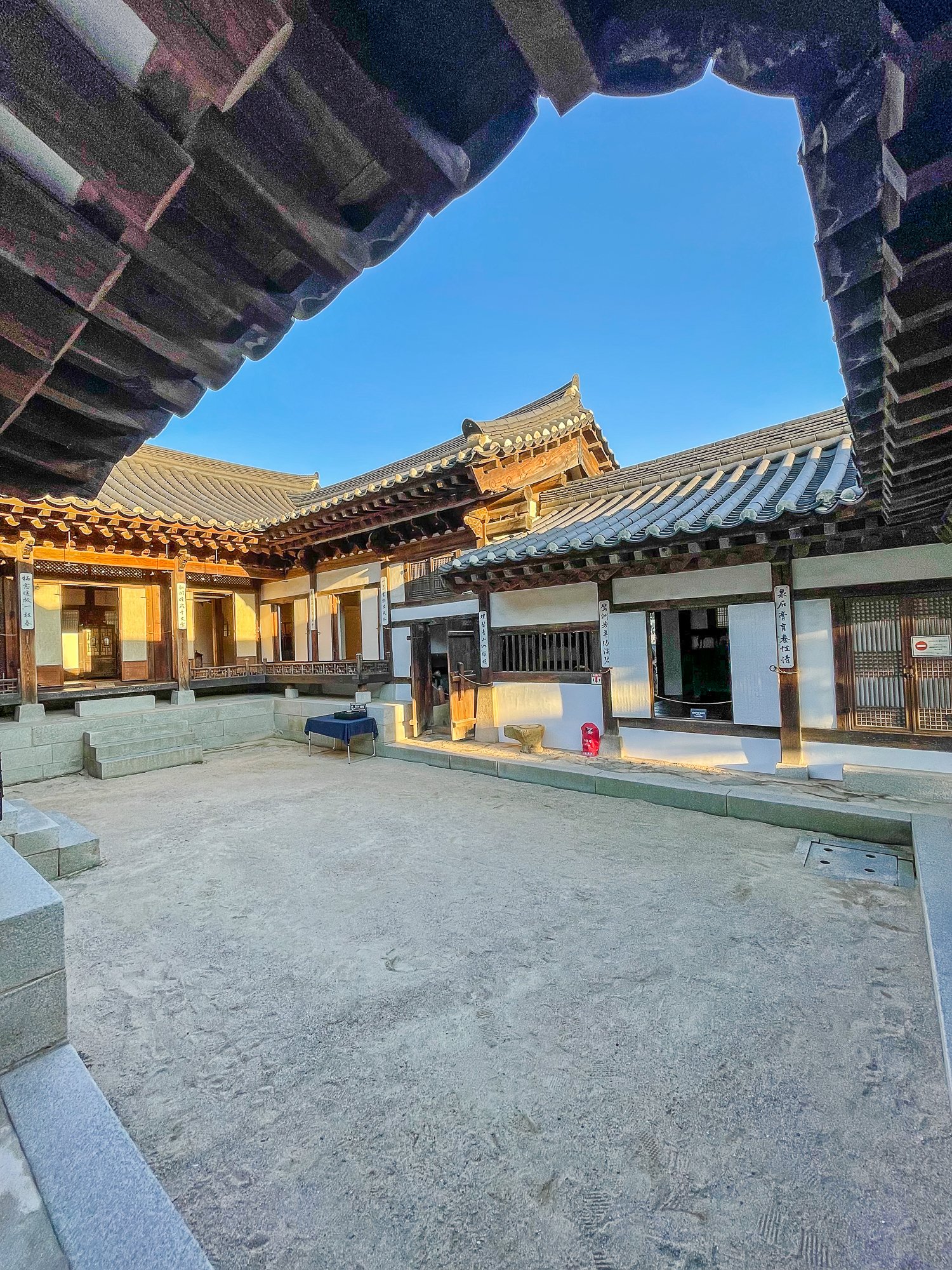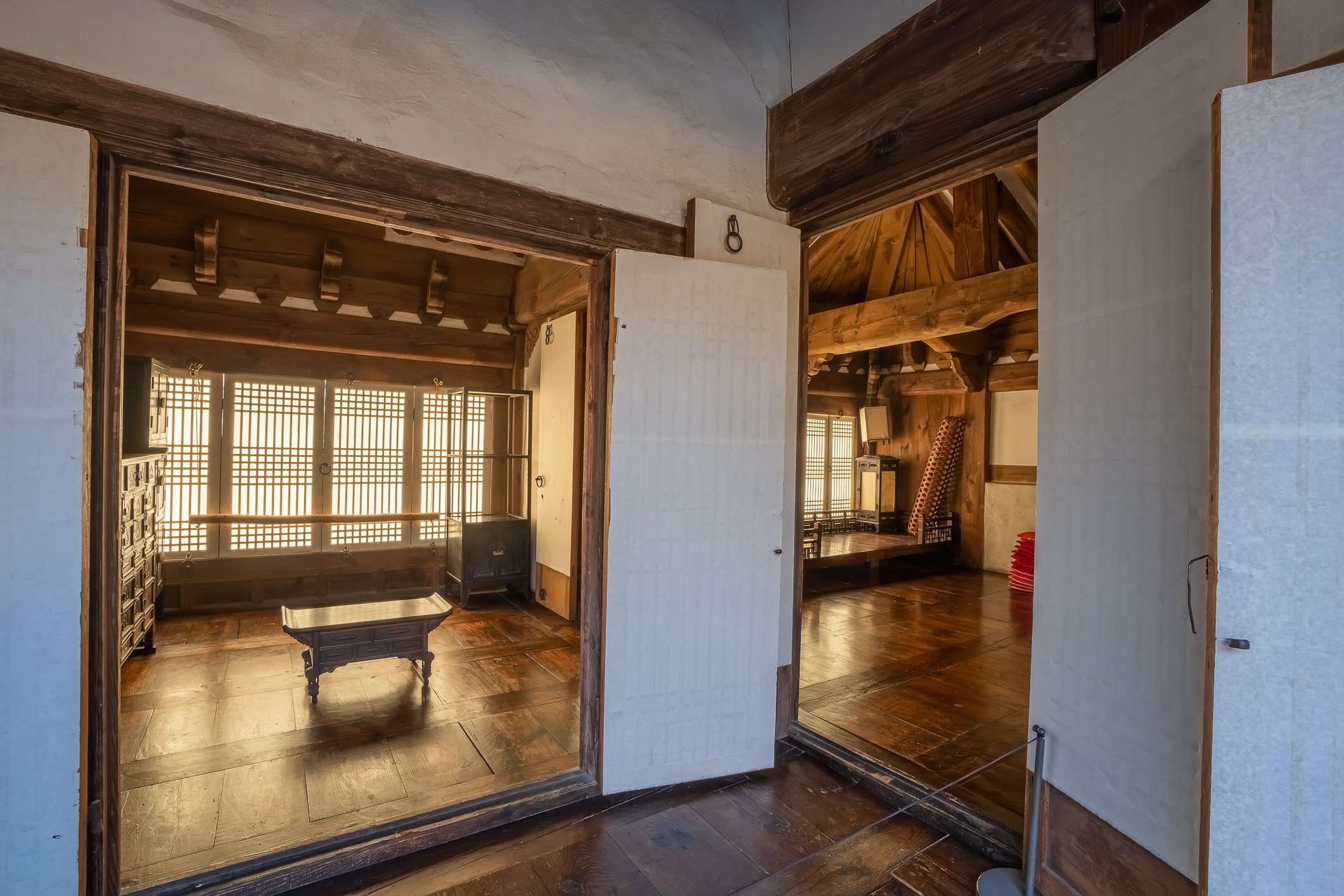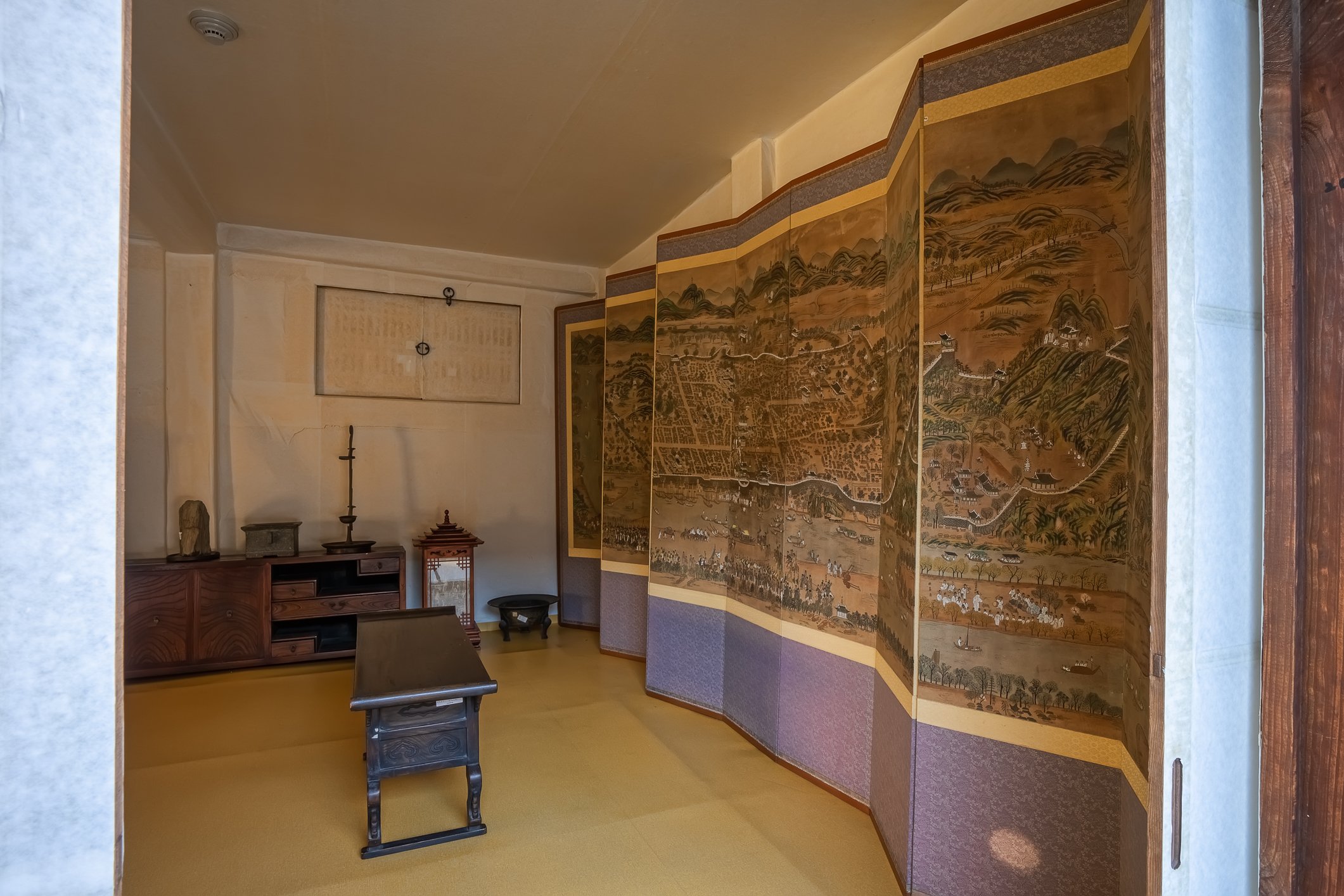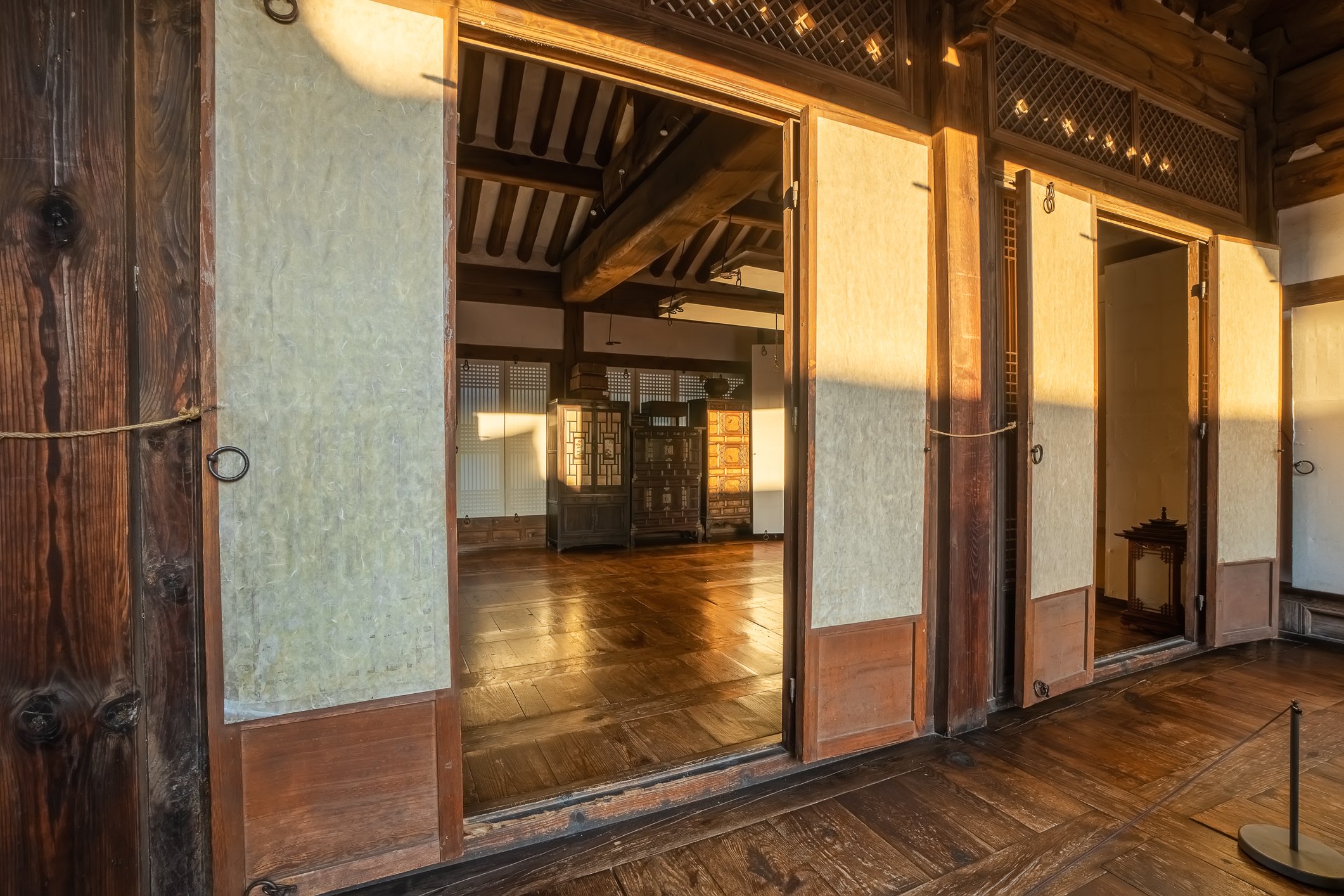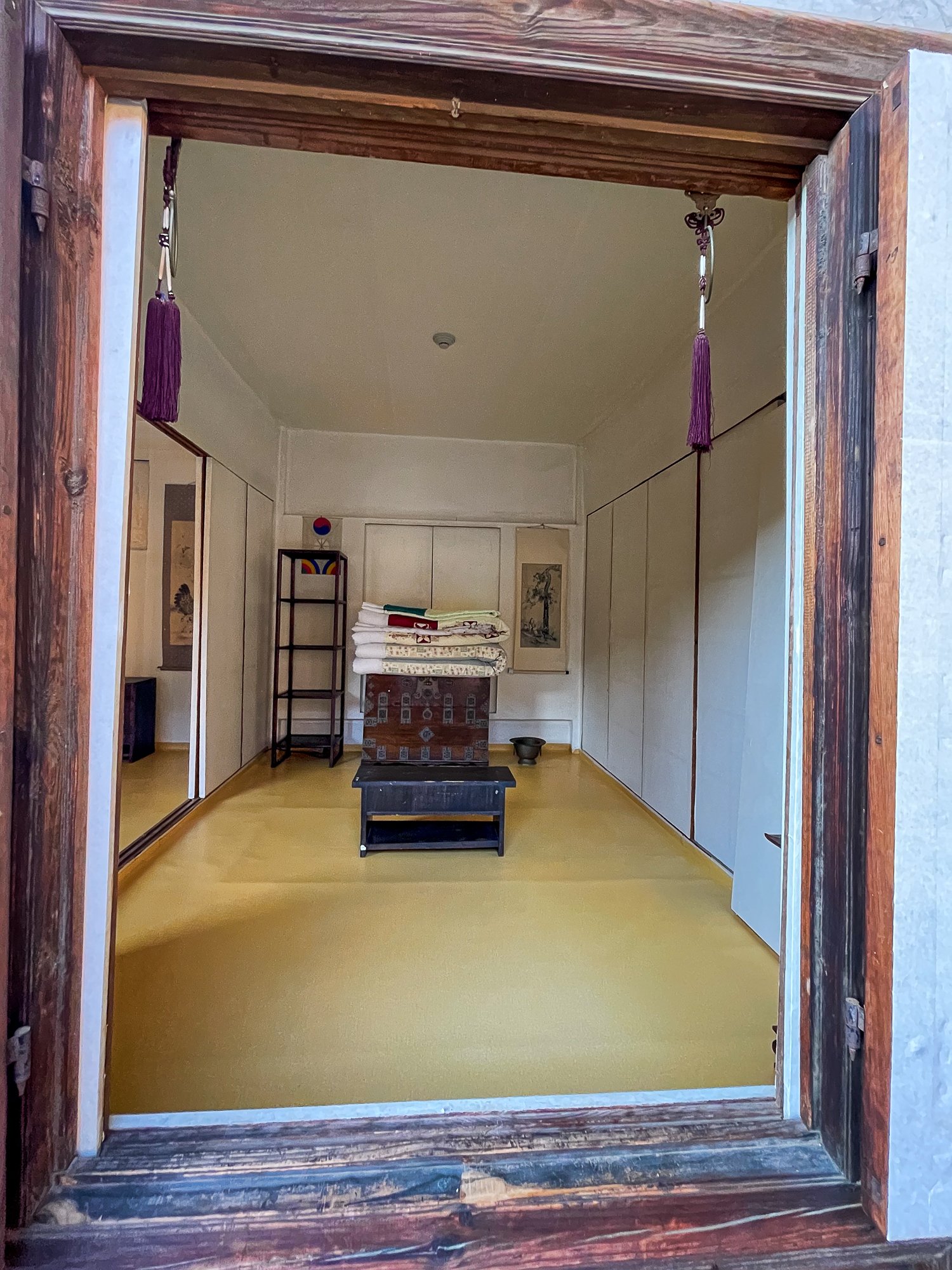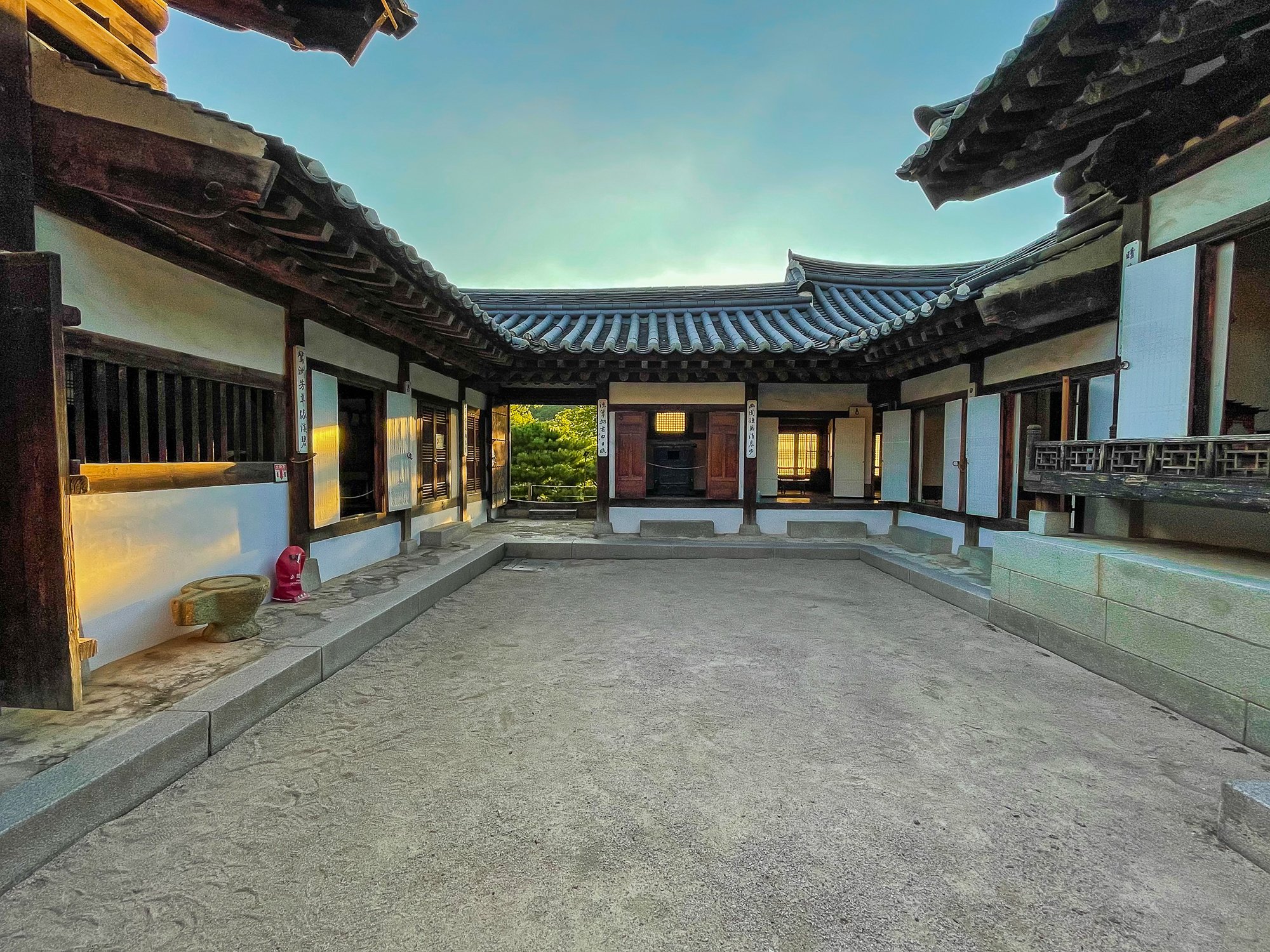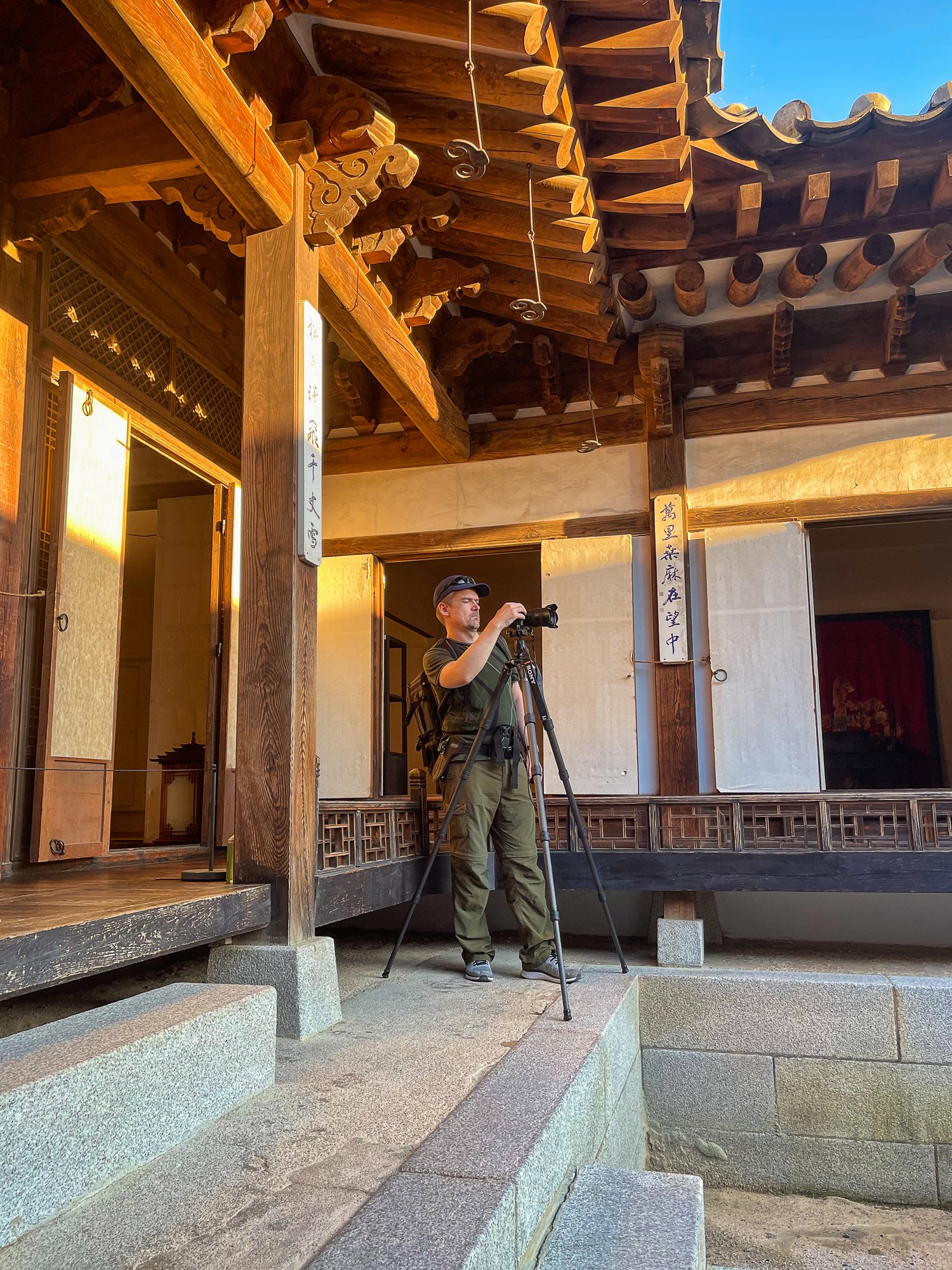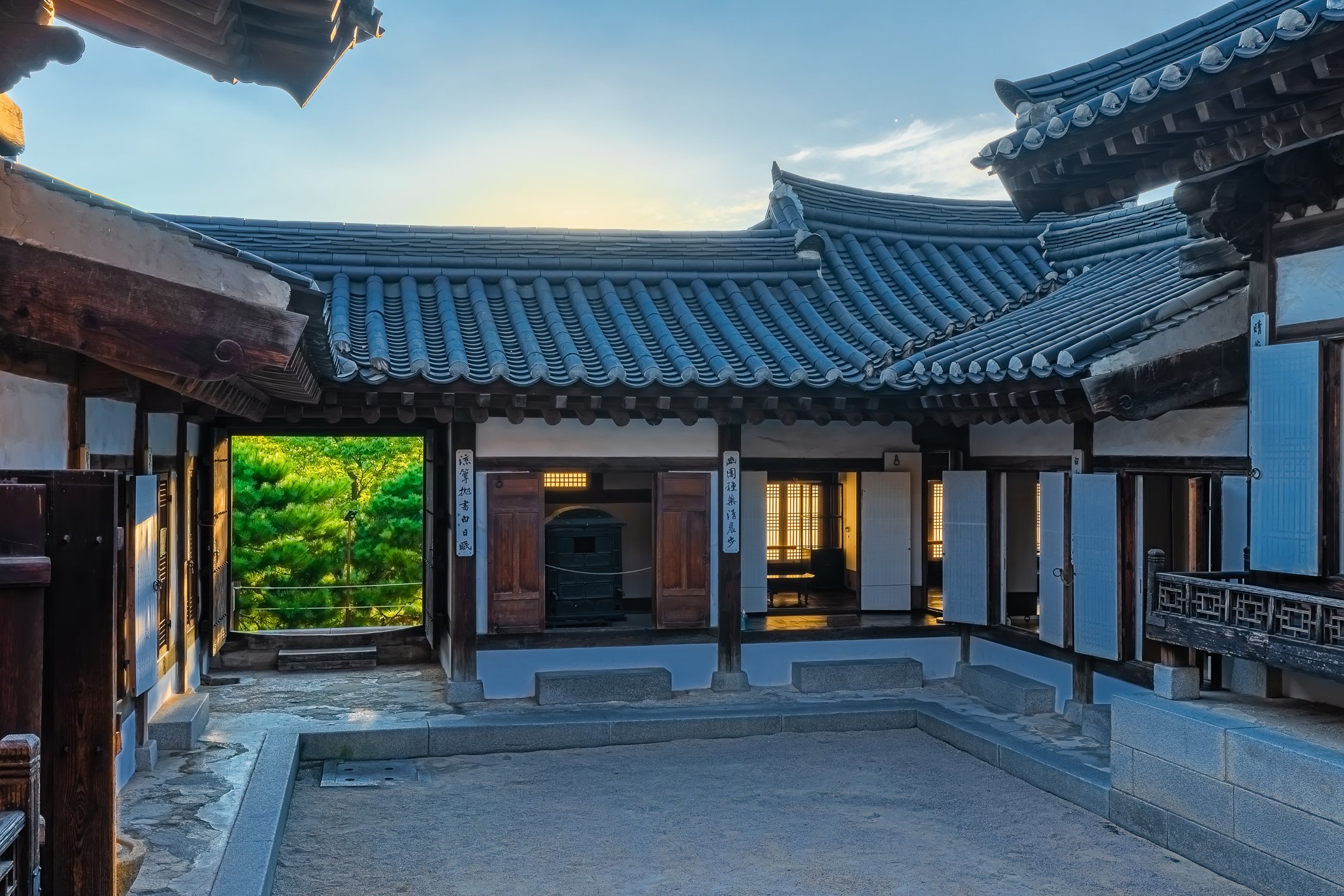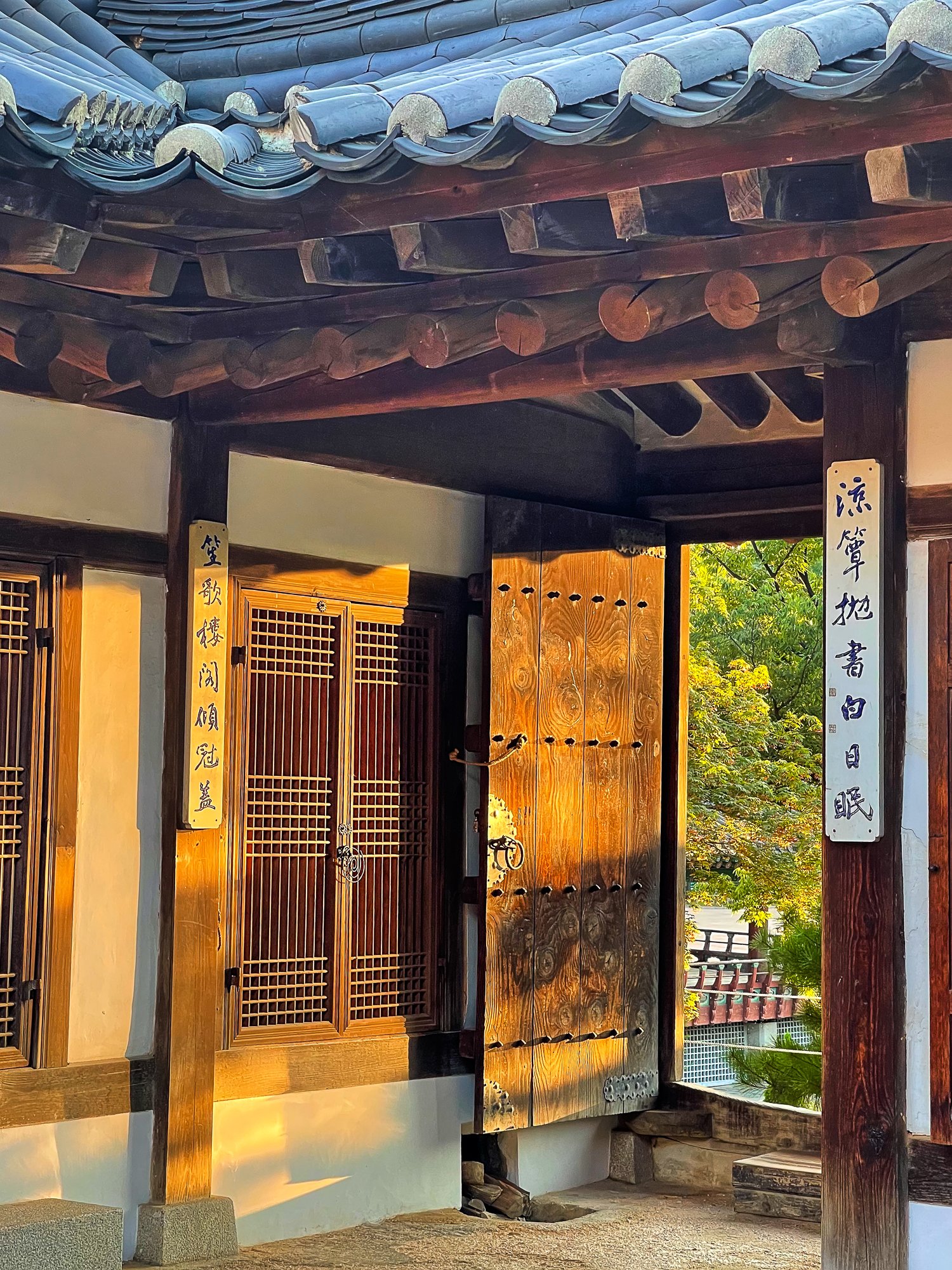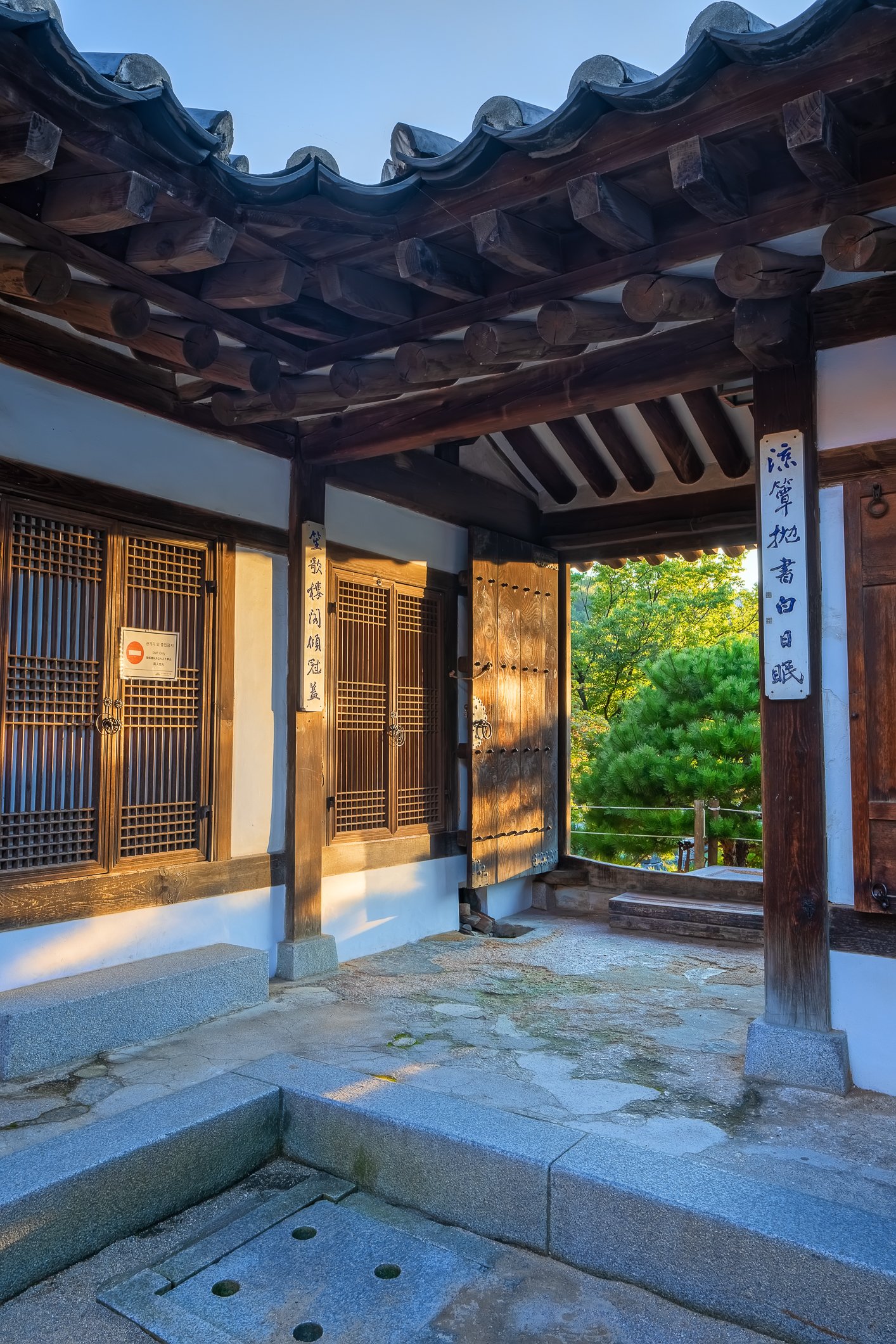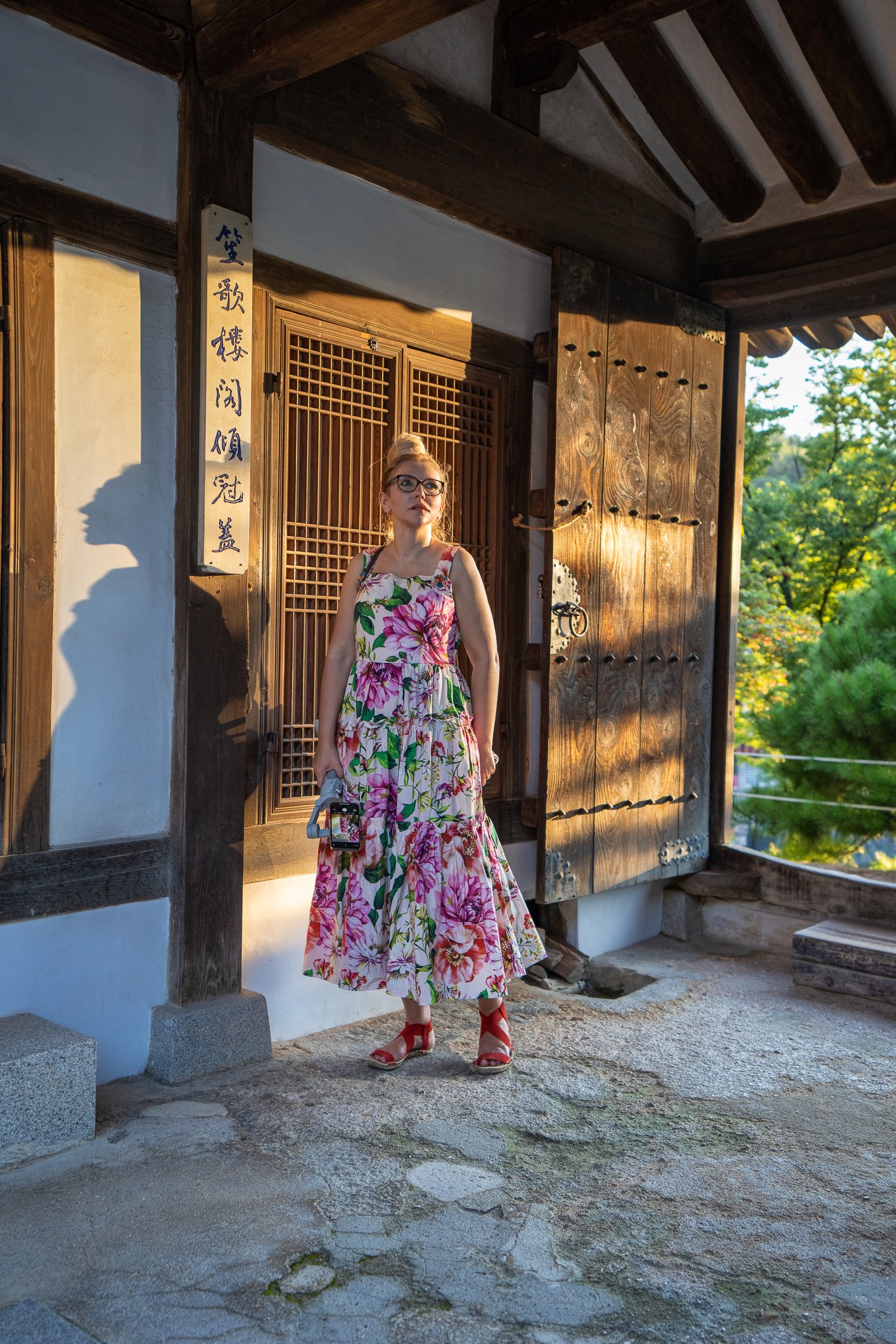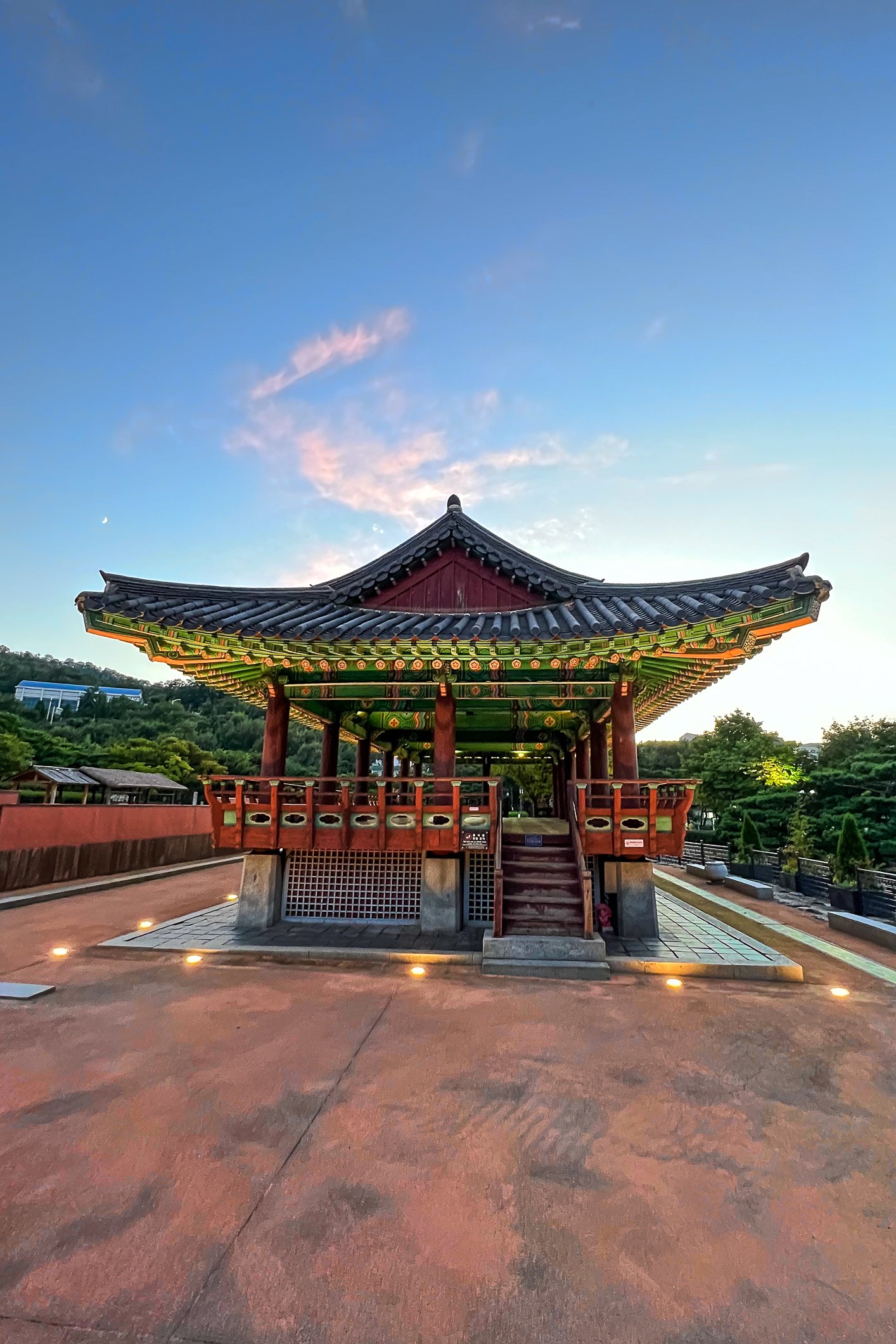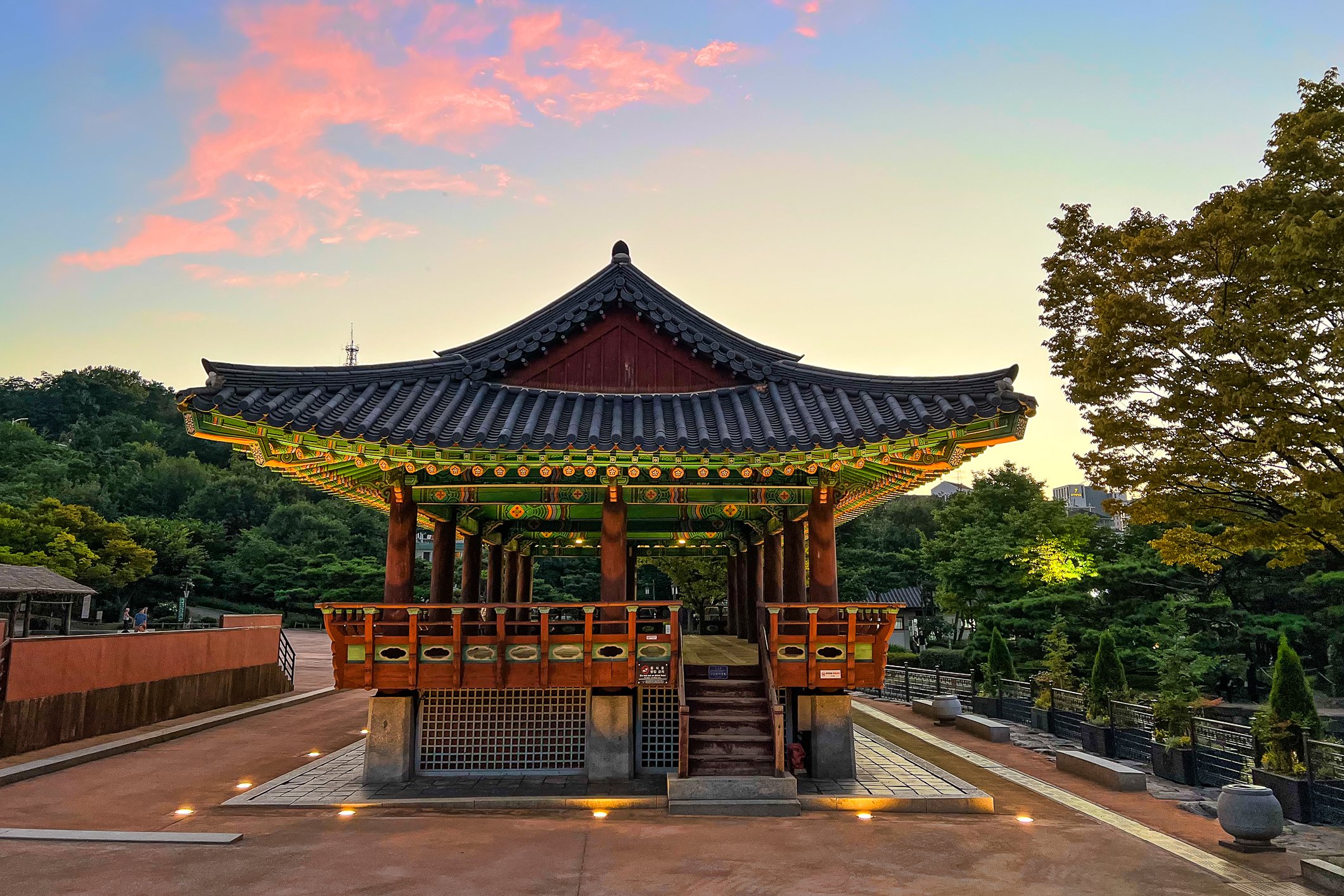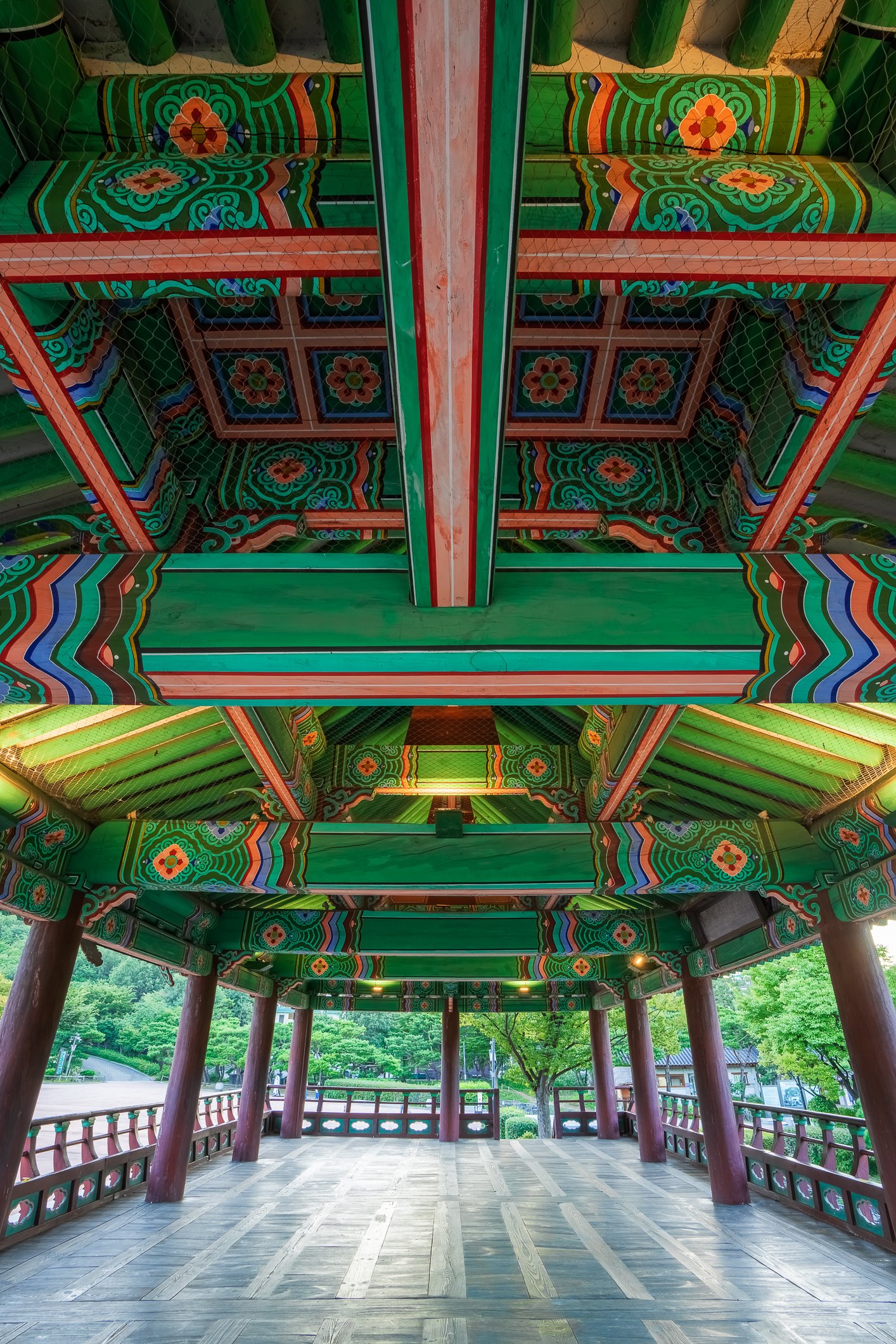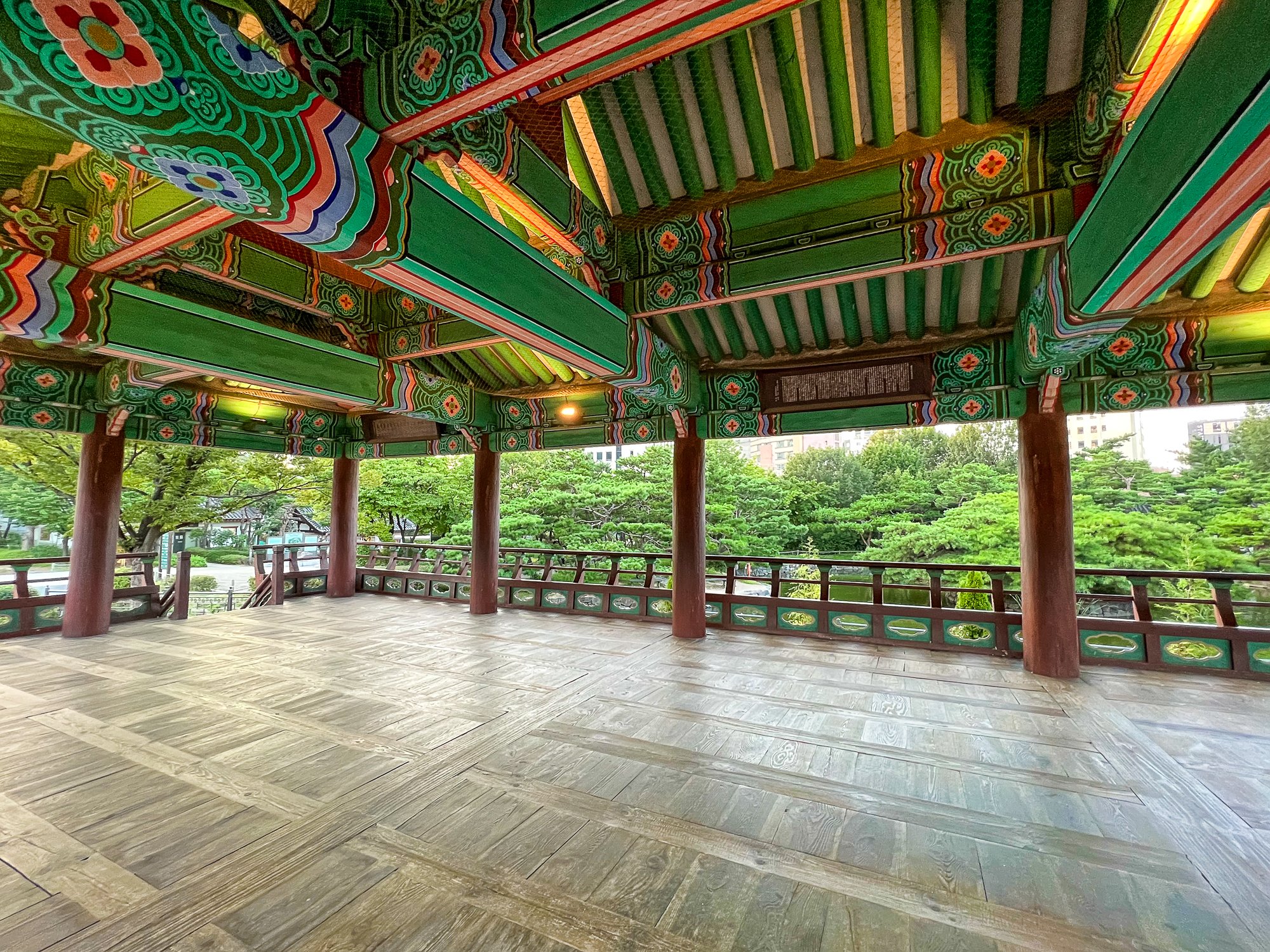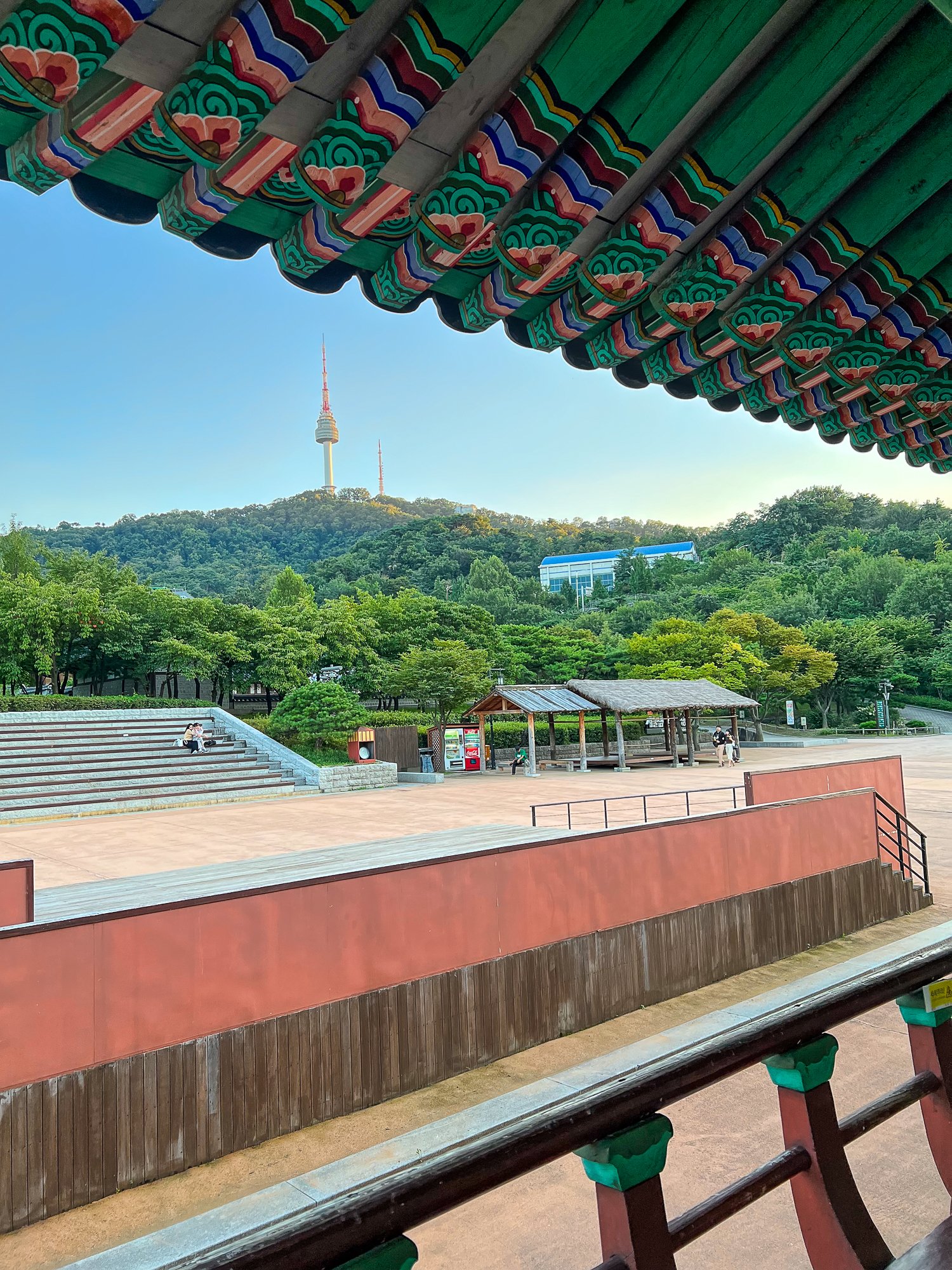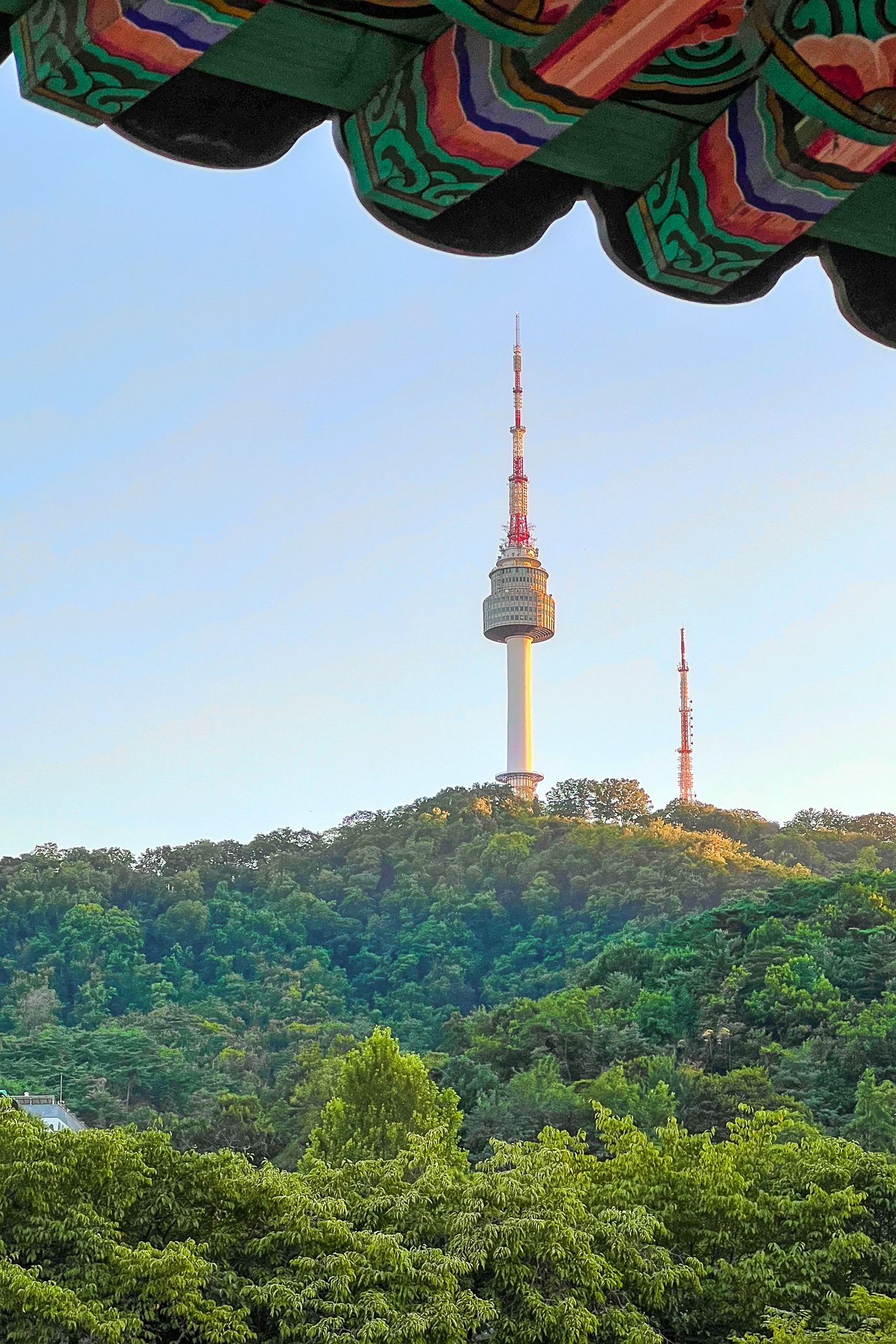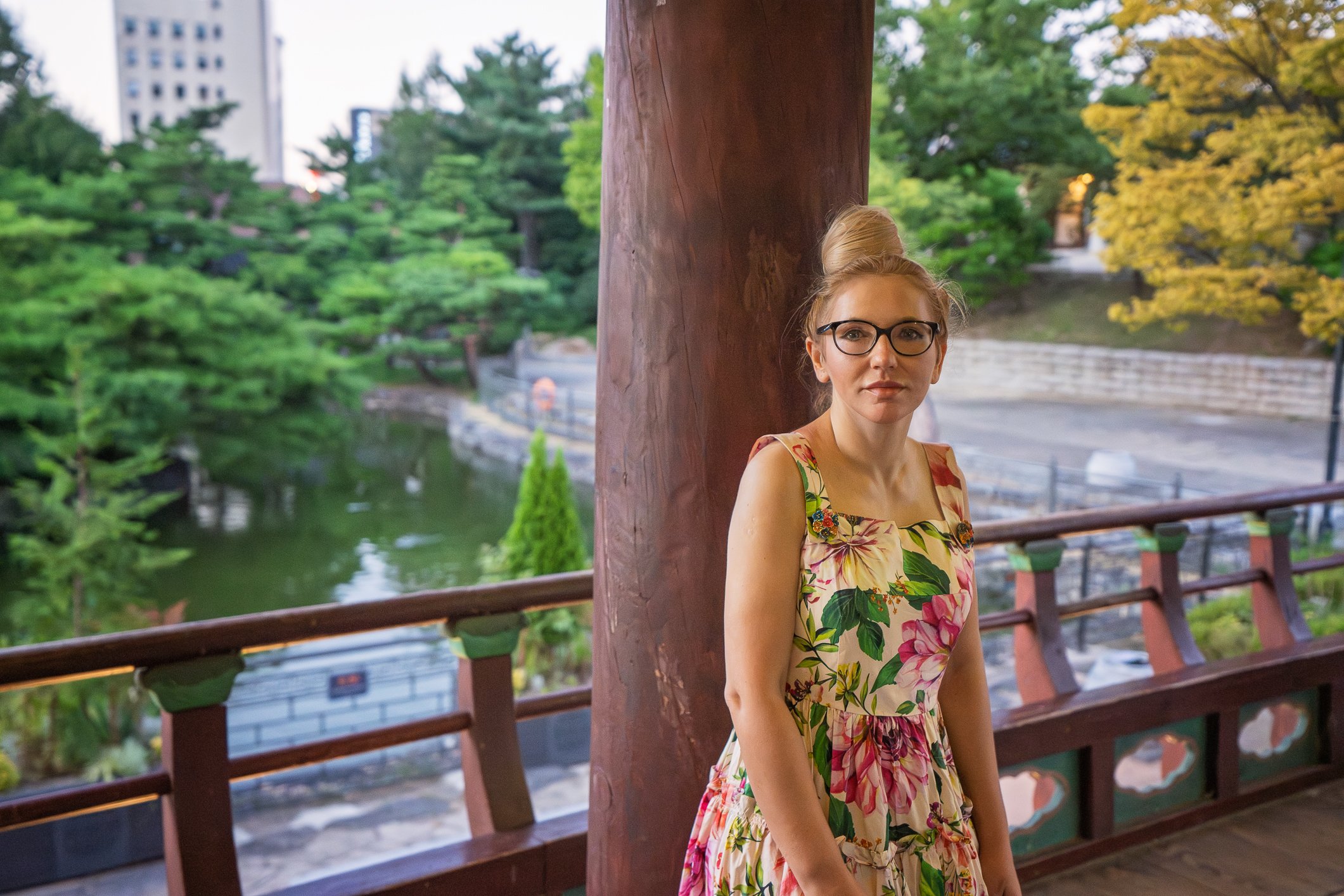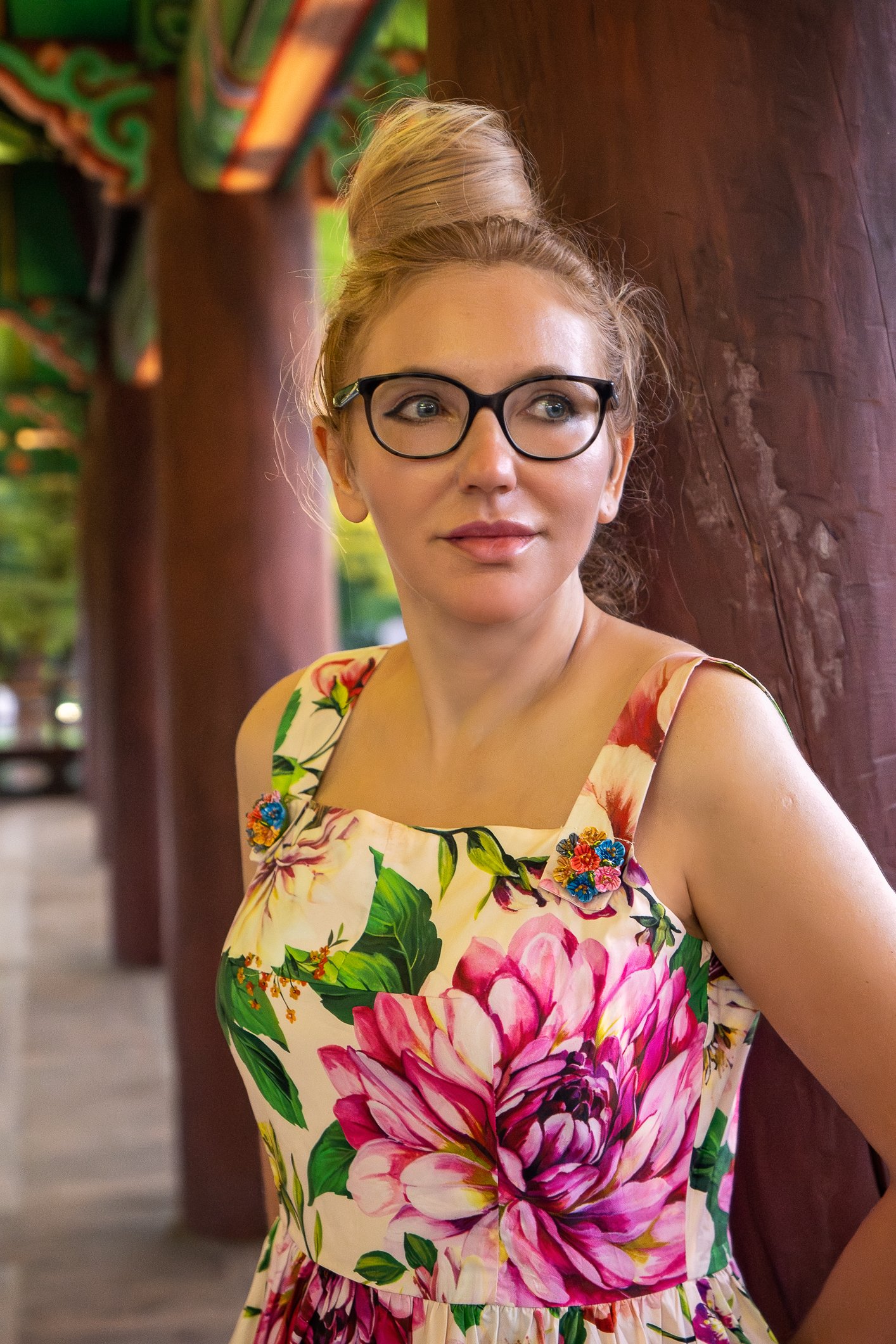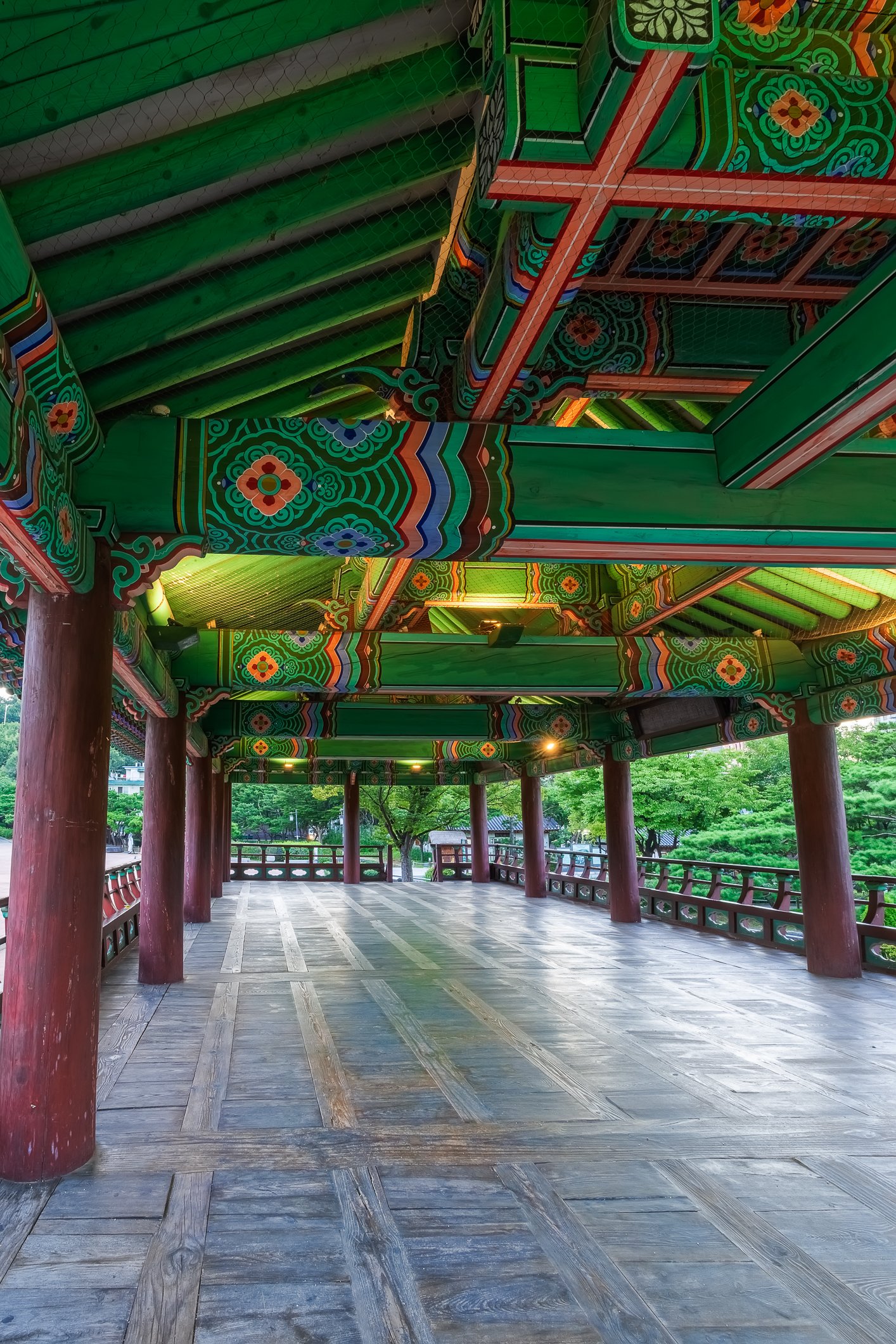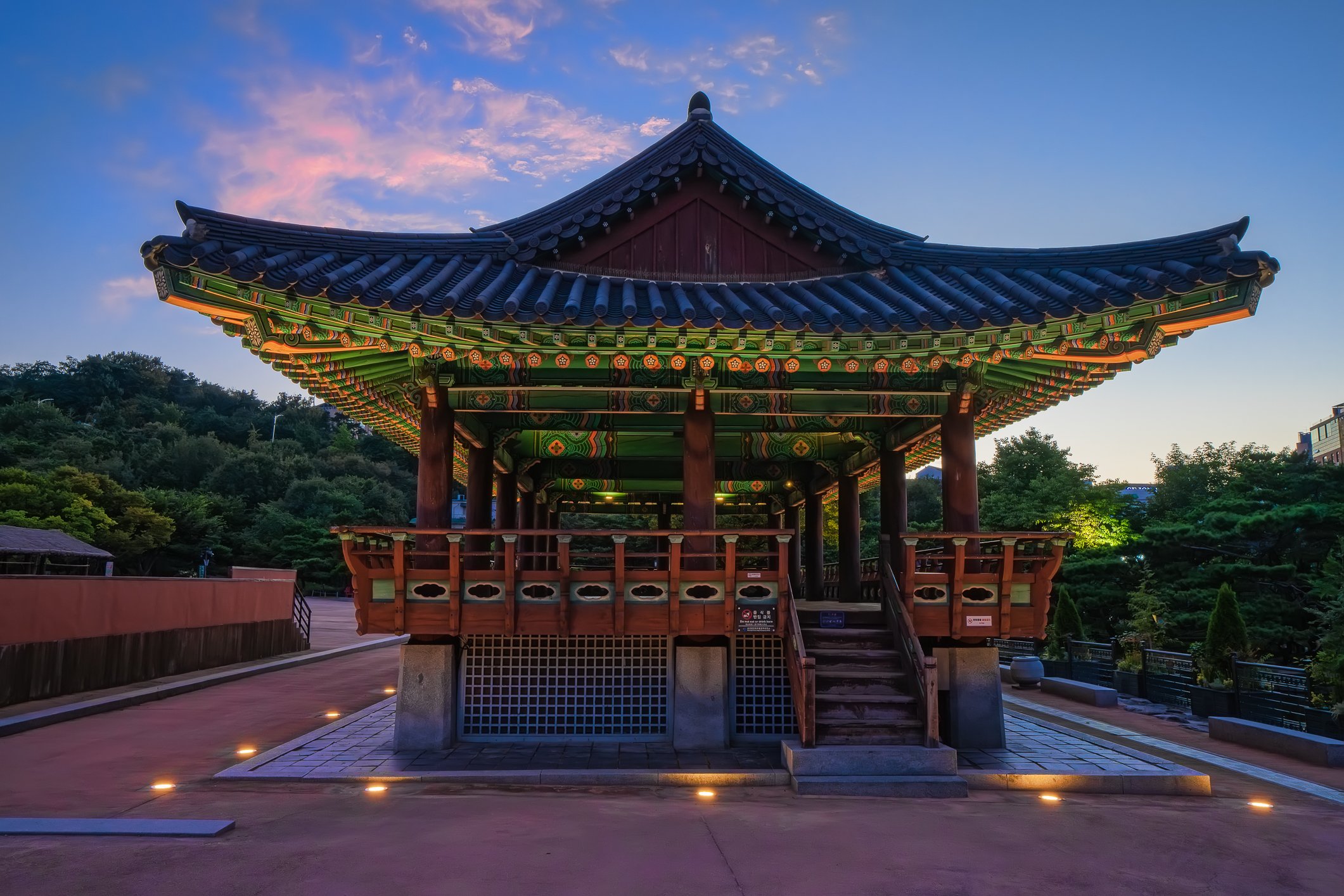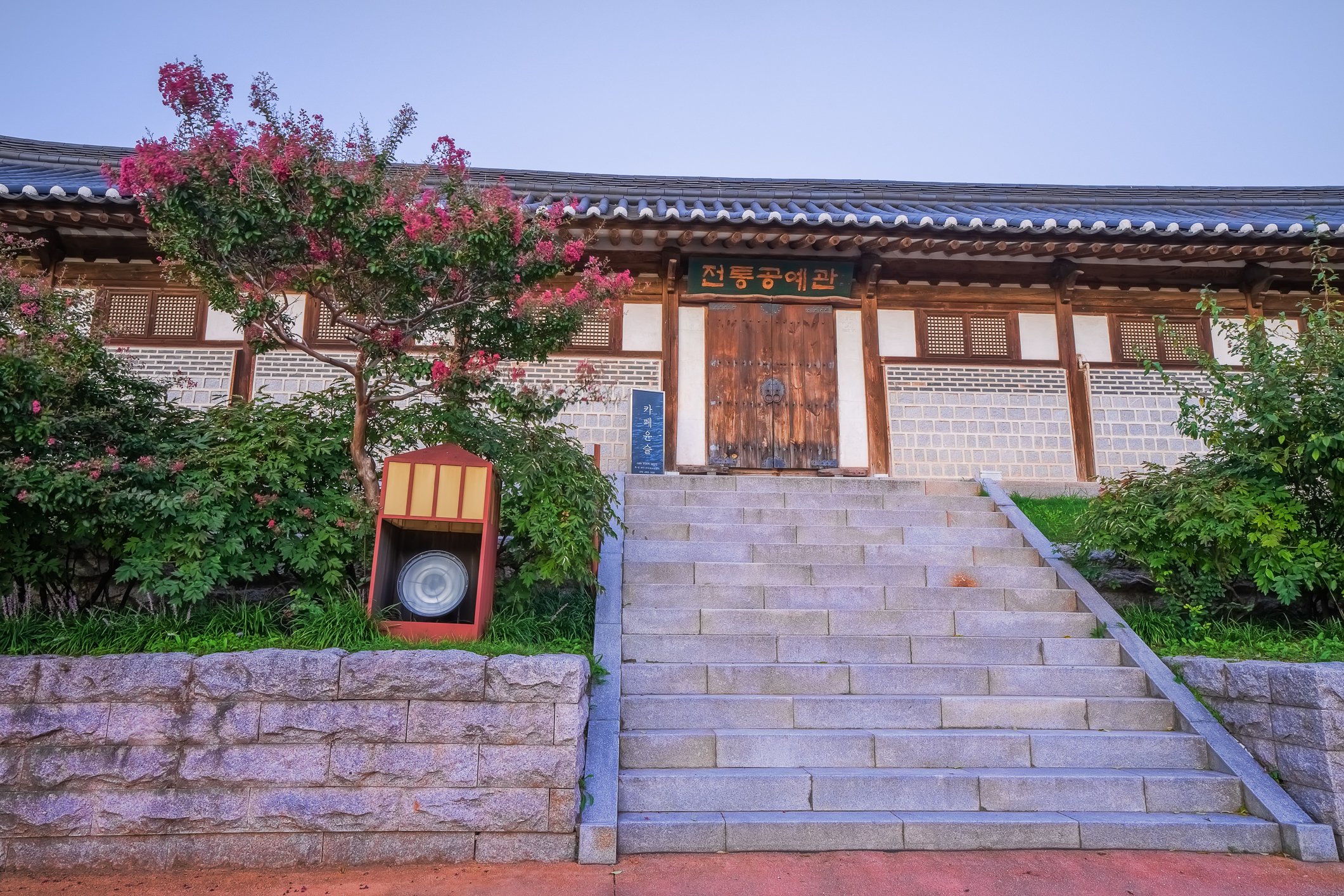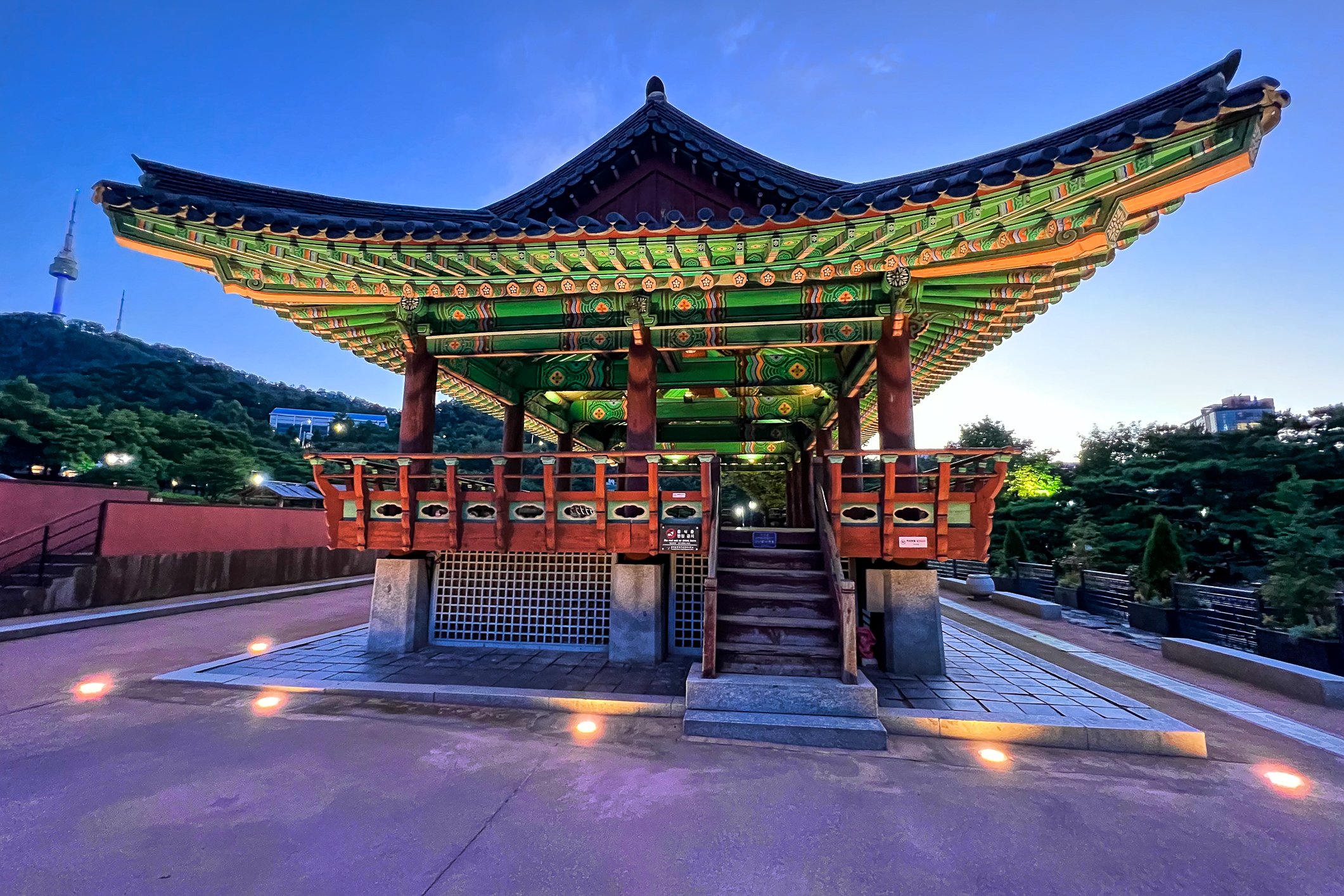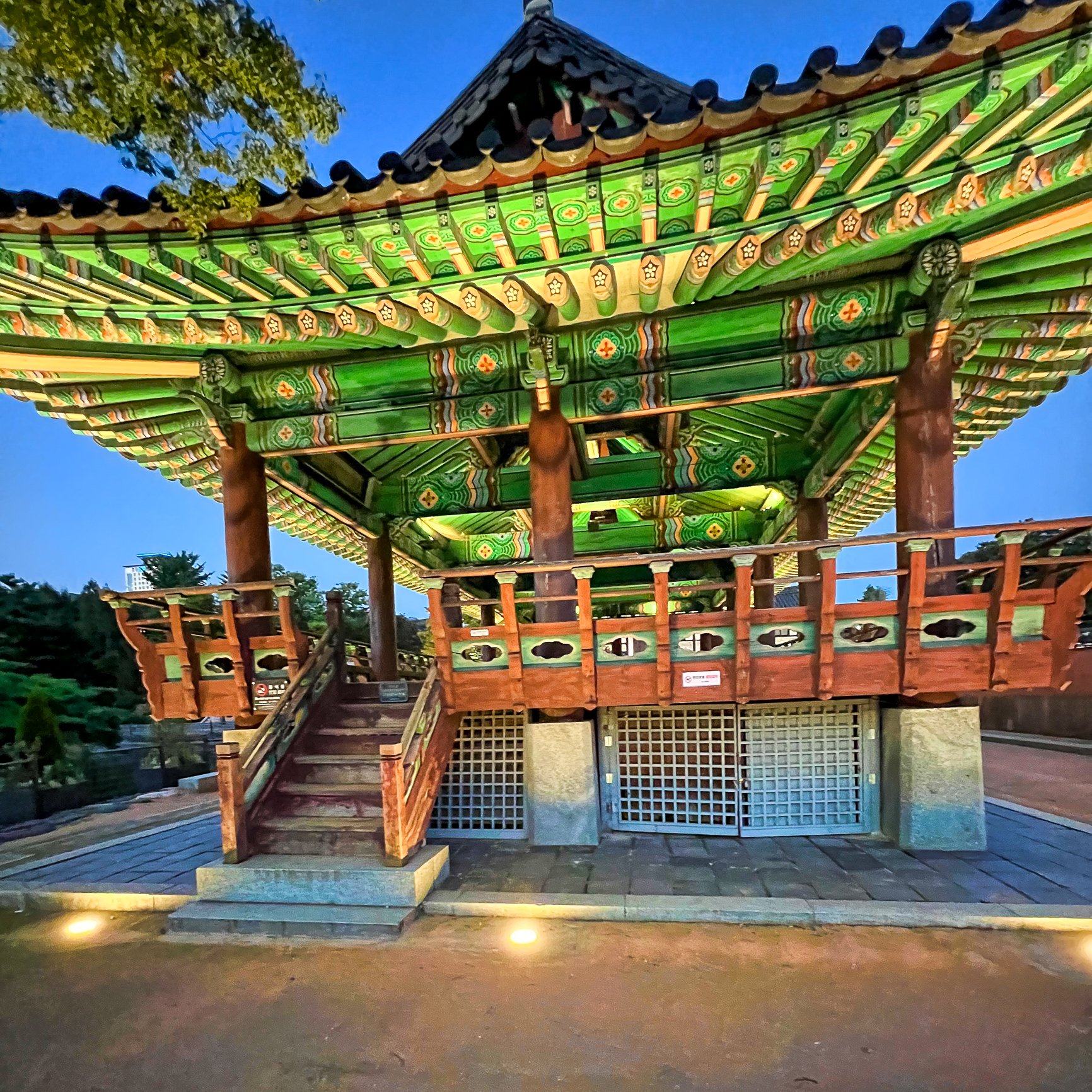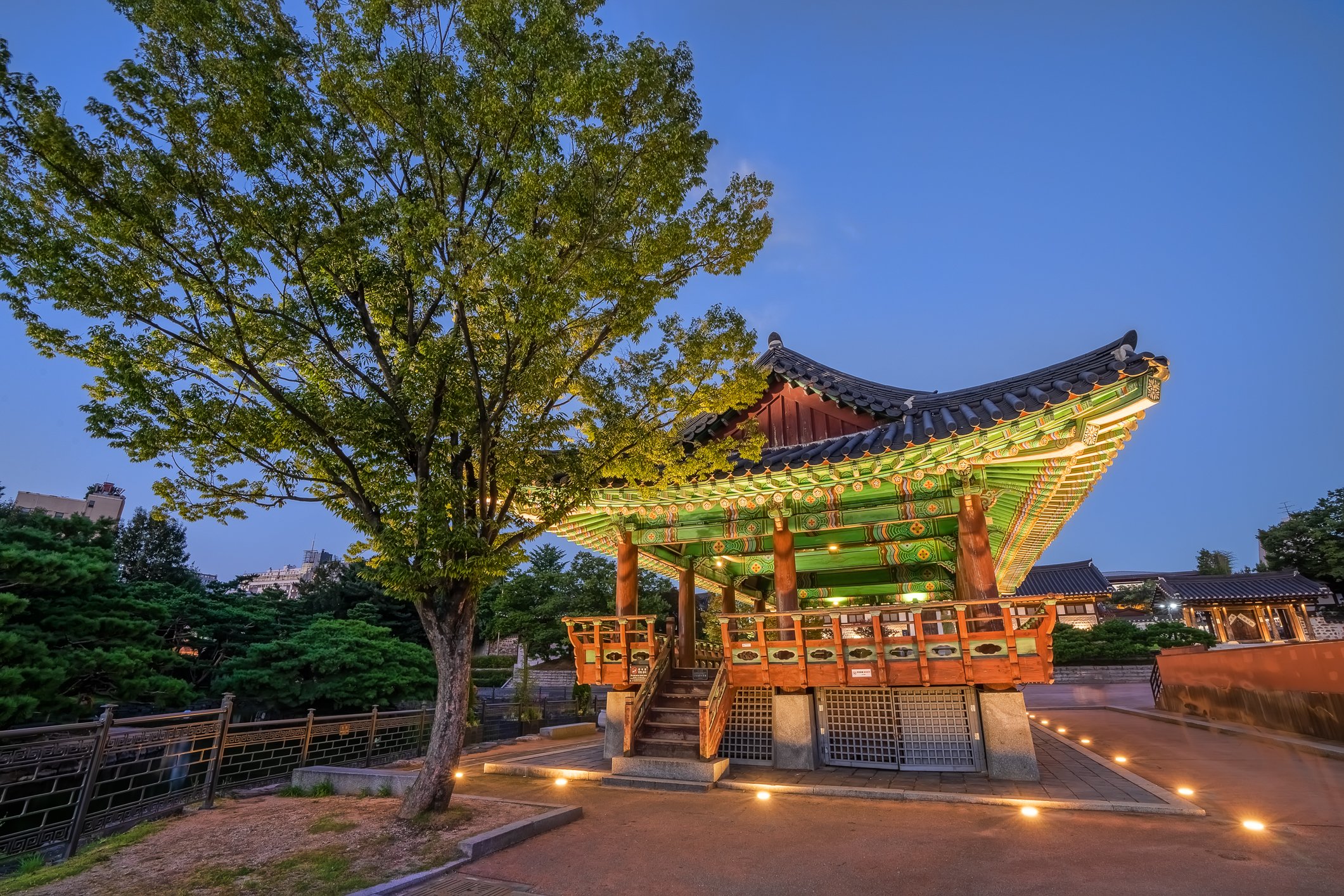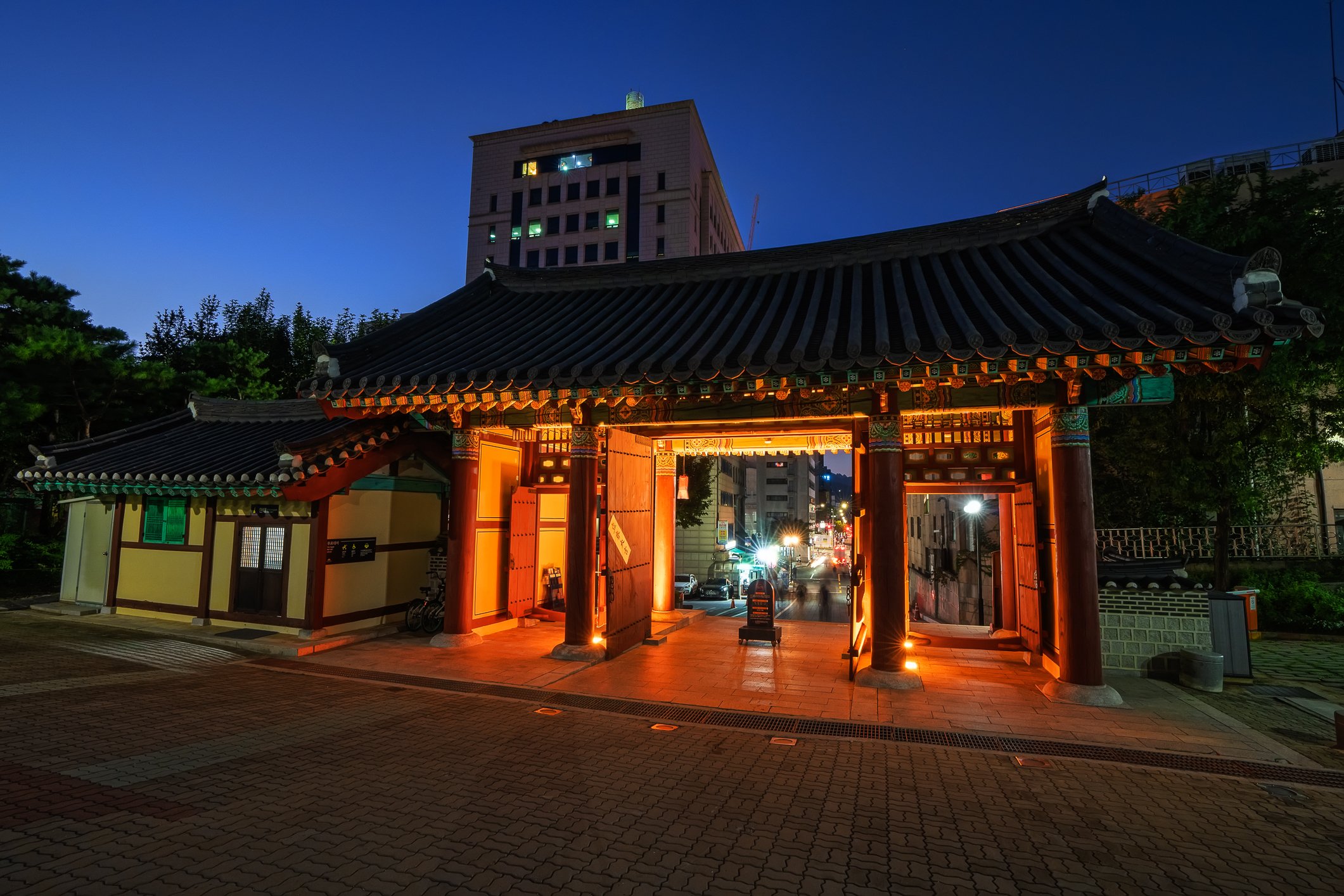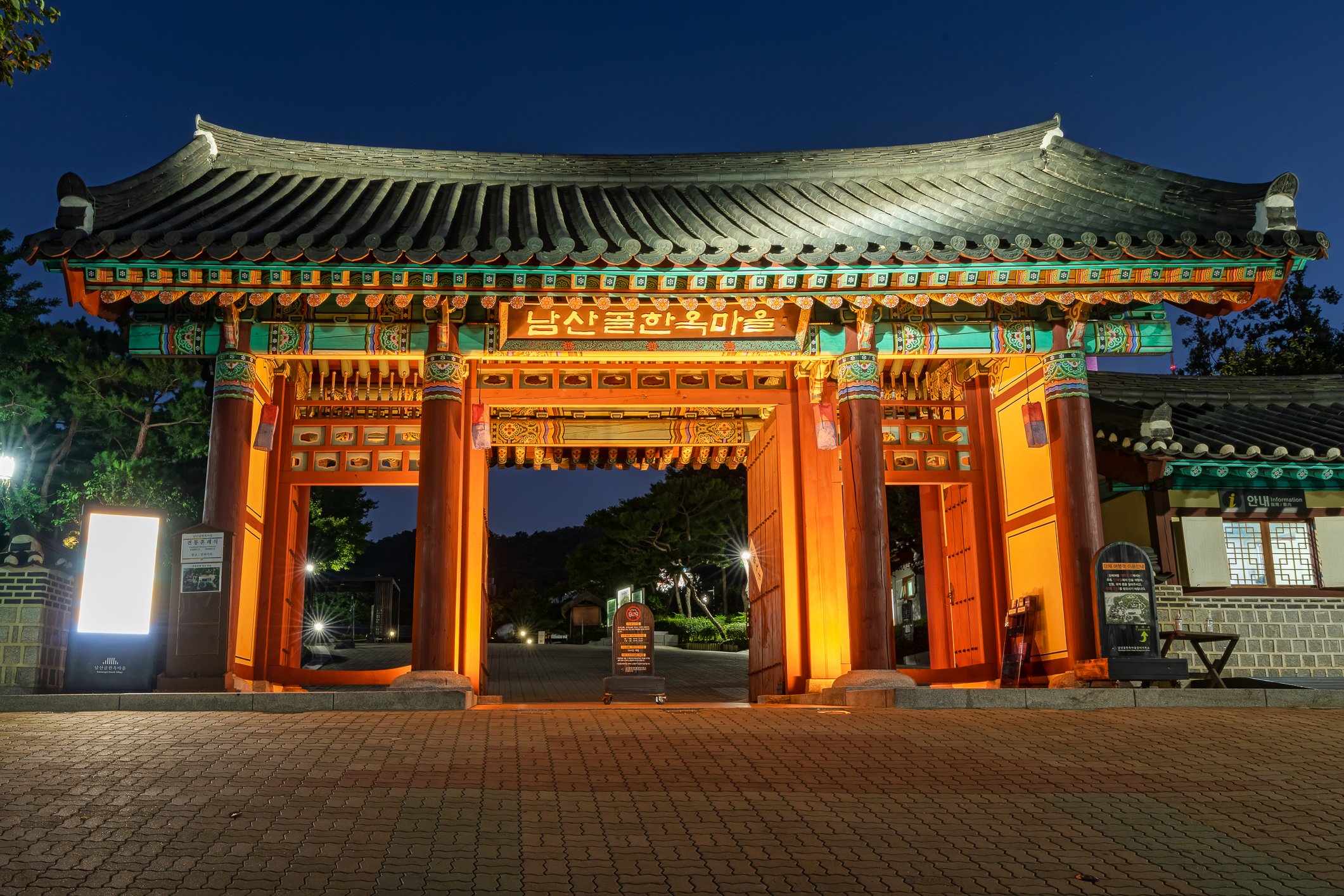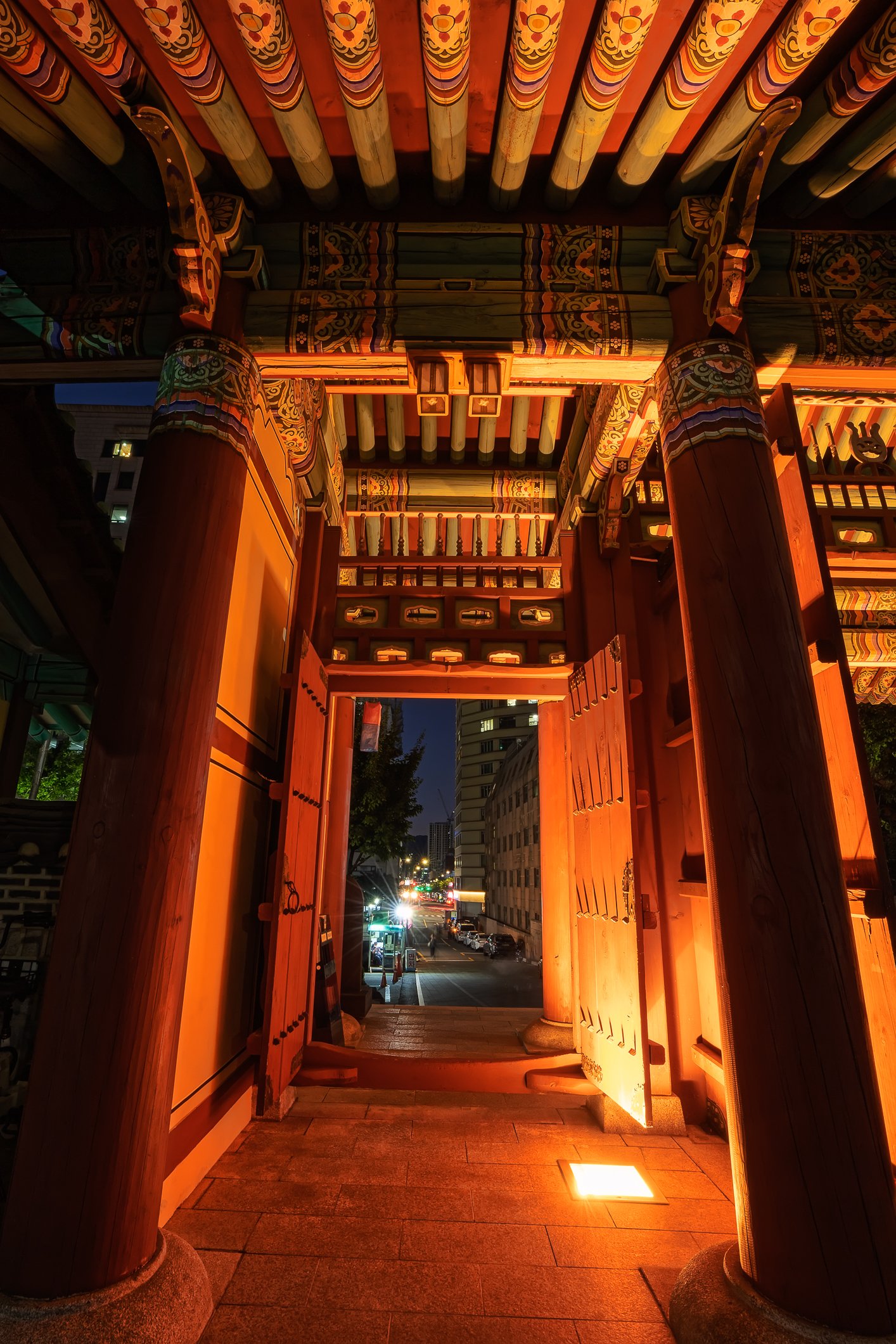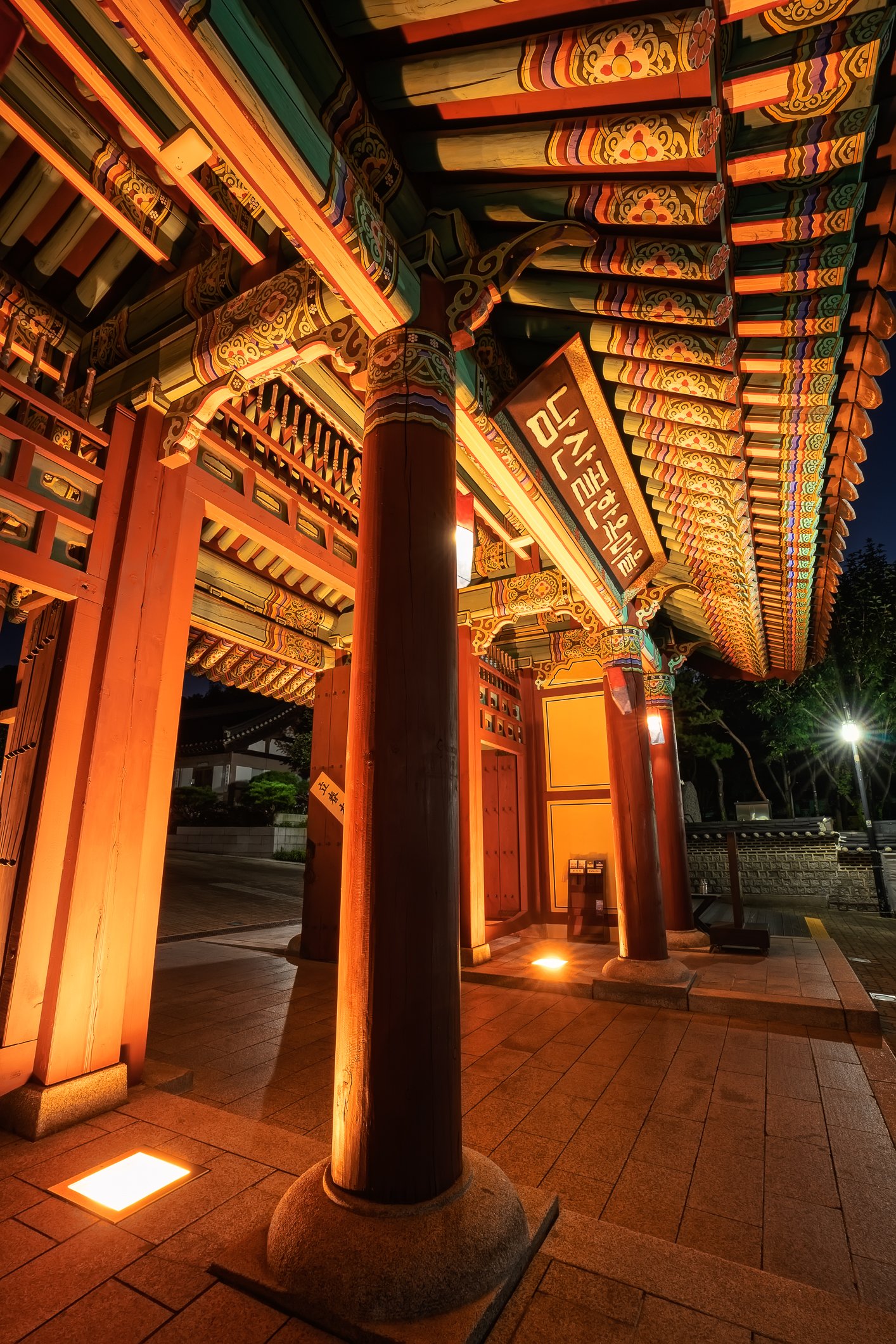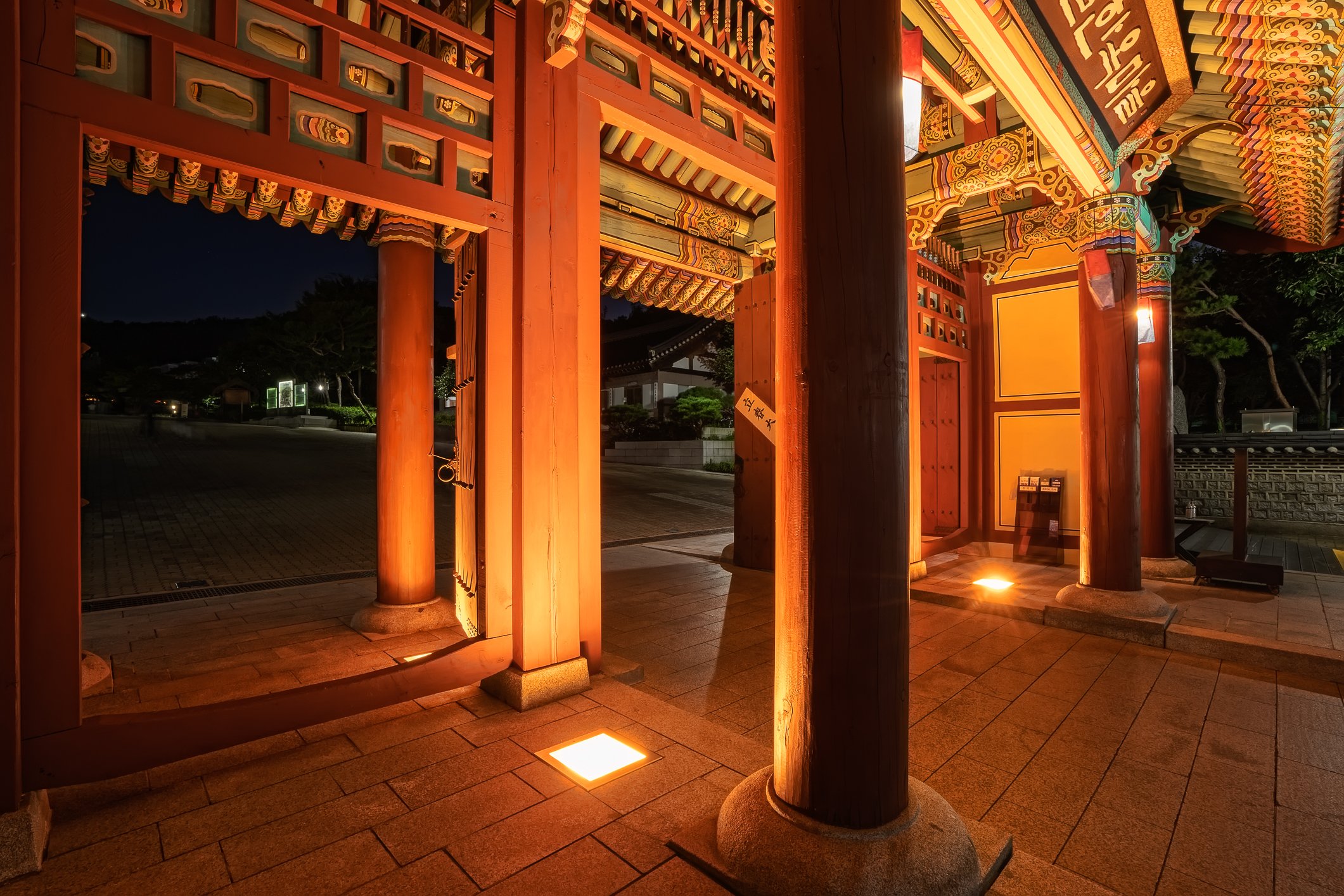Huynu takes us then to the Gyeongbokgung Palace, the main royal palace of the Joseon dynasty. Built way back in 1395, it was the royal family’s home and the hub of government activity. Over the years, it steadily expanded until it was sadly reduced to ashes during the Japanese invasion in 1592. What followed was a long 273 years of neglect before the palace got a major facelift in 1867.
When they restored it, they went all out, creating a maze of 330 buildings! Inside the palace walls, were the Outer Court where the king and state officials had their offices, and the Inner Court, which was the royal family’s living quarters, complete with beautiful gardens for some leisurely relaxing. The palace complex also housed other palaces, both big and small, like Junggung (the Queen's residence) and Donggung (the Crown Prince's digs).
Fast forward to the early 20th century, when the palace took another hit during the Japanese occupation. In 1915, over 90% of the buildings were demolished, leaving just a few iconic structures standing, such as the Throne Hall and Gyeonghoeru Pavilion. Lucky for us, restoration efforts have been in full swing since 1990, bringing this historical gem back to life!
We start our visit from the Gwanghwamun (광화문), the main and largest gate of the palace. The latest renovation was all about restoring it to its original wooden construction while keeping everything historically accurate. The royal changing of the guard ceremony is held in front of the main gate every hour from 10:00 to 14:00.
Huynu zabiera nas następnie do Pałacu Gyeongbokgung, głównego pałacu królewskiego dynastii Joseon. Zbudowany w 1395 roku, był on rezydencją rodziny królewskiej i centrum działalności rządowej. Przez lata stale się rozrastał, aż do momentu, gdy podczas japońskiej inwazji w 1592 roku został niestety całkowicie zniszczony. Potem nastąpiły długie 273 lata zaniedbania, zanim pałac przeszedł gruntowny lifting w 1867 roku.
Odbudowa poszla z rozmachem dając w efekcie labirynt 330 budynków! Wewnątrz murów pałacu znajdował się Dziedziniec Zewnętrzny, gdzie król i urzędnicy państwowi mieli swoje biura, oraz Dziedziniec Wewnętrzny, który był kwaterą mieszkalną rodziny królewskiej, z pięknymi ogrodami, w których można było się zrelaksować.
Kompleks pałacowy mieścił również inne pałace, zarówno duże, jak i małe, takie jak Junggung (rezydencja królowej) i Donggung (siedziba następcy tronu).
Na początku XX wieku pałac został ponownie zniszczony podczas okupacji japońskiej. W 1915 roku ponad 90% budynków zostało zburzonych, pozostawiając jedynie kilka kultowych budowli, takich jak Sala Tronowa i Pawilon Gyeonghoeru.
Na szczęście dla potomnych, prace renowacyjne trwają pełną parą od 1990 roku, przywracając życie temu historycznemu kompleksowi.
Naszą wizytę zaczynamy od Gwanghwamun (광화문), głównej i największej bramy pałacu. Ostatni remont polegał na przywróceniu jepierwotnej drewnianej konstrukcji, przy jednoczesnym zachowaniu historycznej dokładności. Przez tą bramą co godzinę, od 10:00 do 15:00, odbywa się ceremonia zmiany warty.
Next up is Heungnyemun (흥례문), the second gate of the palace. Unfortunately, this gate was taken down during the 20th century, but brought back to life as part of the massive restoration project that took place from 2001 to 2021. Now, it stands proudly again, welcoming visitors and adding to the palace's rich history.
Finally, we pass the Geunjeongmun (근정문), the third gate.
Następna jest Heungnyemun (흥례문), druga brama pałacu. Niestety, brama ta została zniszczona w XX wieku, ale przywrócono ją w ramach ogromnego projektu renowacji, który miał miejsce w latach 2001–2021.
Na koniec mijamy Geunjeongmun (근정문), trzecią bramę.
Geunjeongjeon Hall (근정전), is the throne hall where the king formally granted audiences to his officials, made major national announcements, and welcomed foreign envoys and ambassadors during the Joseon dynasty. The entrance to this hall is divided into three separate aisles, and only the king got to stroll through the center one. The current structure was built in 1867 as part of the palace’s big restoration.
Geunjeongjeon is mainly made of wood and sits right in the middle of a spacious rectangular courtyard, elevated on a two-tiered stone platform. The stone-paved courtyard features two rows of rank stones called pumgyeseok (품계석), which show where court officials should stand based on their rank.
Inside the hall, the focus is all on the king's elevated throne, designed to showcase his royal dignity. Behind the throne is the iconic Joseon royal screen adorned with symbols like the sun and moon, five mountains, and pine trees. And here’s a fun fact: there’s even a hidden door in the screen for the king’s private entrance! Oh, and let’s not forget the ceiling, which features a pair of majestic seven-clawed dragons, adding to the hall’s grandeur.
Geunjeongjeon Hall (근정전) to sala tronowa, w której król formalnie udzielał audiencji swoim urzędnikom, składał ważne oświadczenia narodowe i witał zagranicznych posłów i ambasadorów w czasach dynastii Joseon. Wejście do tej sali jest podzielone na trzy oddzielne nawy i tylko król mógł używac środkowej z nich.
Obecna konstrukcja została zbudowana w 1867 roku w ramach wielkiej renowacji pałacu. Geunjeongjeon jest wykonany głównie z drewna i znajduje się dokładnie pośrodku przestronnego prostokątnego dziedzińca, wzniesionego na dwupoziomowej kamiennej platformie. Kamienny dziedziniec ma dwa rzędy kamieni rangi zwanych pumgyeseok (품계석), które pokazują, gdzie powinni stać urzędnicy dworscy w zależności od ich rangi.
Wewnątrz sali cała uwaga skupiona jest na podwyższonym tronie króla. Za tronem znajduje się wielki parawan ozdobiony symbolami, takimi jak słońce i księżyc, pięć gór i sosny. W tym parawanie ukryte są drzwi, którymi król wchodził na tron. Na suficie,znajduje się para majestatycznych smoków.
And finally, we arrive at the beautiful Gyeonghoeru Pavilion (경회루), a stunning hall that was the venue for important state banquets during the Joseon Dynasty. The current version of this pavilion was built in 1867 and sits on an island in an artificial rectangular lake that measures 128 x 113 meters. This impressive wooden structure is elevated on 48 massive stone pillars, giving it a regal appearance. There are three elegant stone bridges linking the pavilion to the palace grounds.
I w końcu docieramy w okolice pięknego Pawilonu Gyeonghoeru (경회루), w którym odbywały się ważne bankiety państwowe w czasach dynastii Joseon. Obecna wersja tego pawilonu została zbudowana w 1867 roku i znajduje się na wyspie na sztucznym, prostokątnym jeziorze o długości 128 metrów i szerokości 113 metrów. Imponująca drewniana konstrukcja pawilonu opiera się na 48 masywnych kamiennych filarach. Pawilon z terenem pałacowym łączą trzy eleganckie kamienne mosty.




























